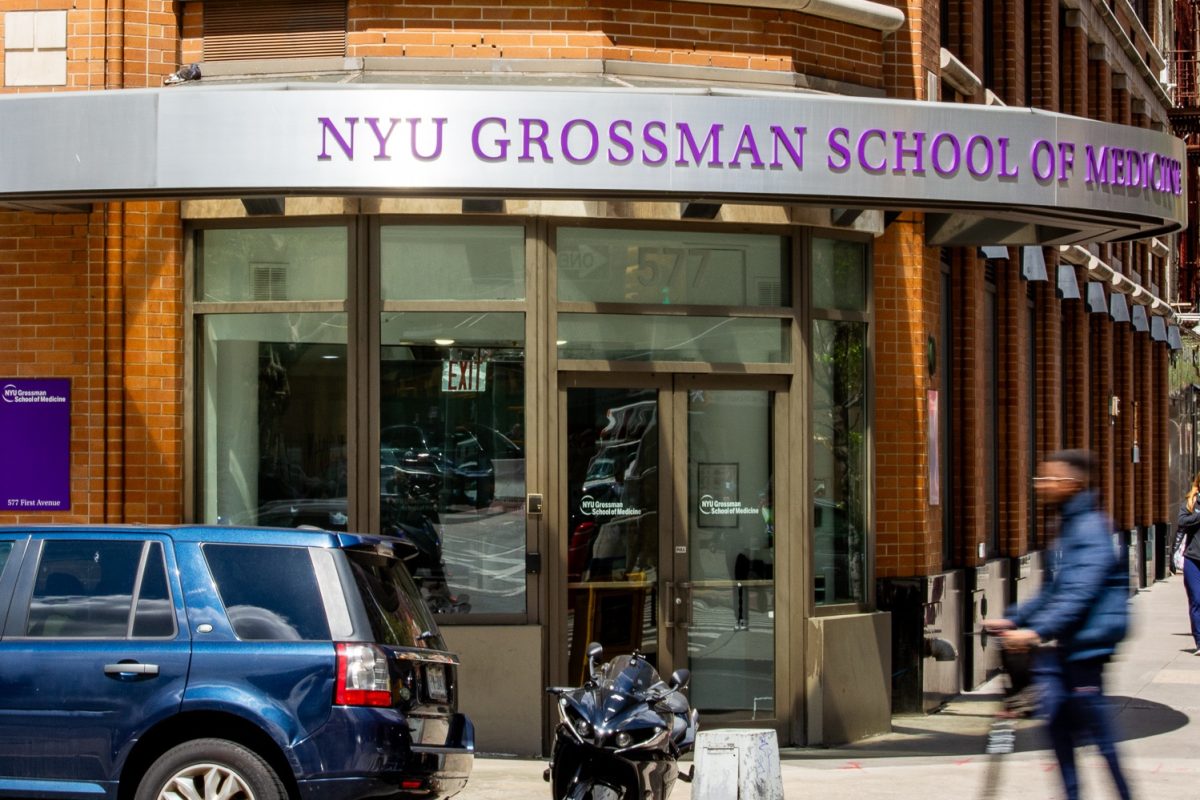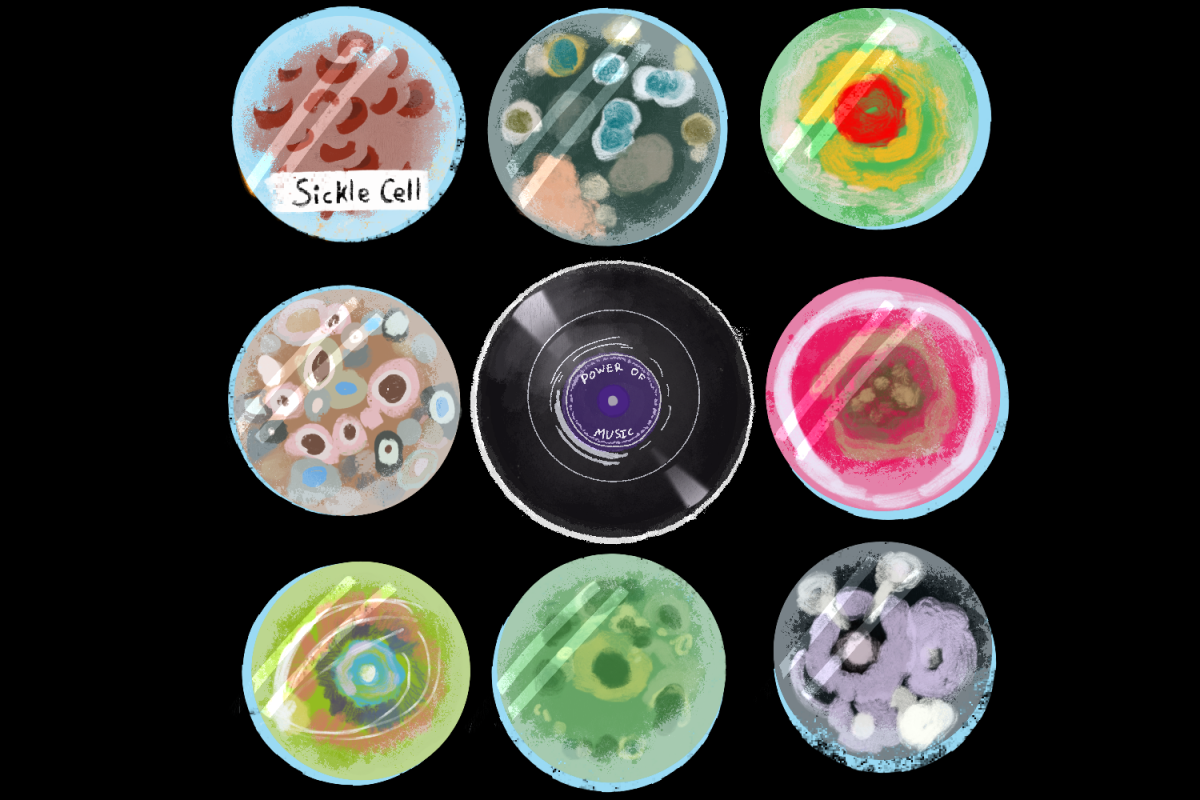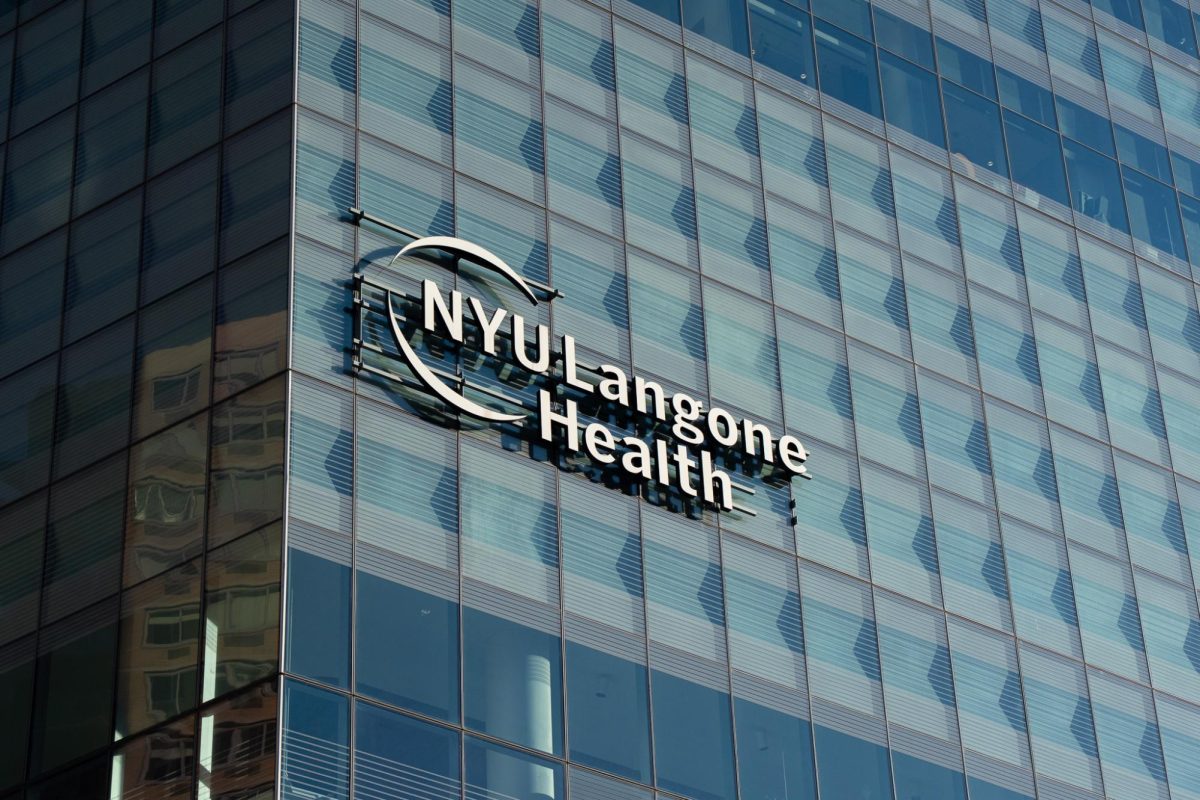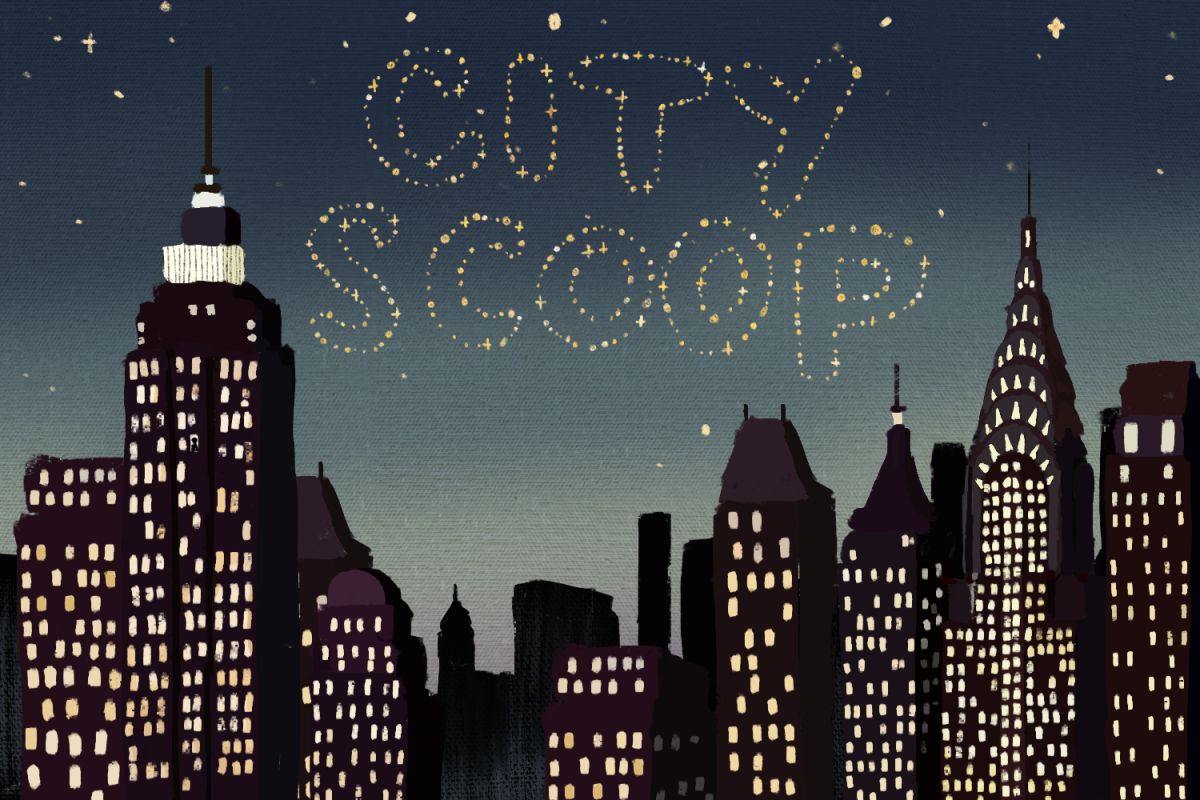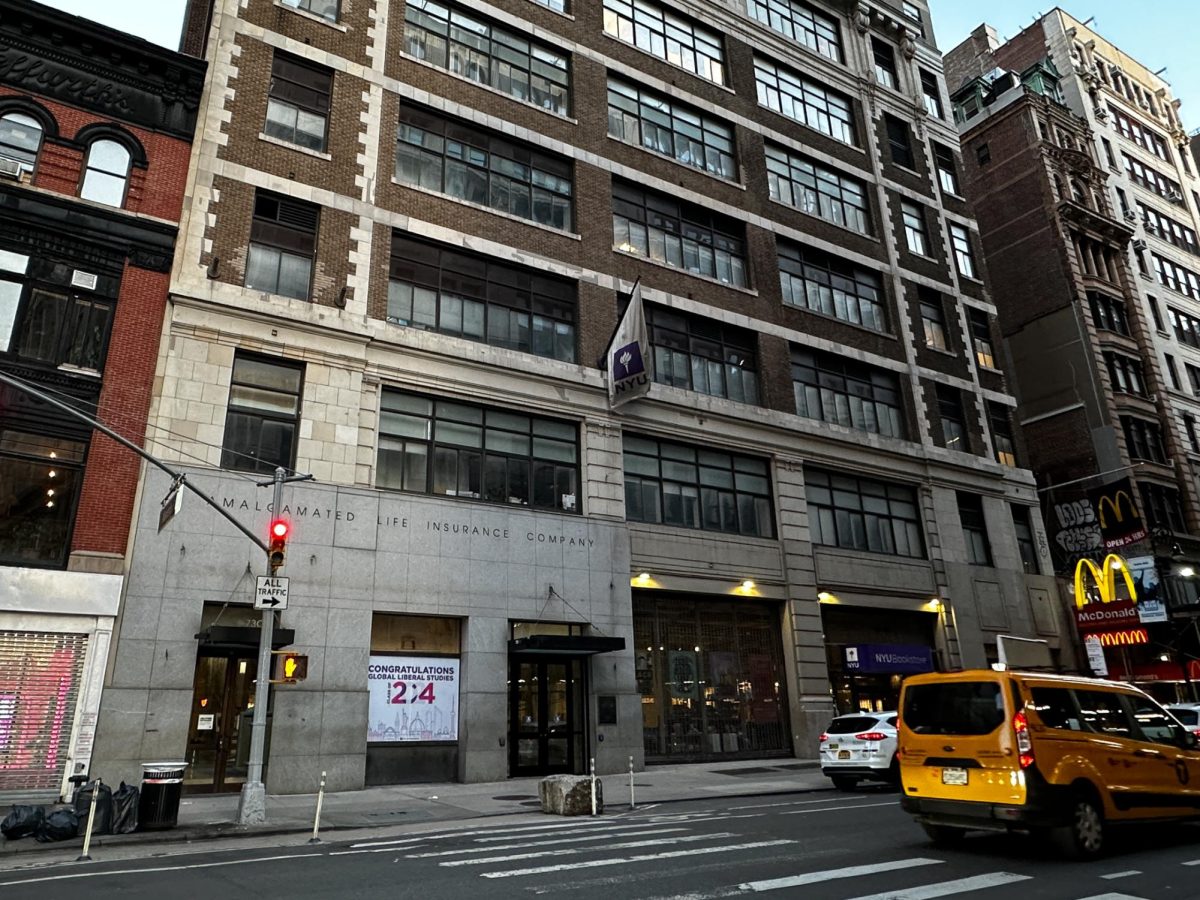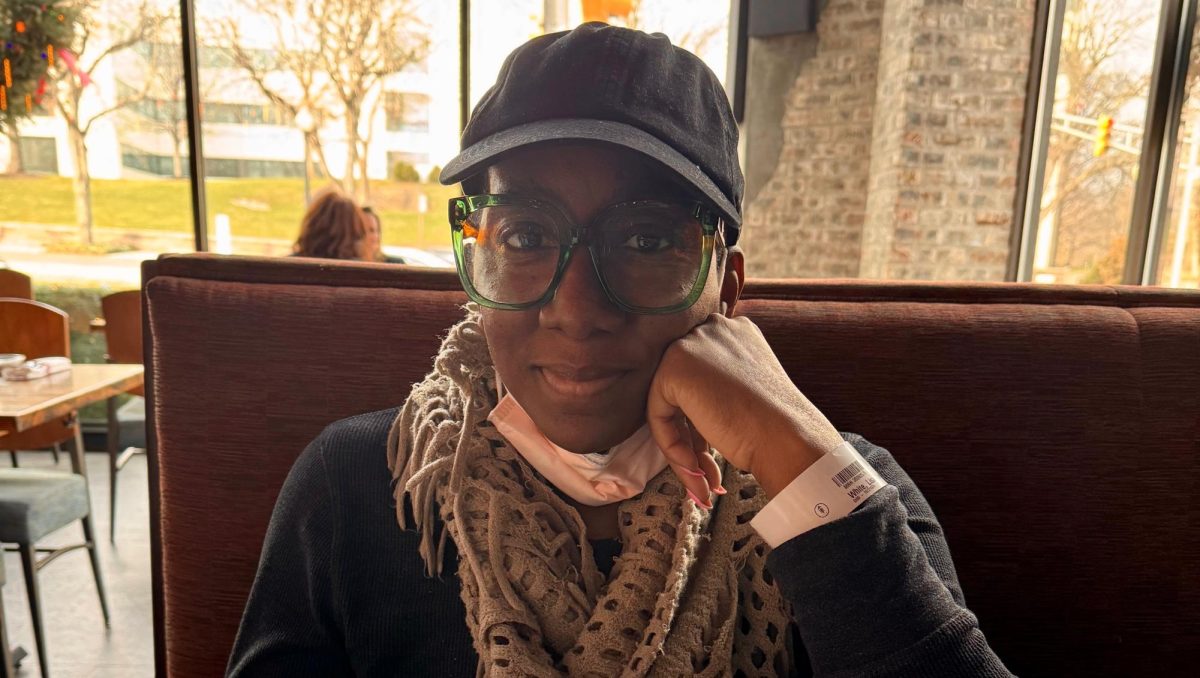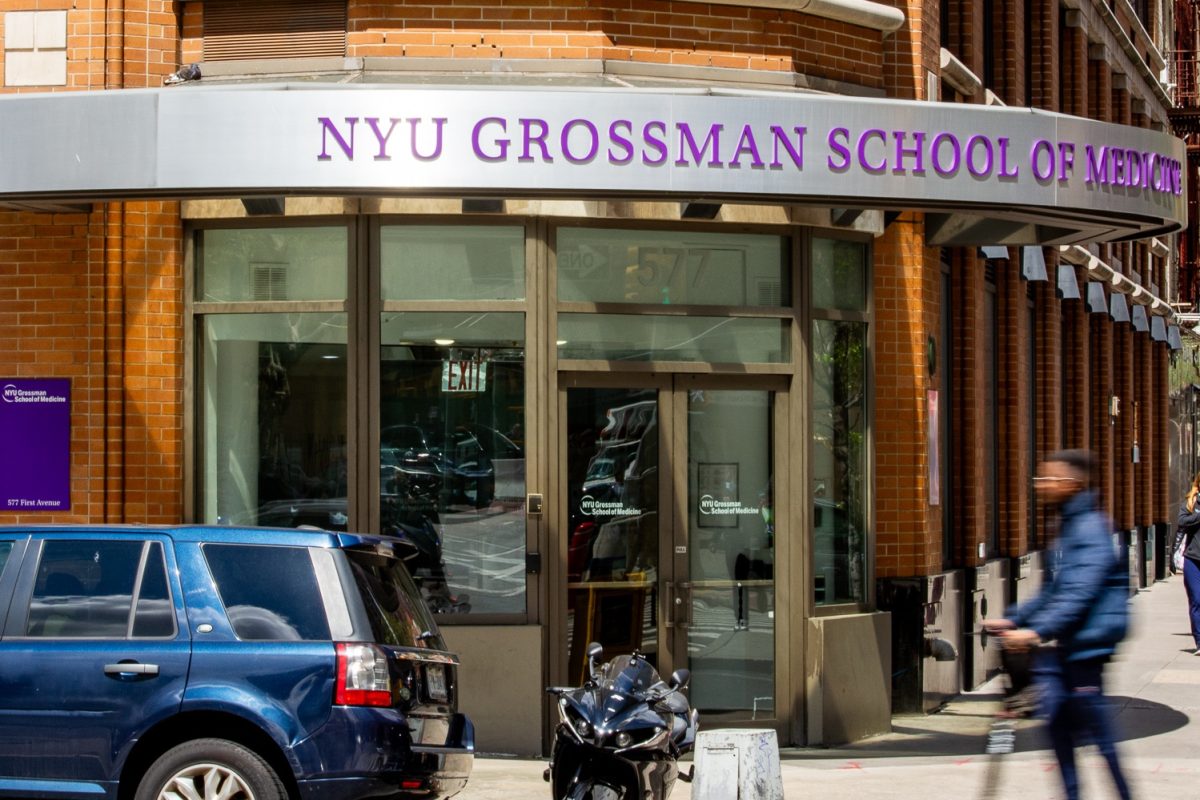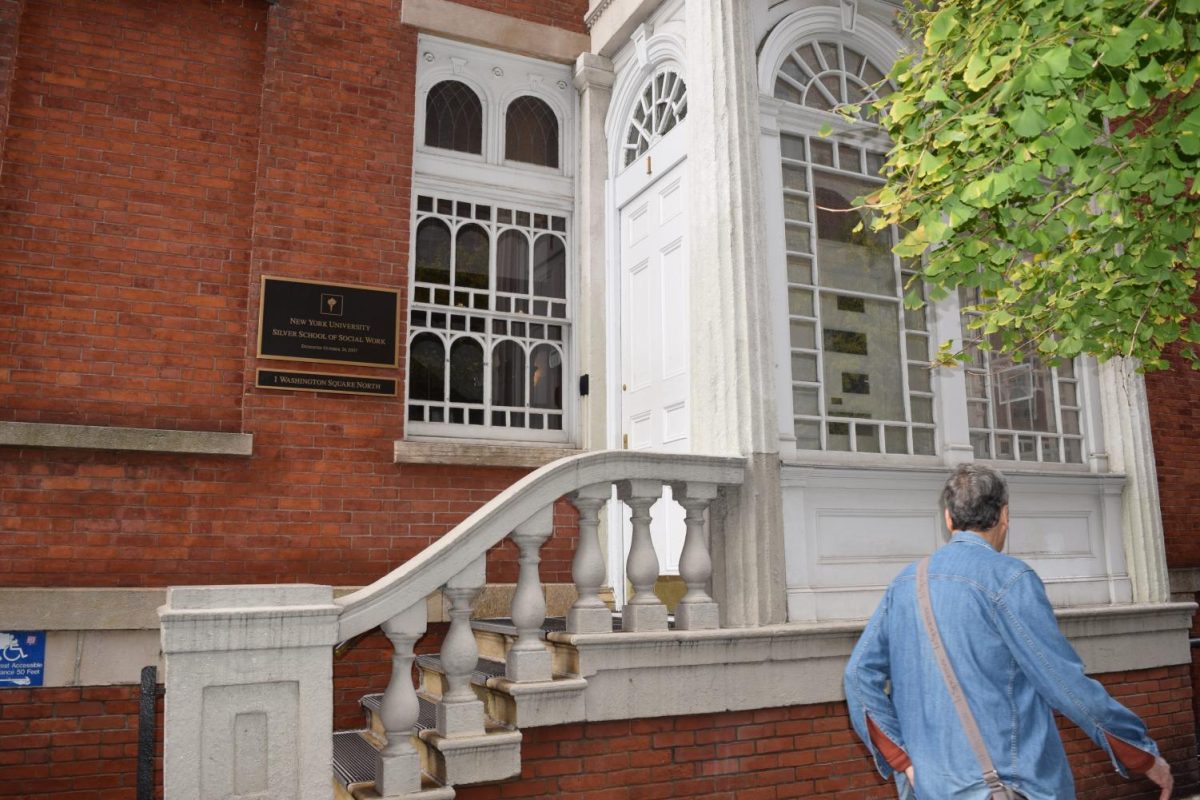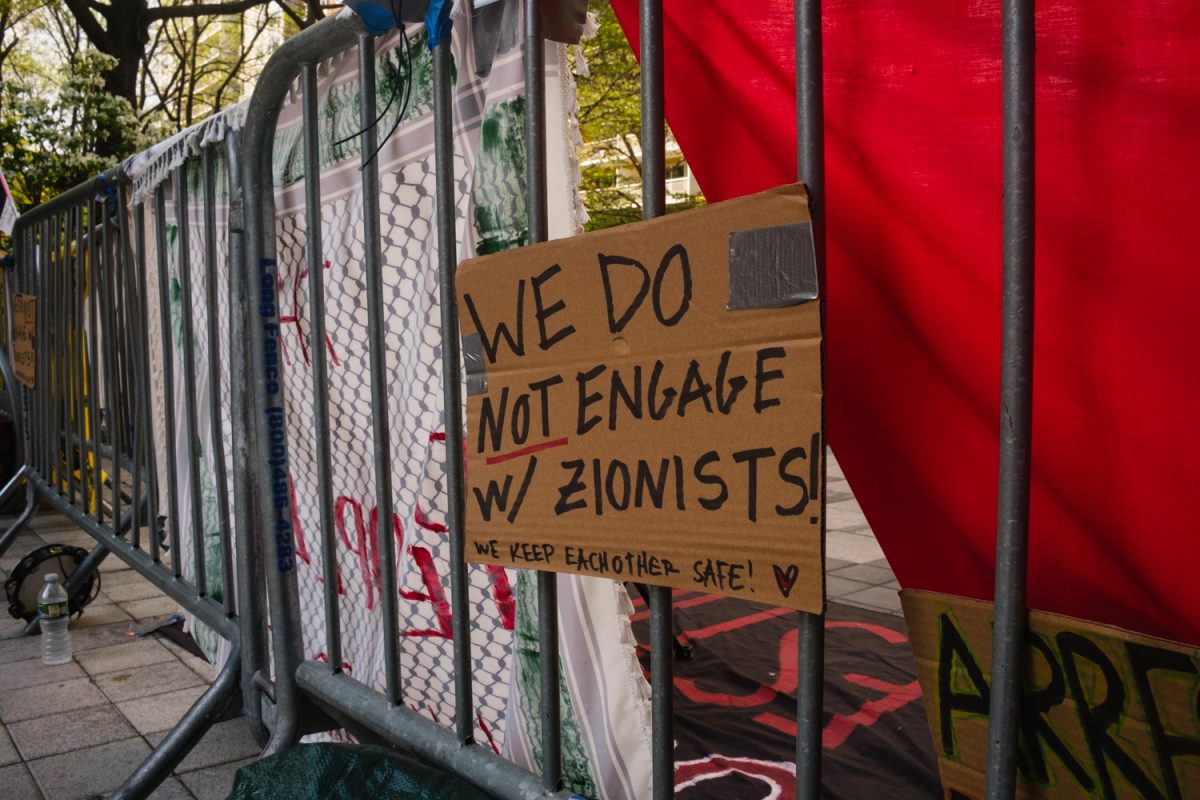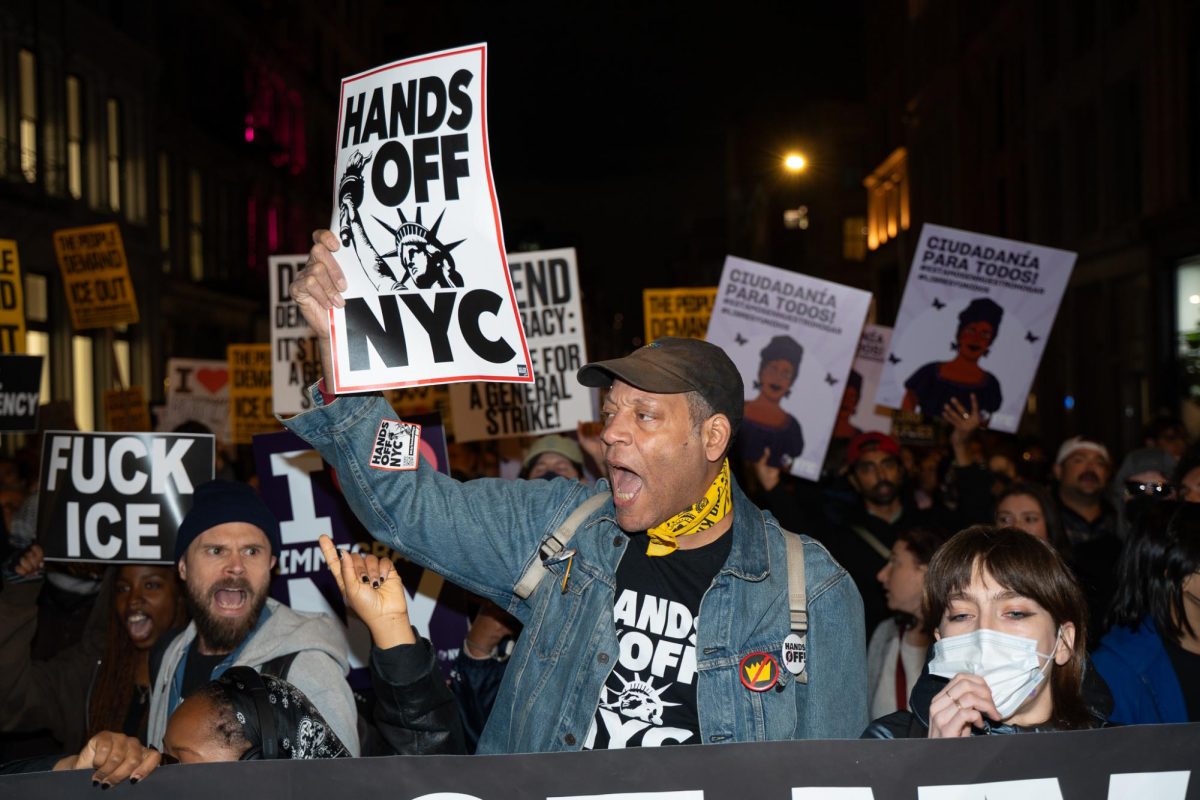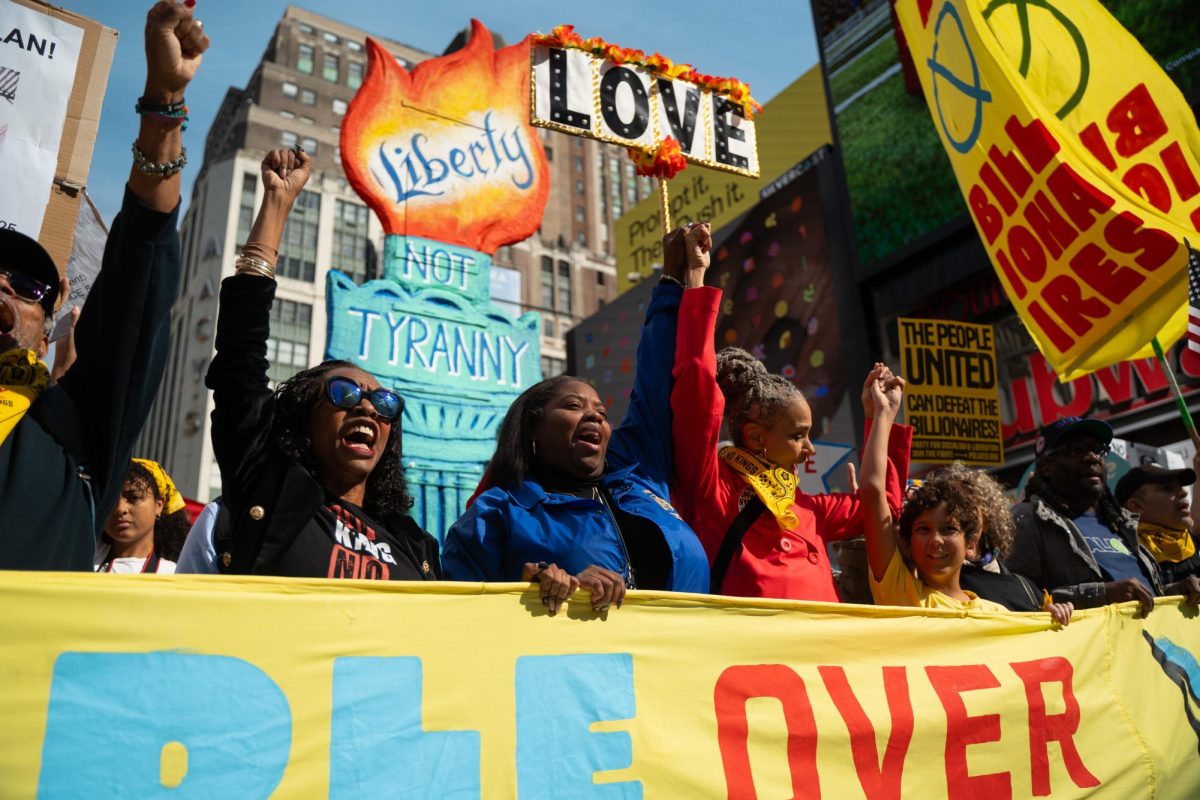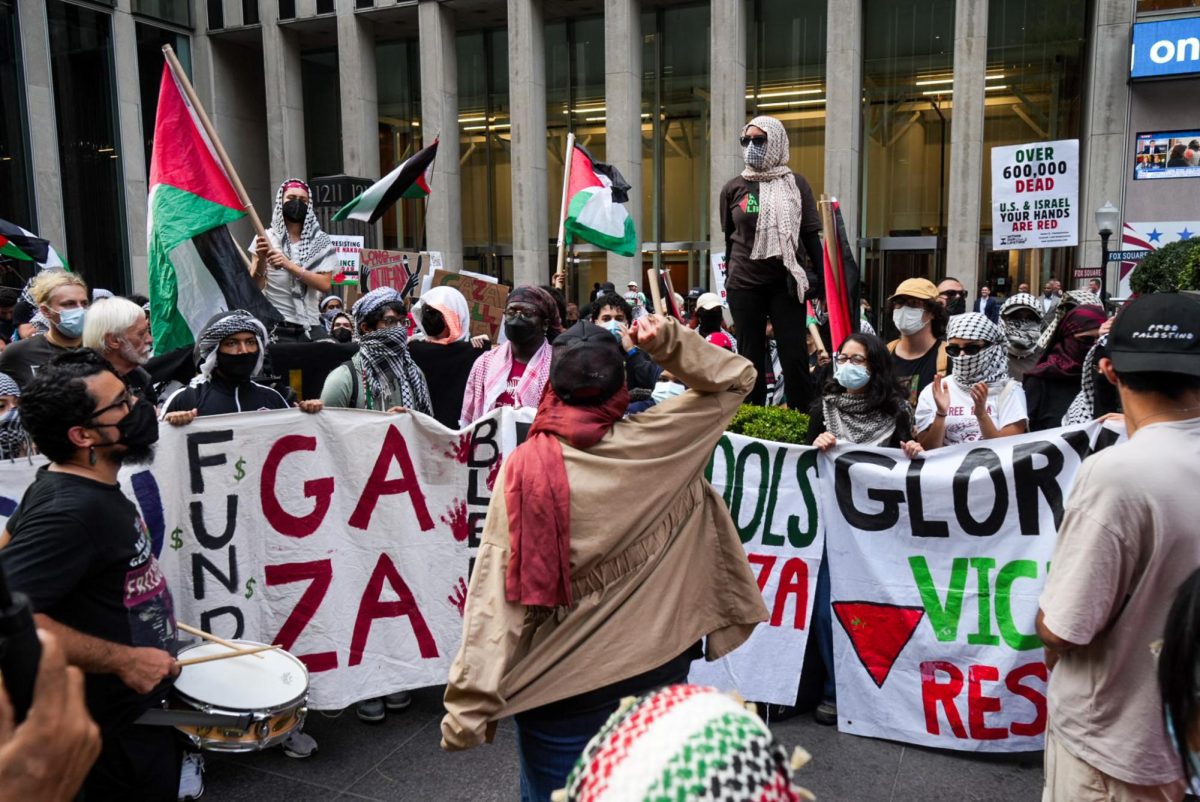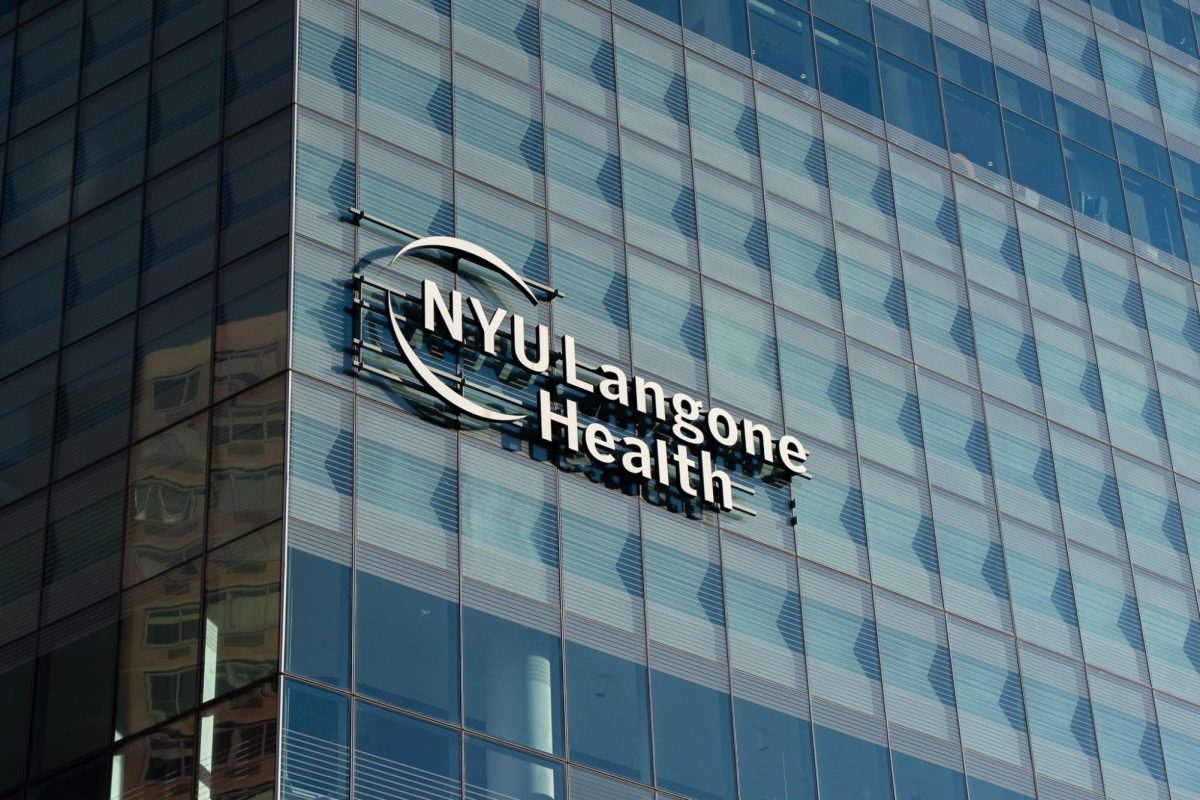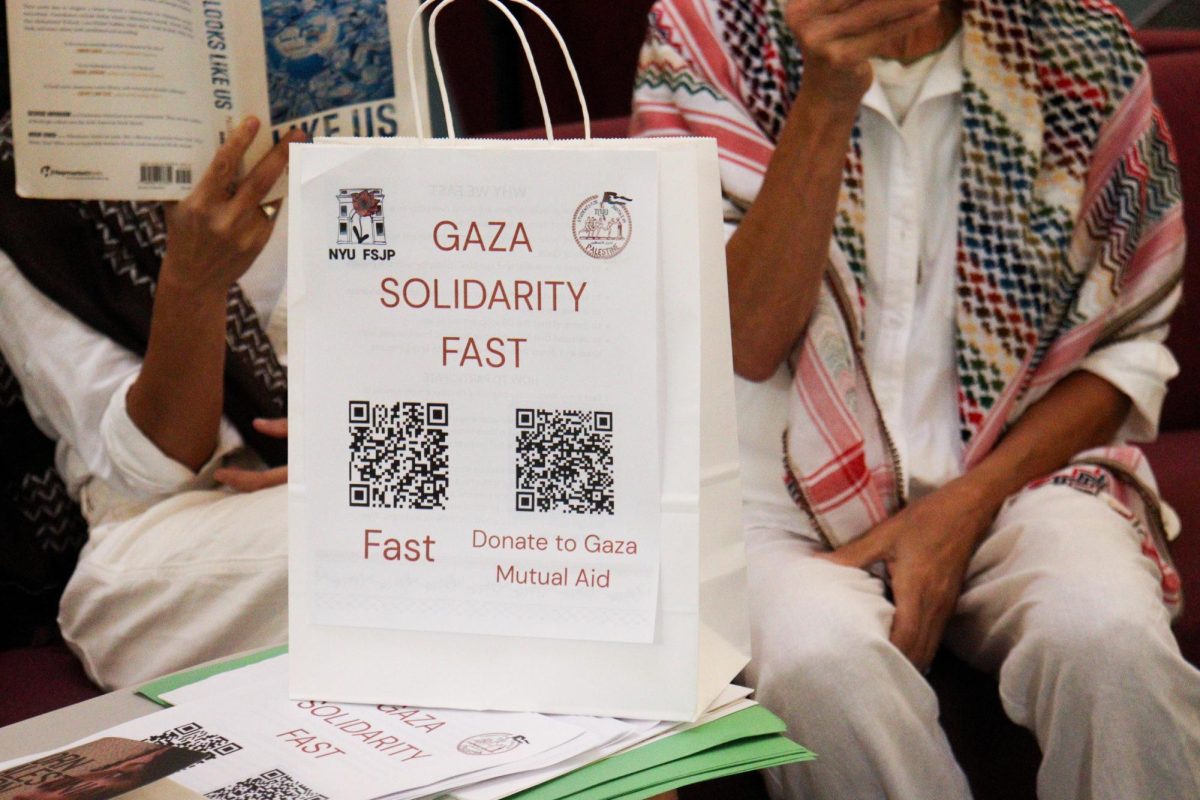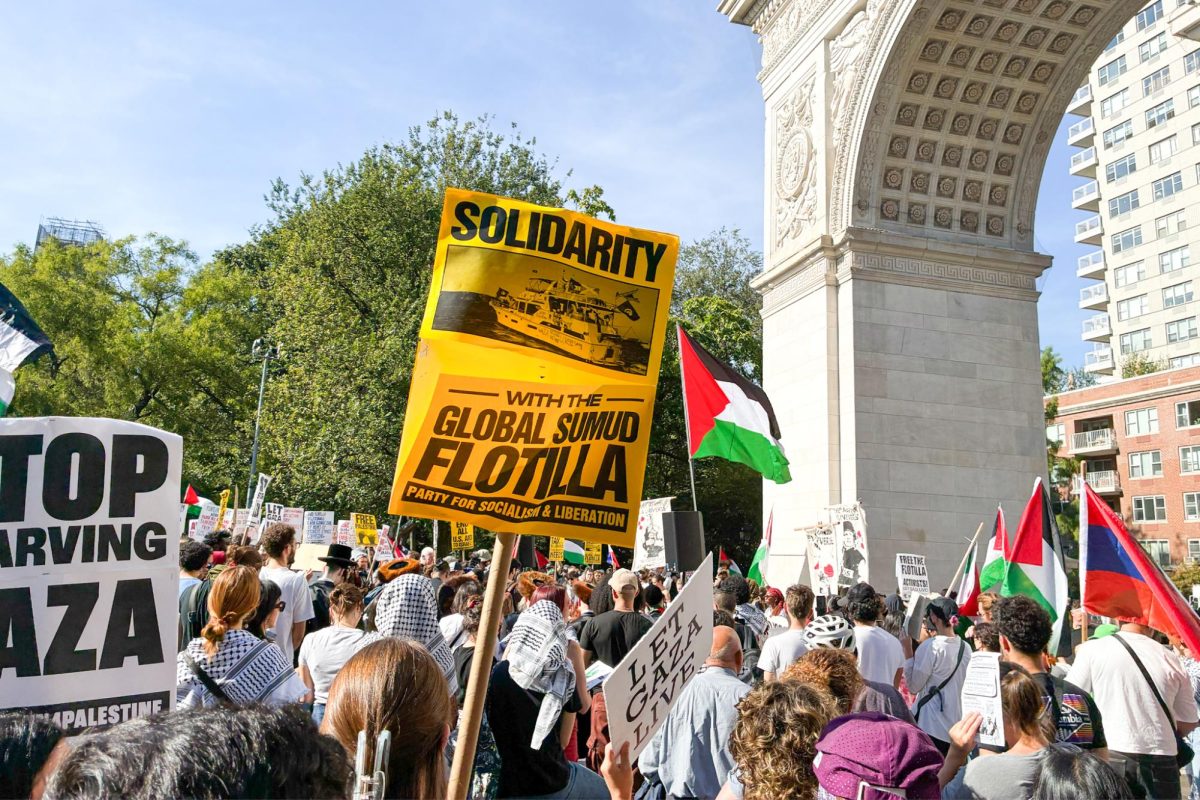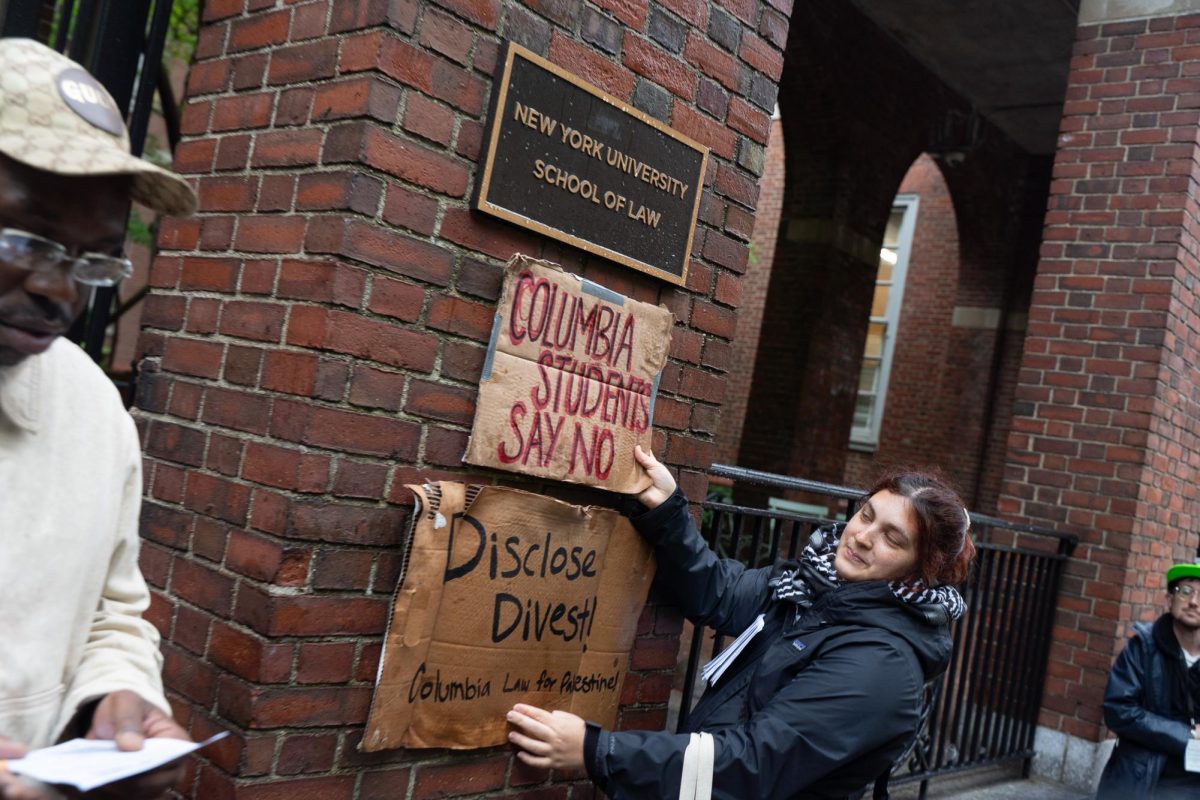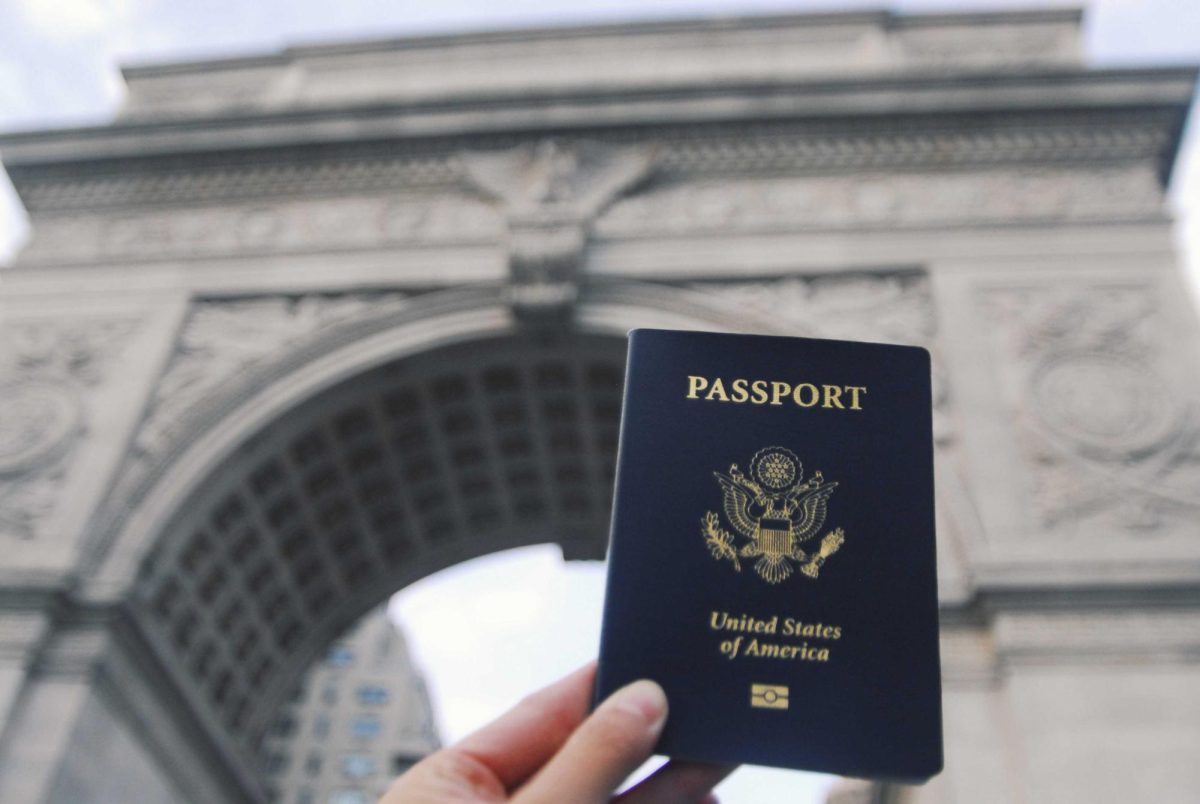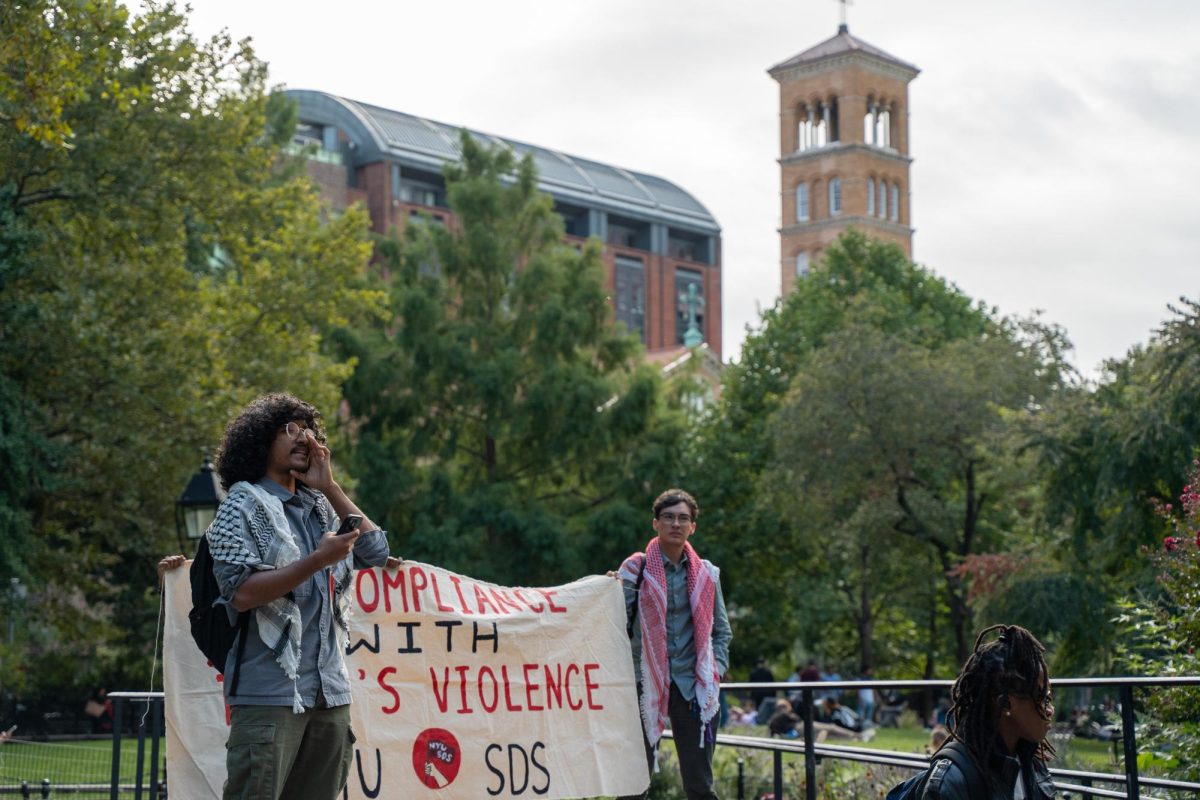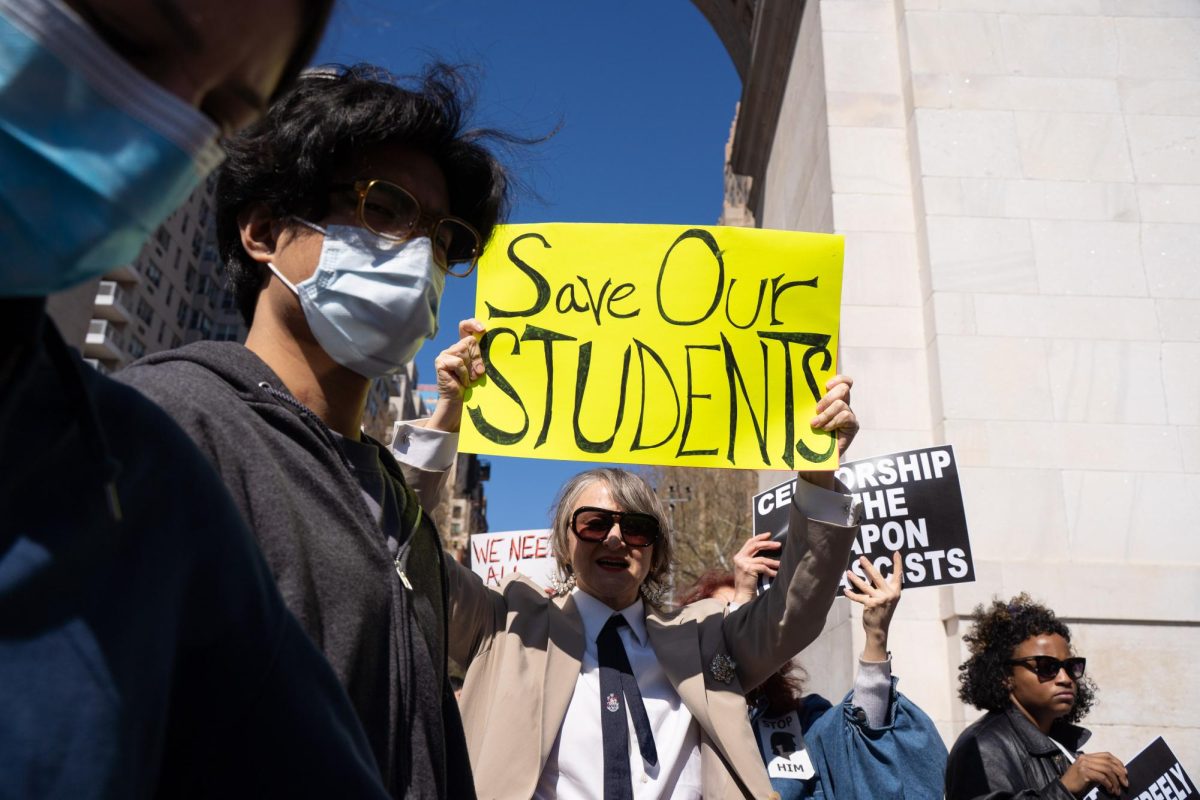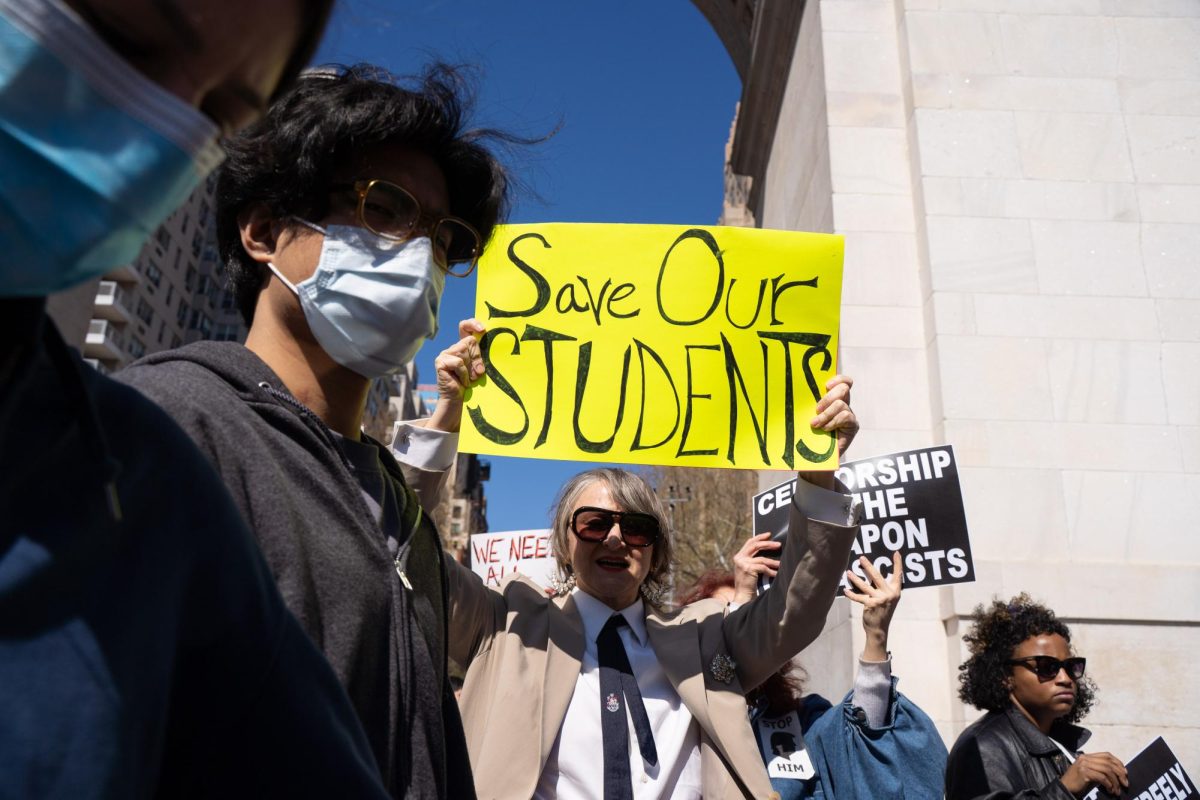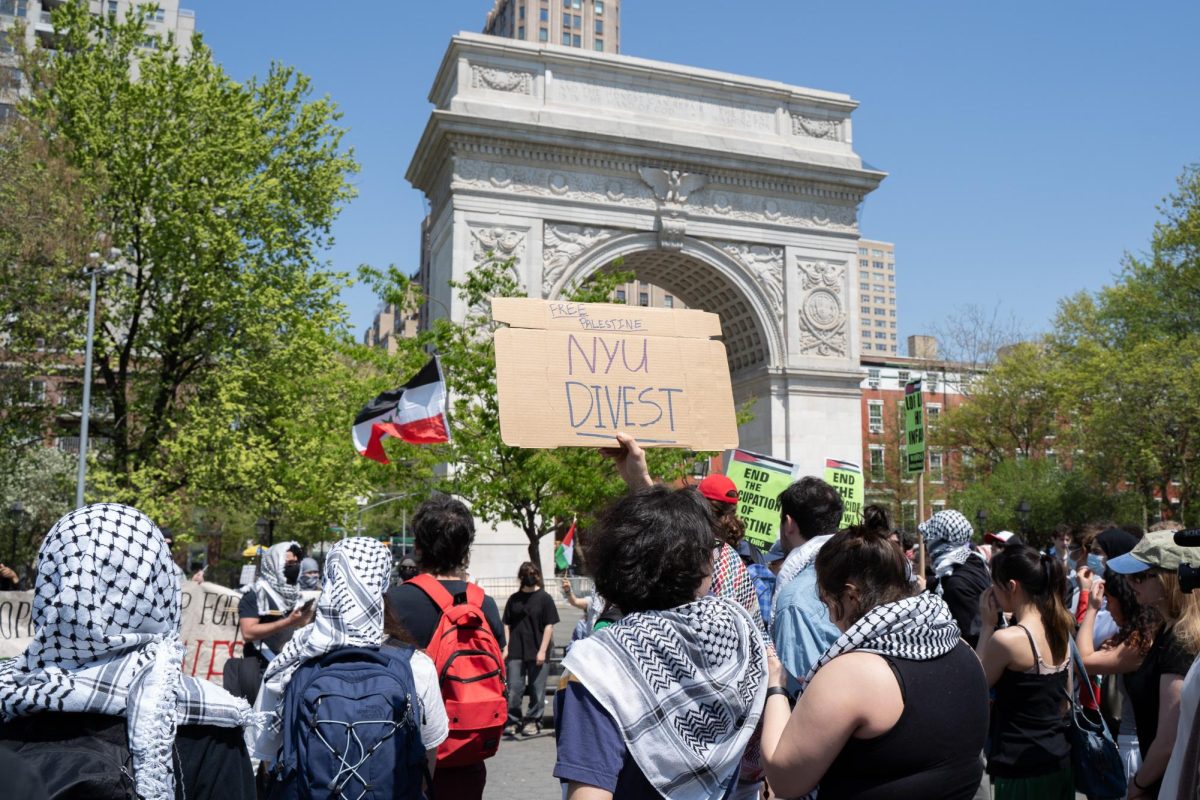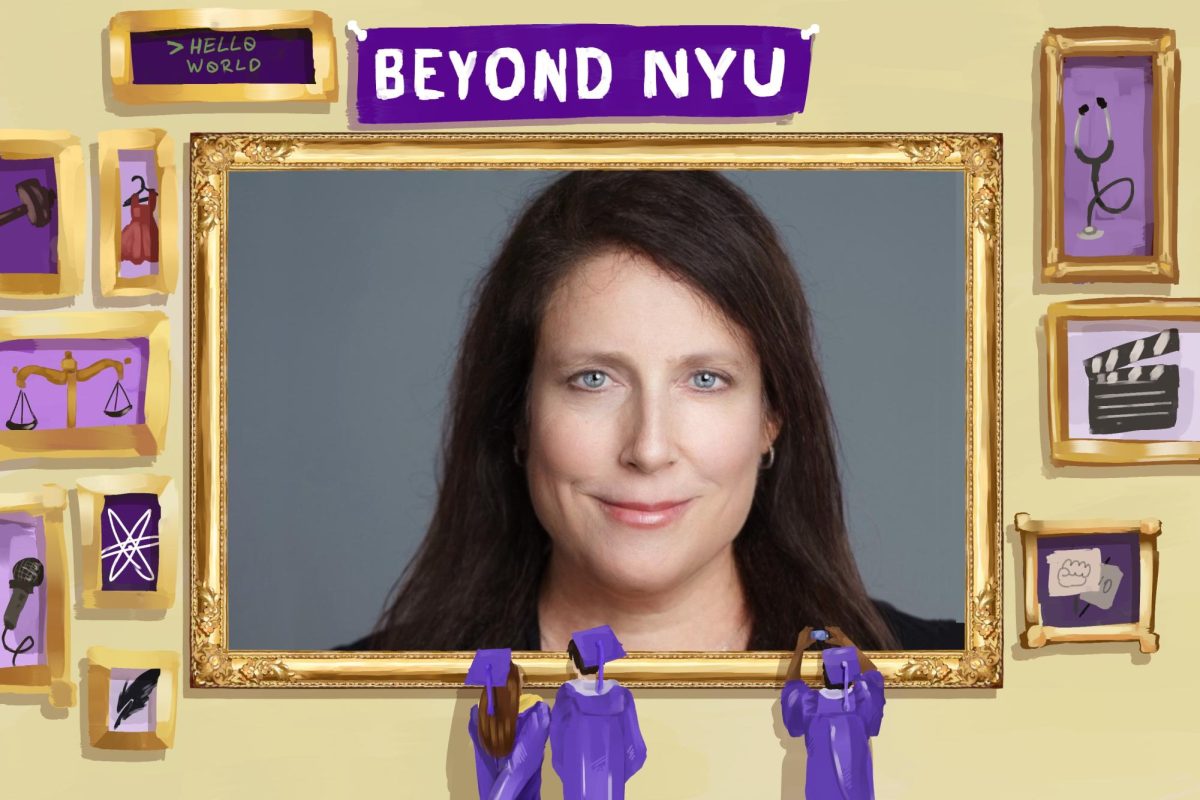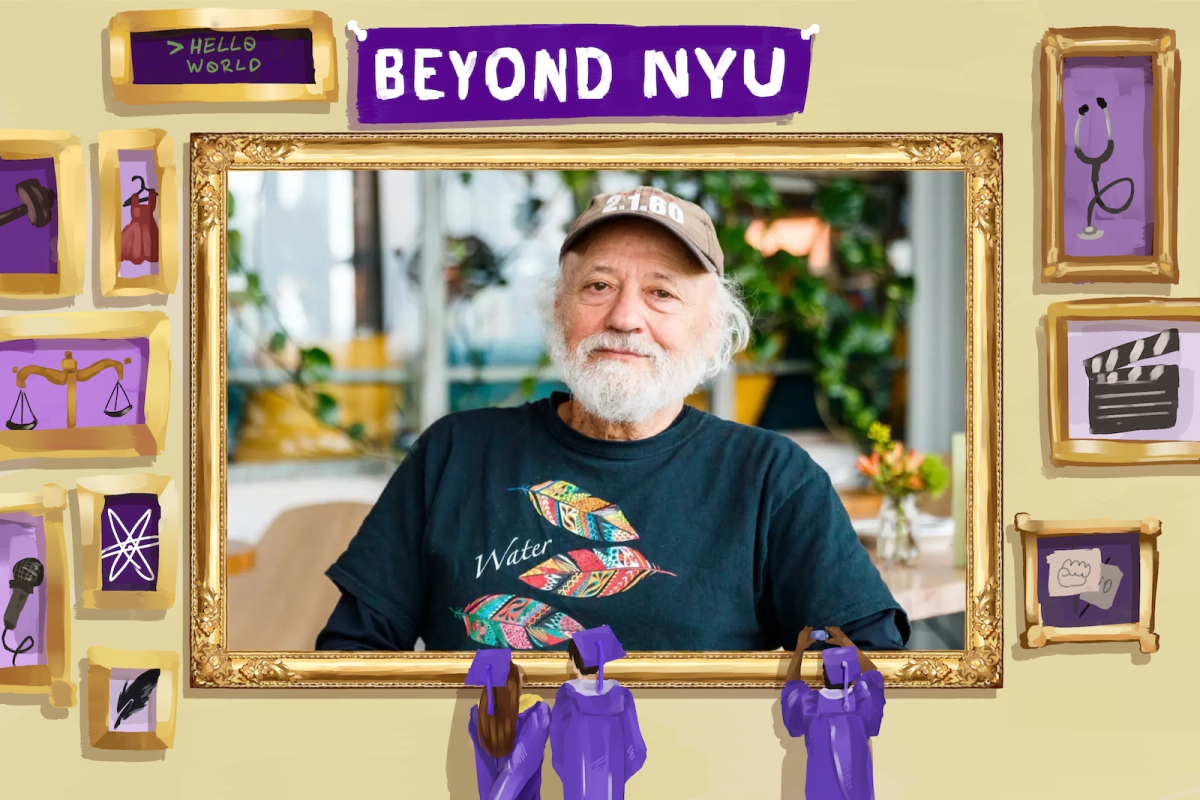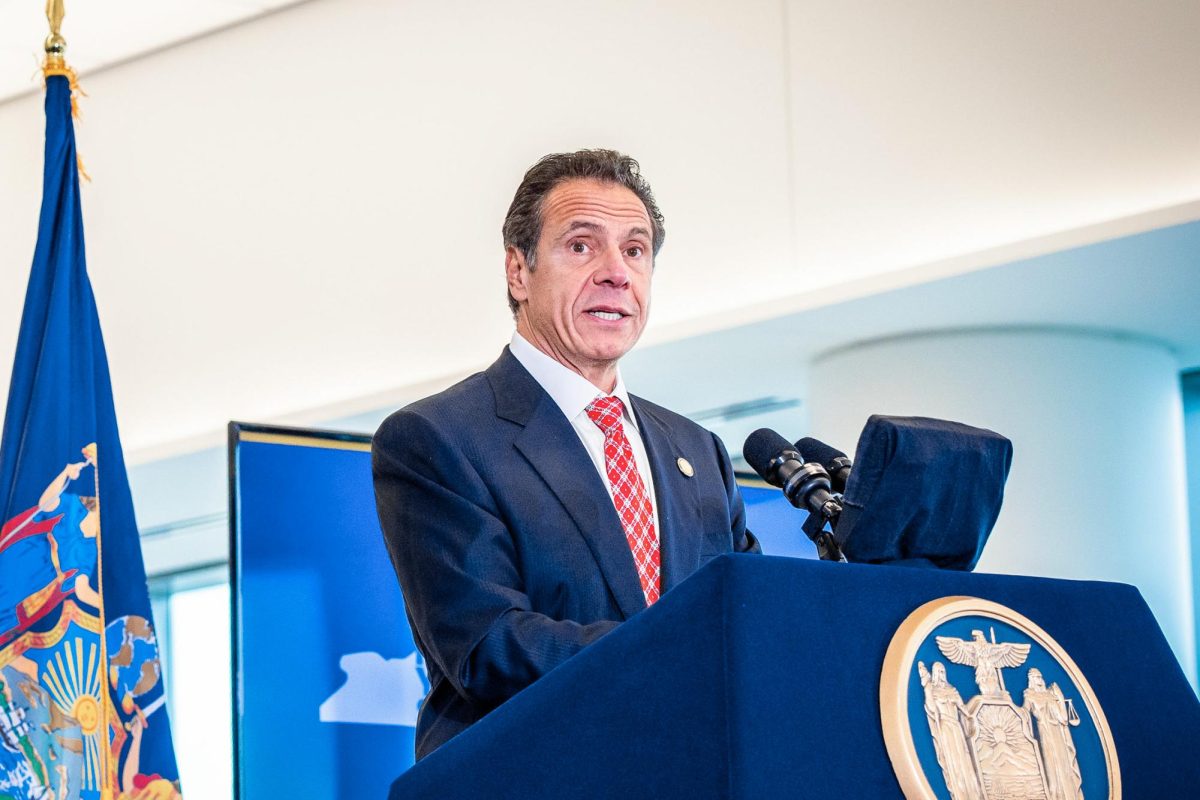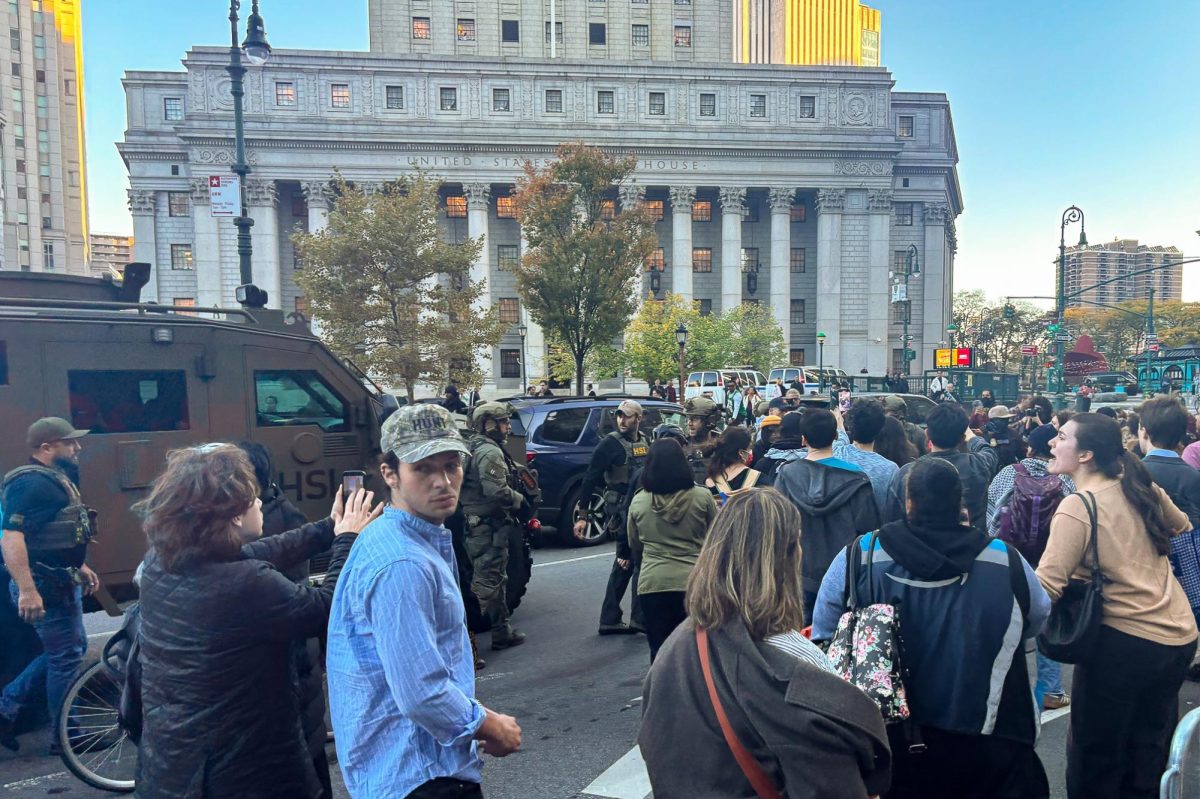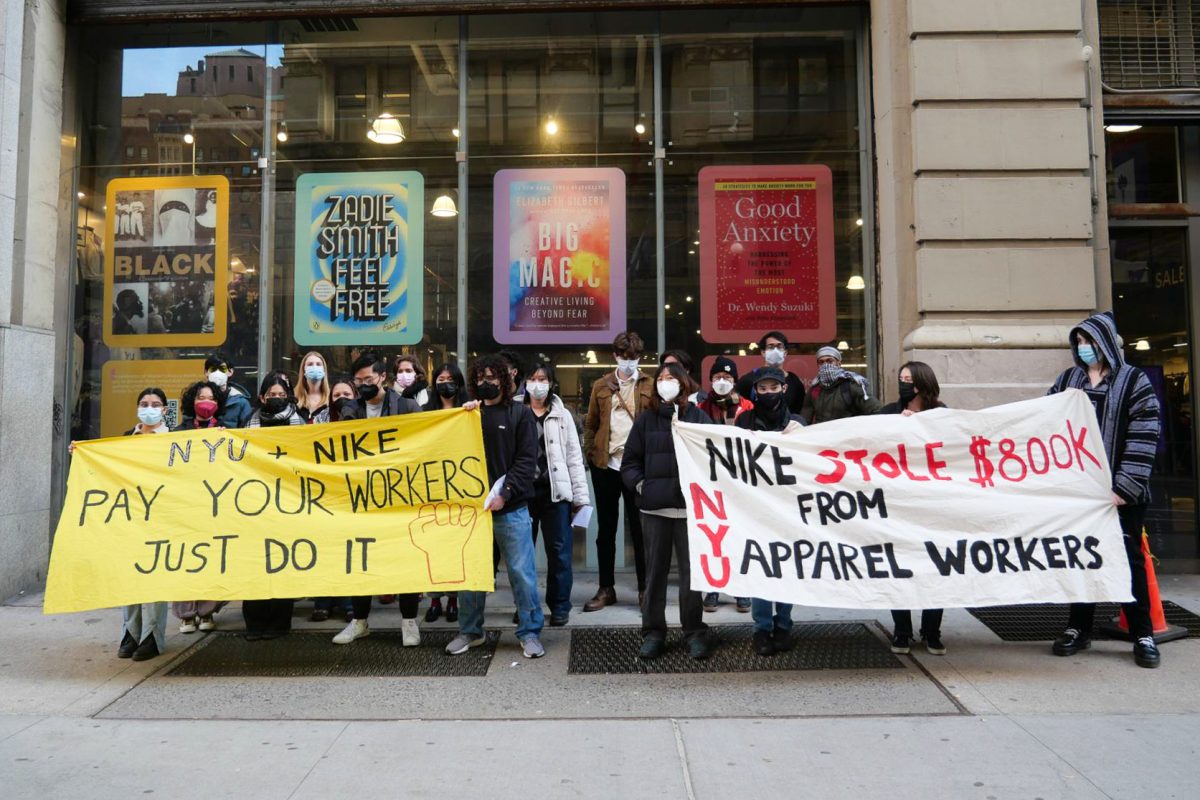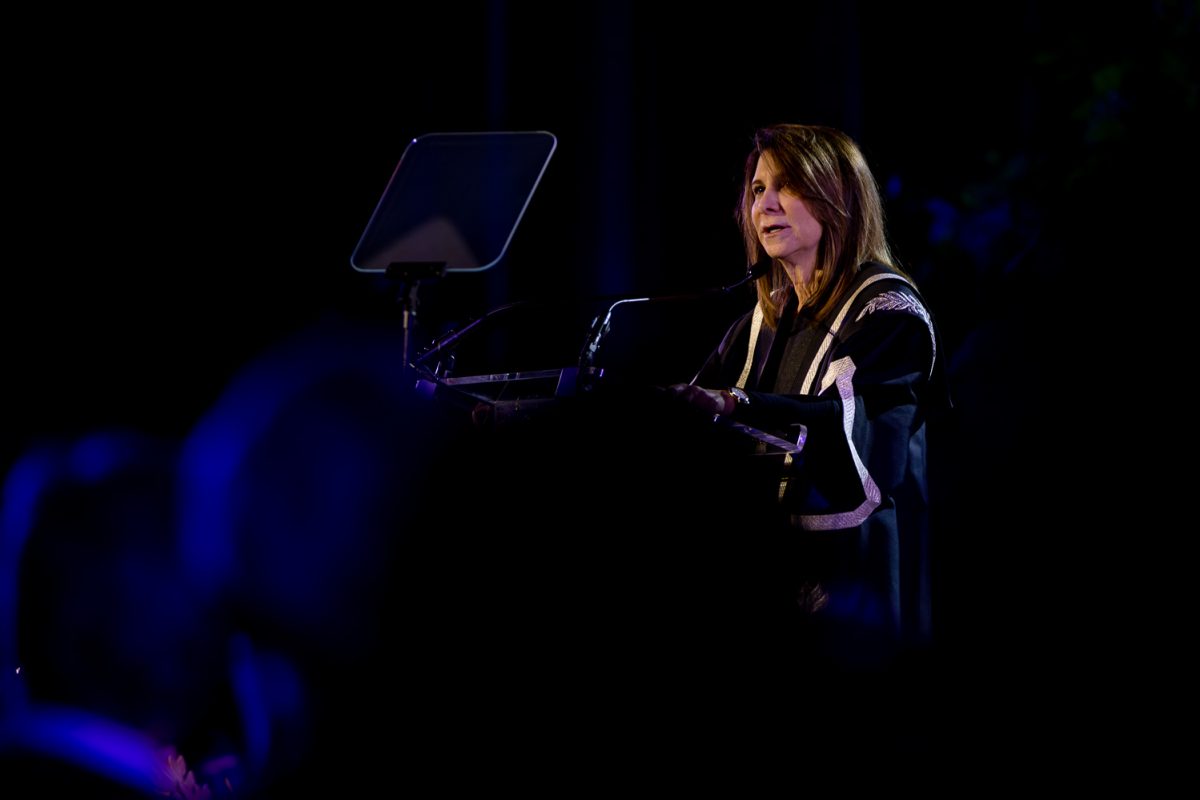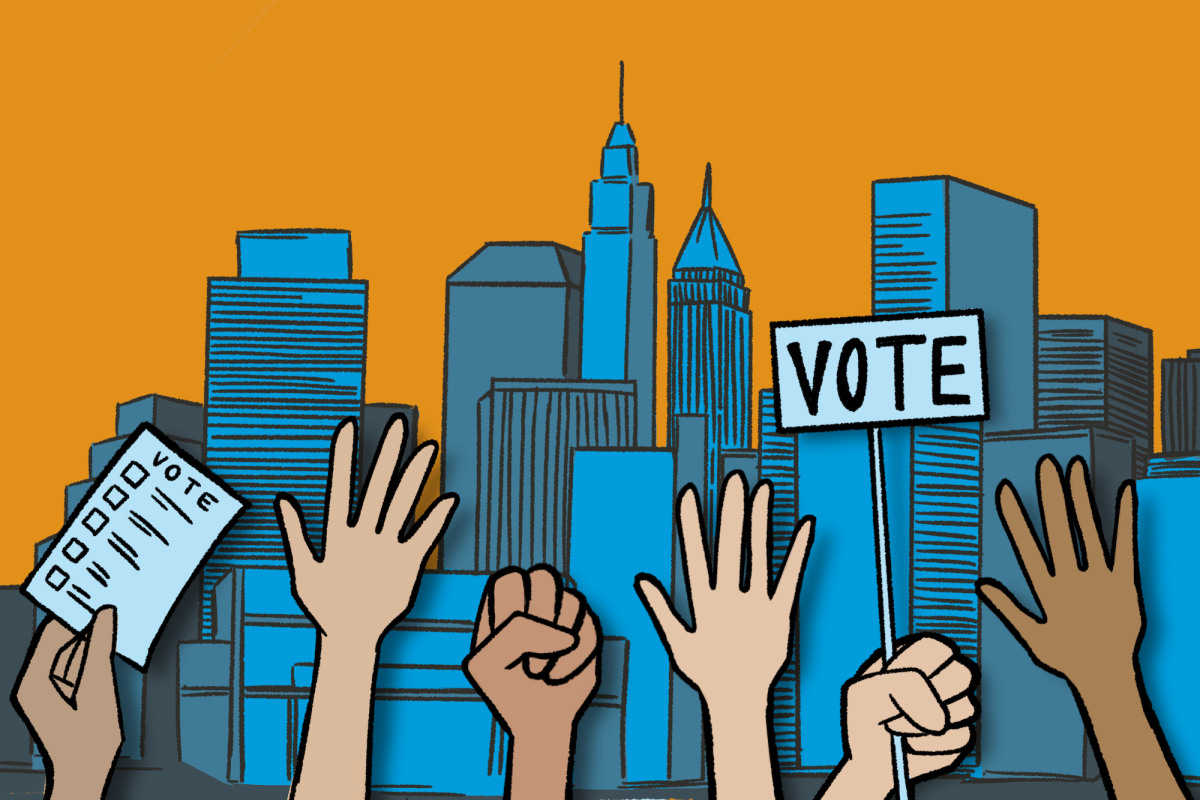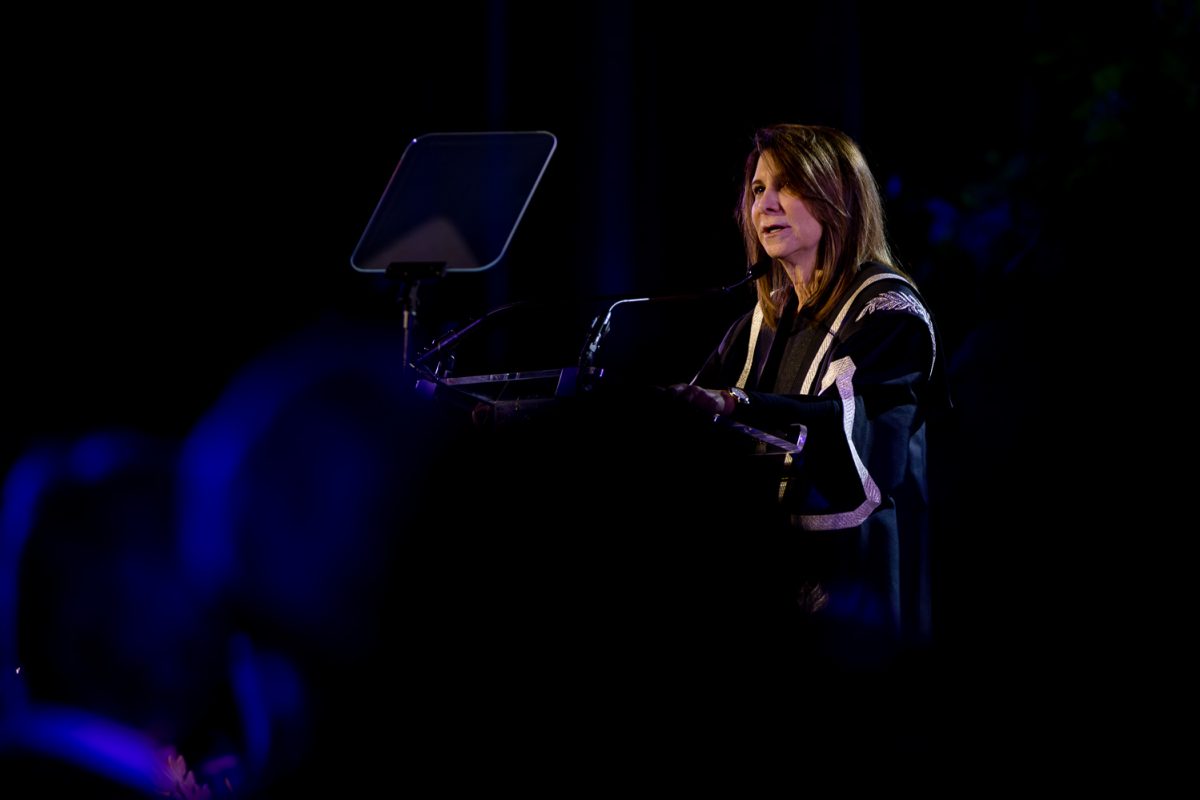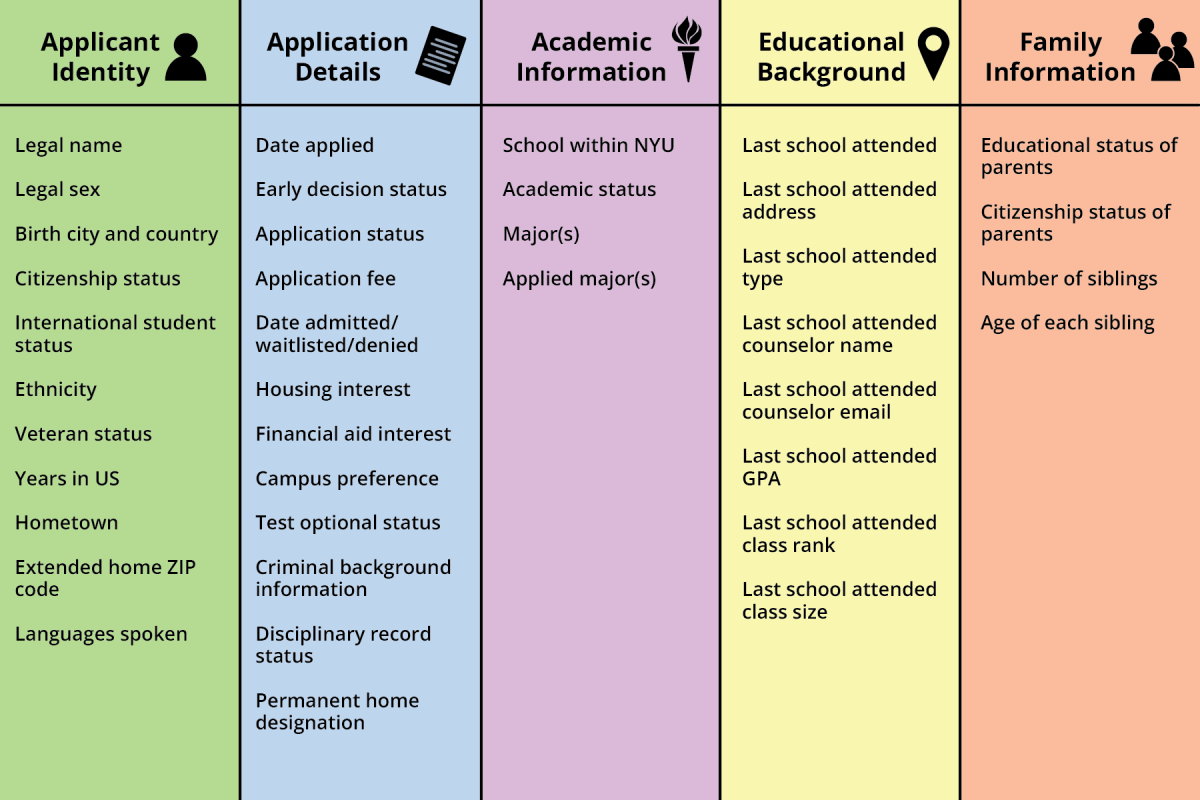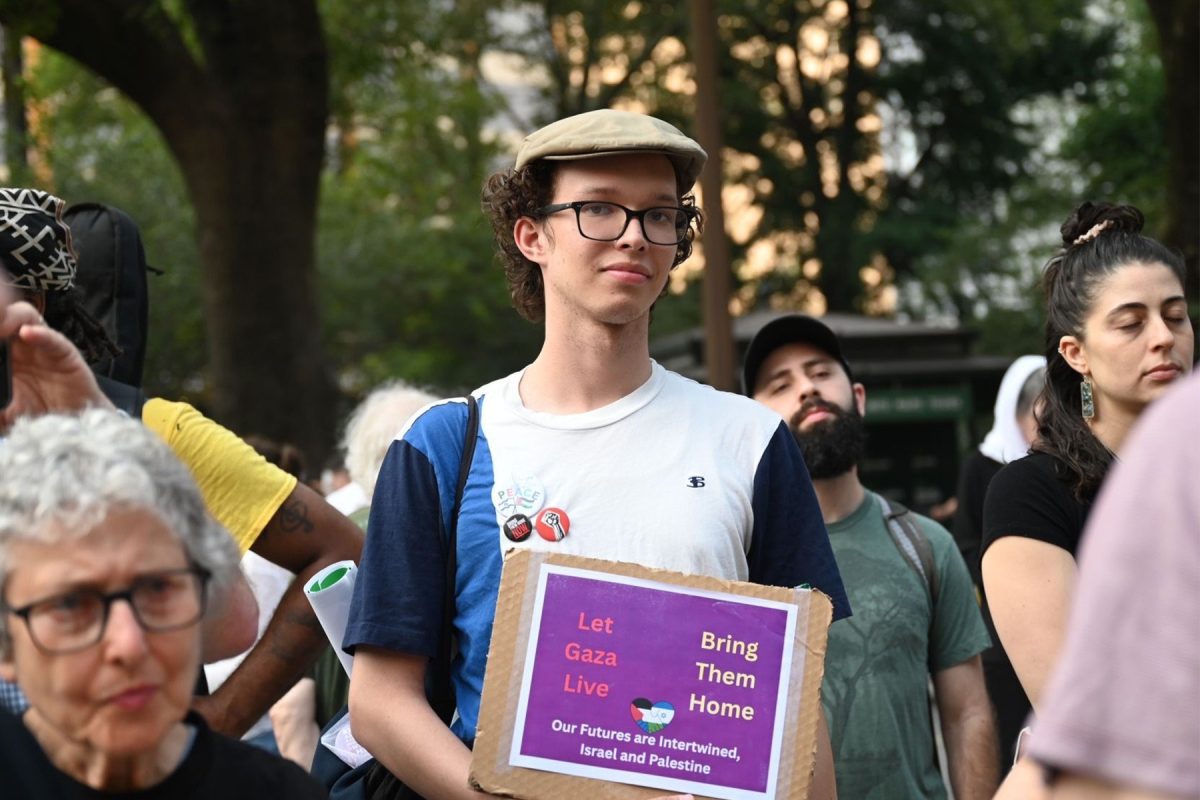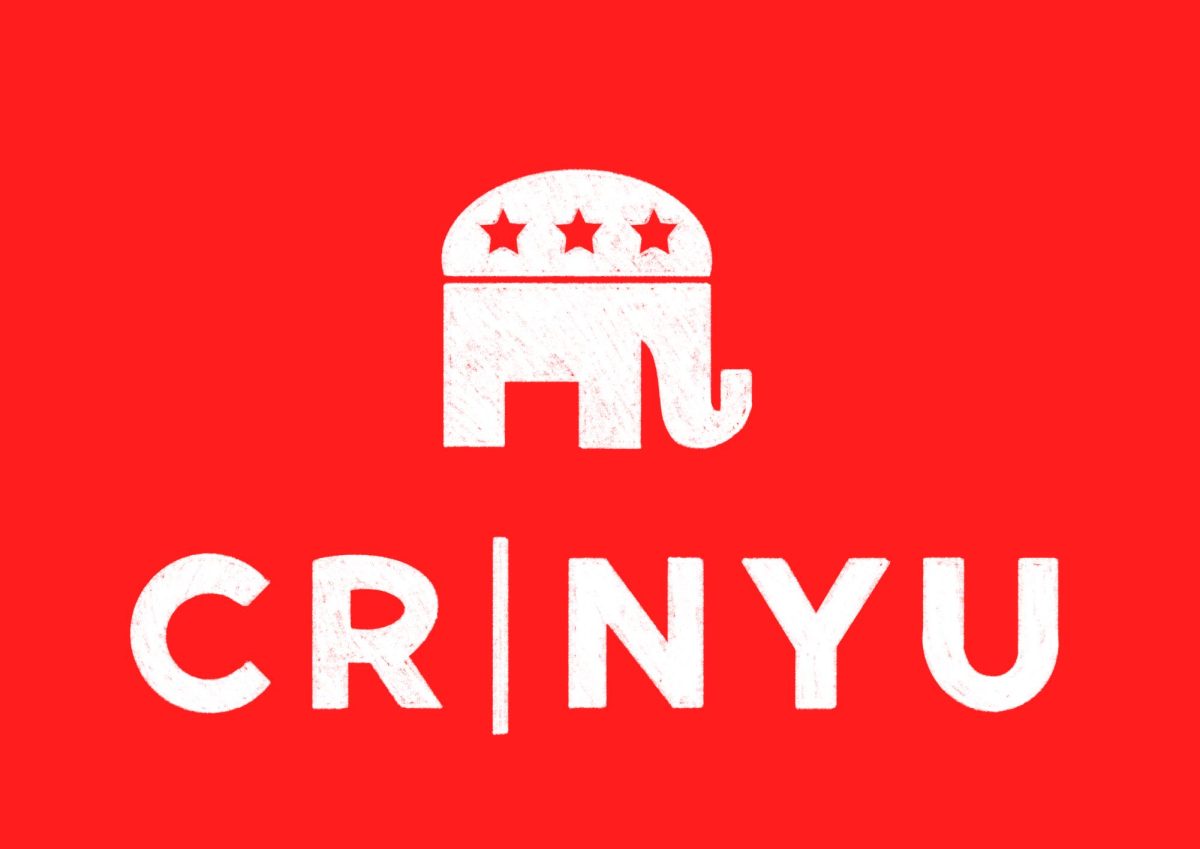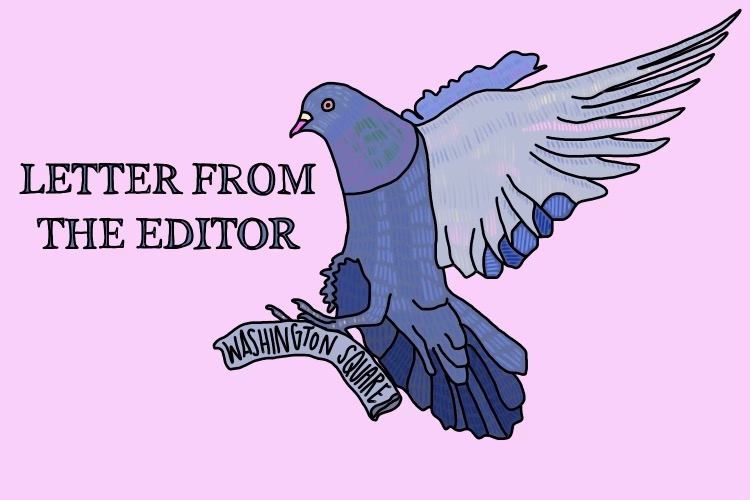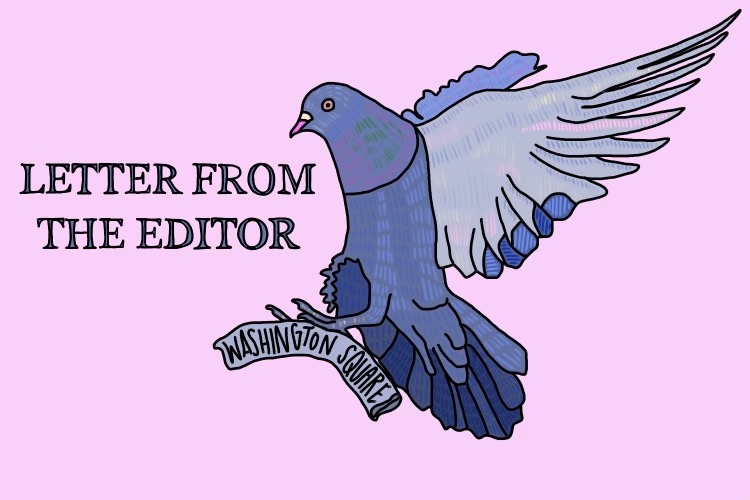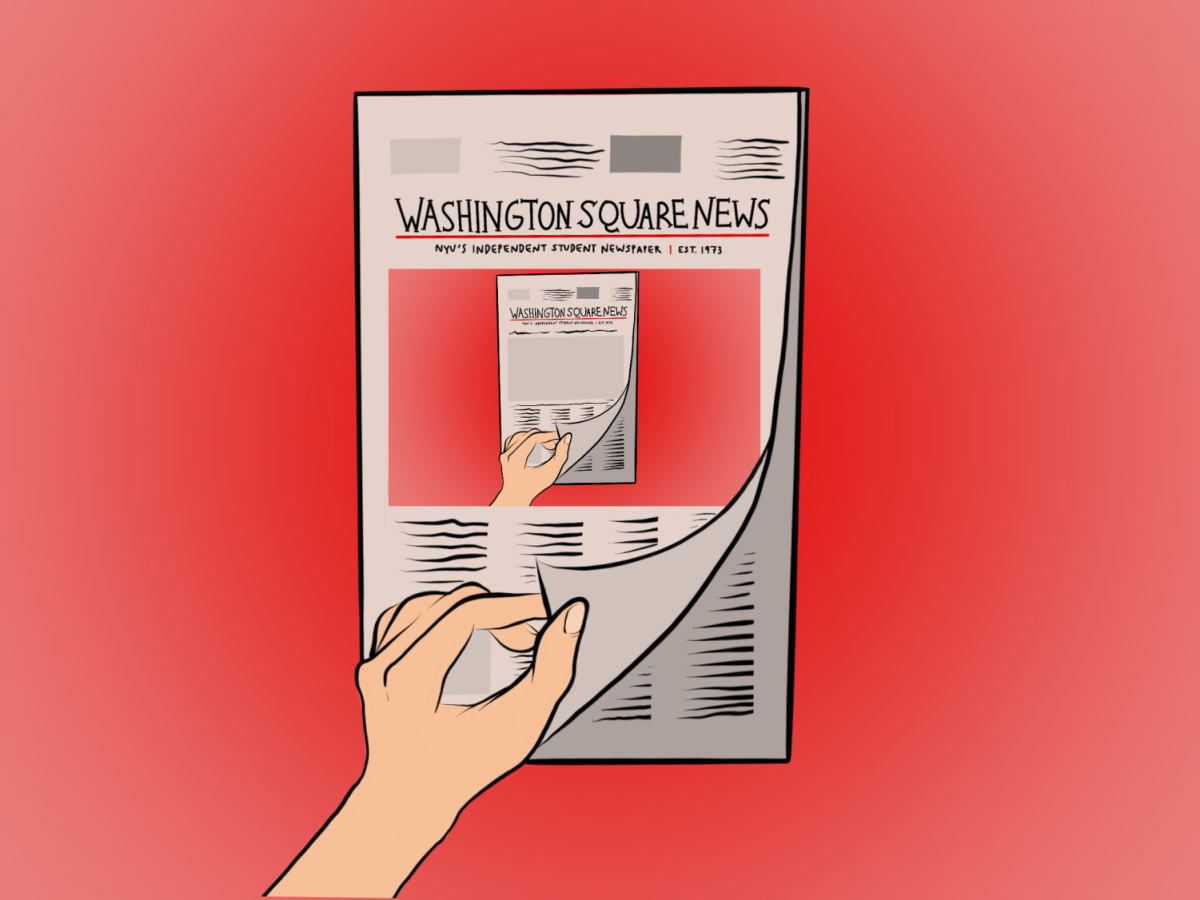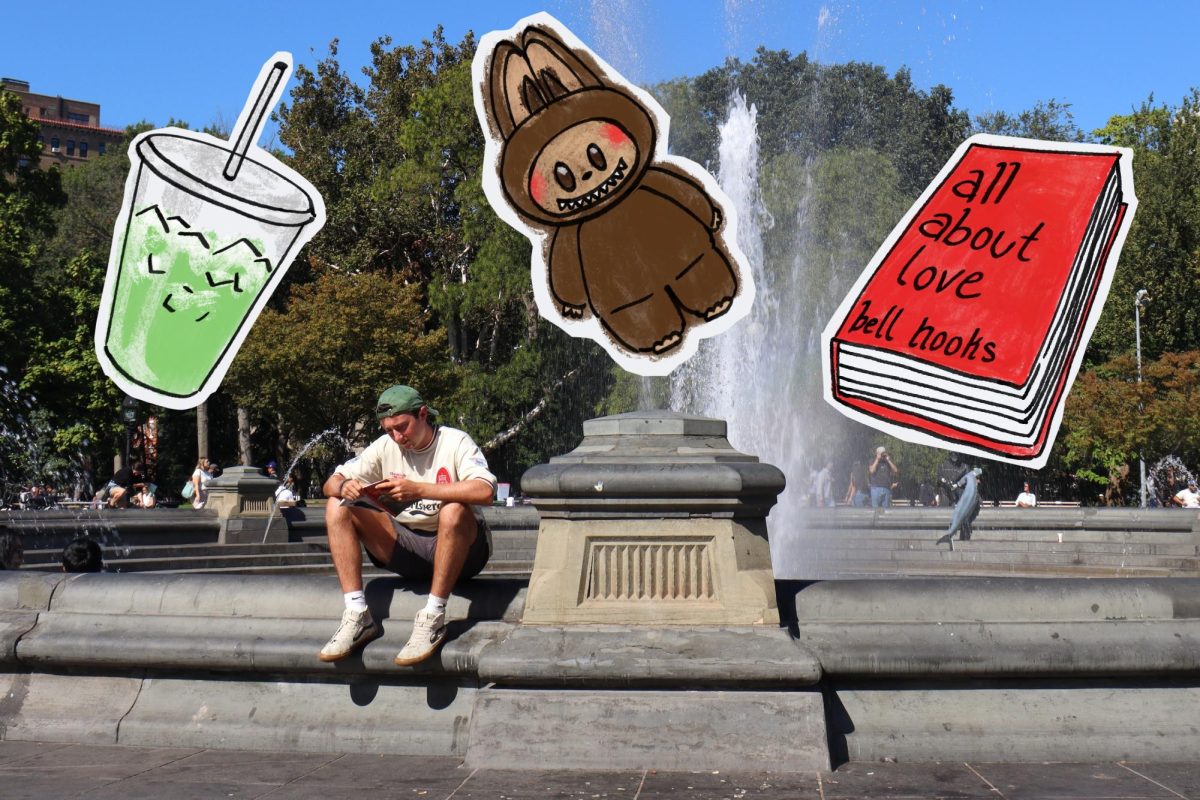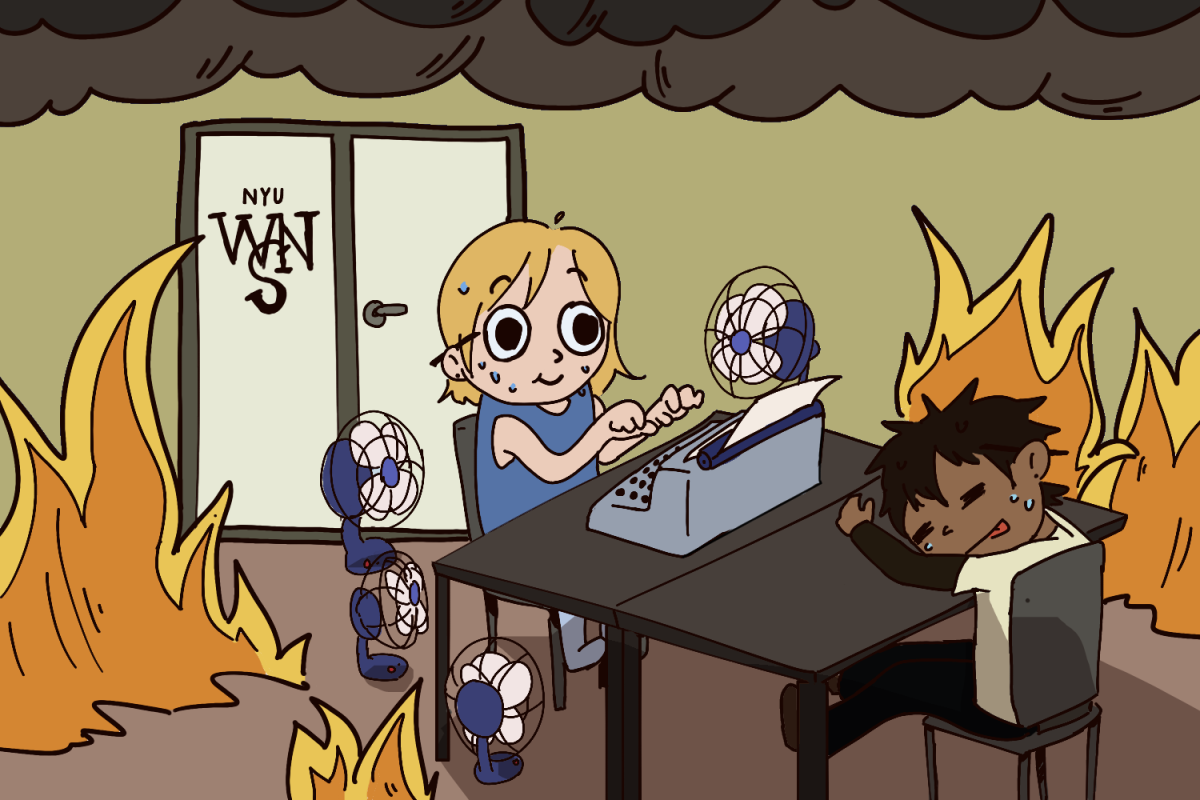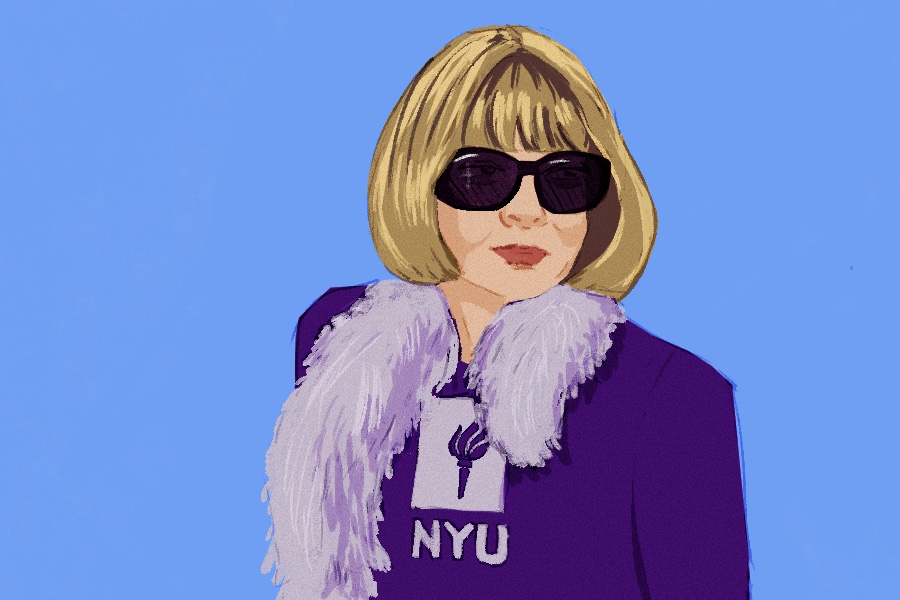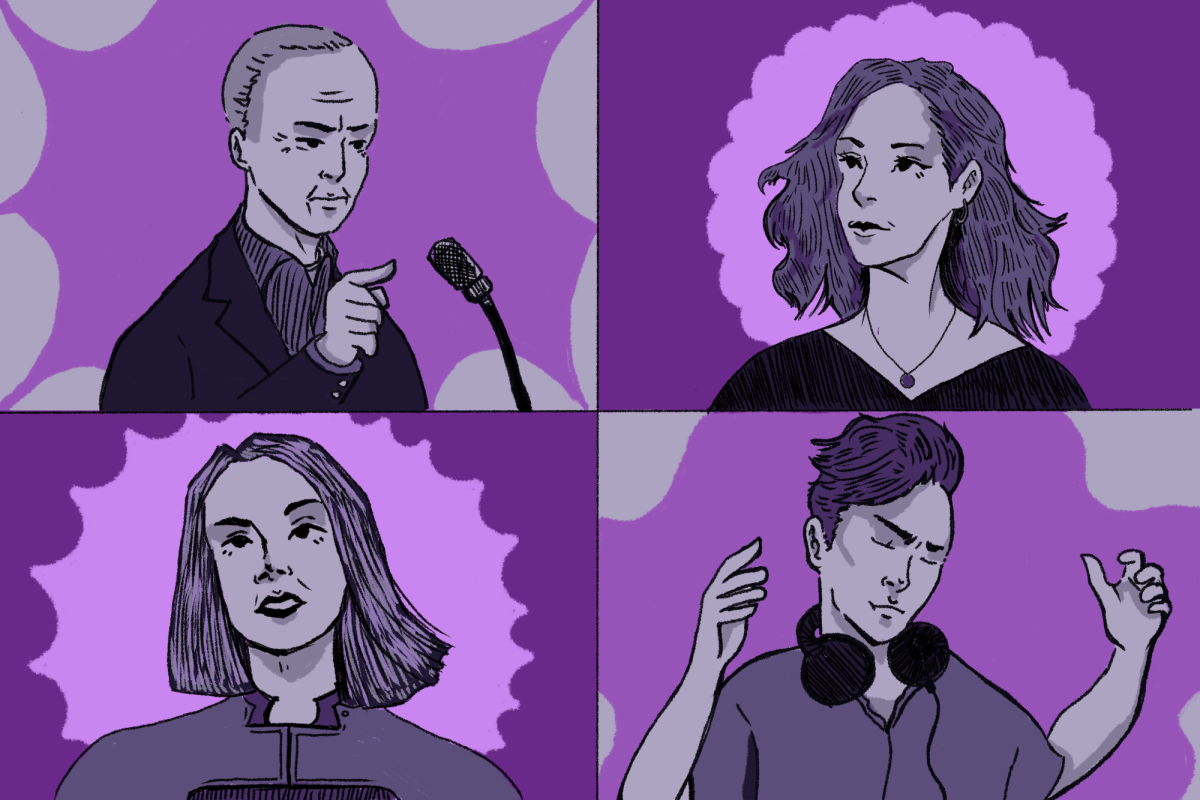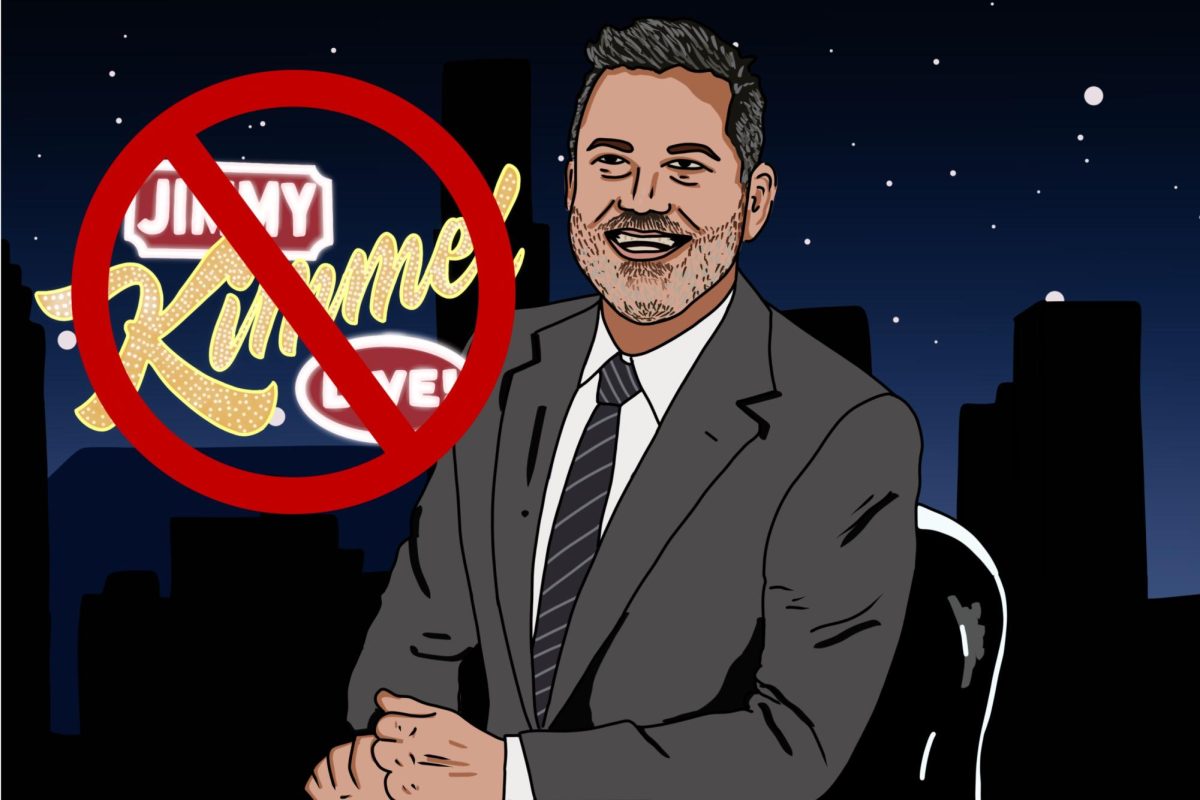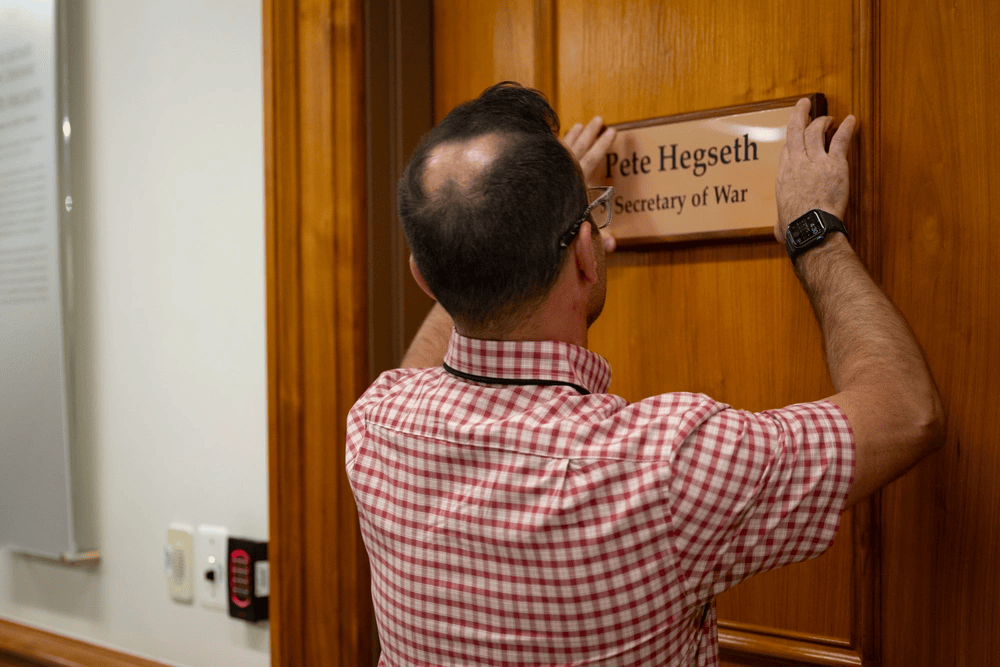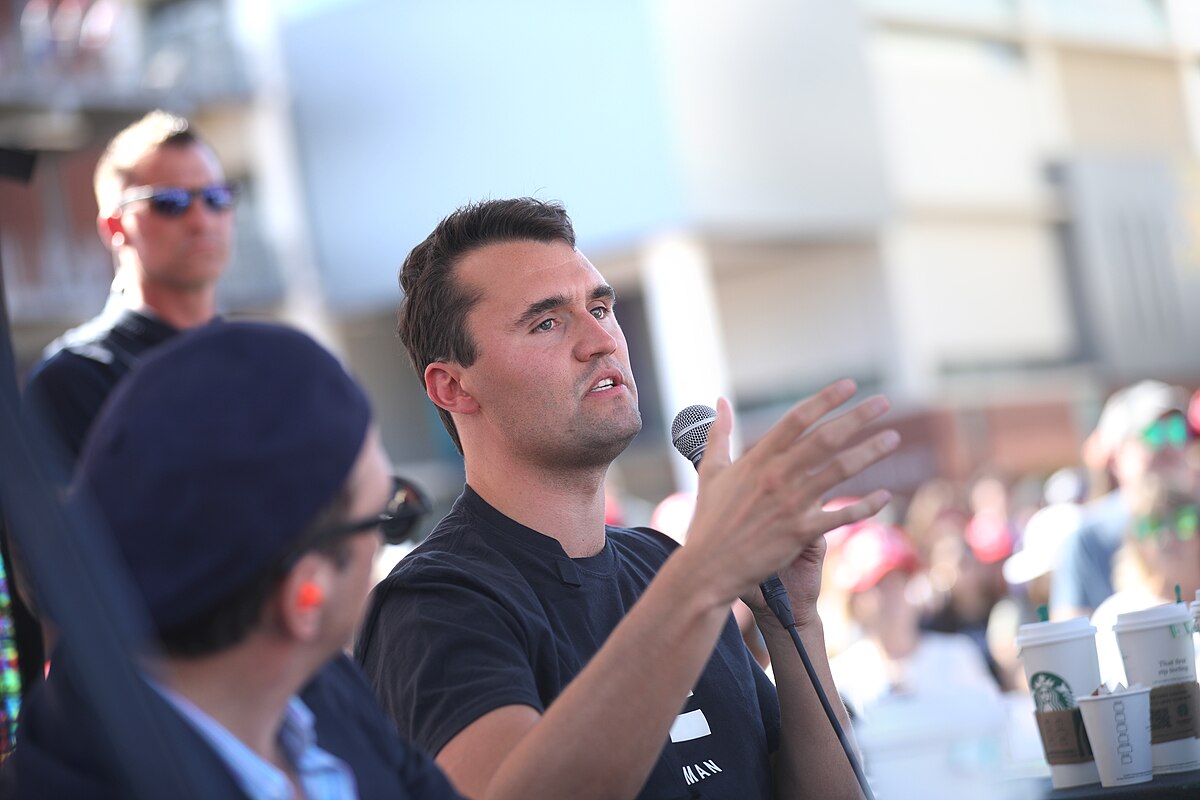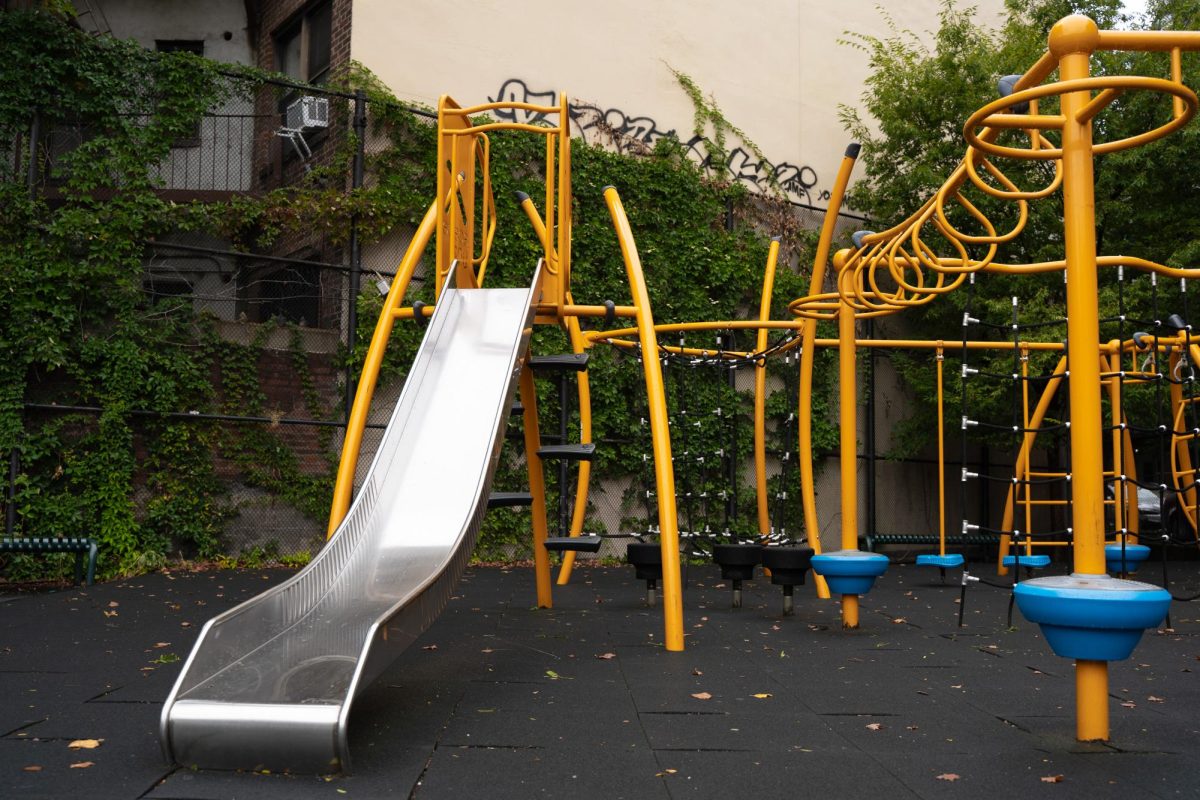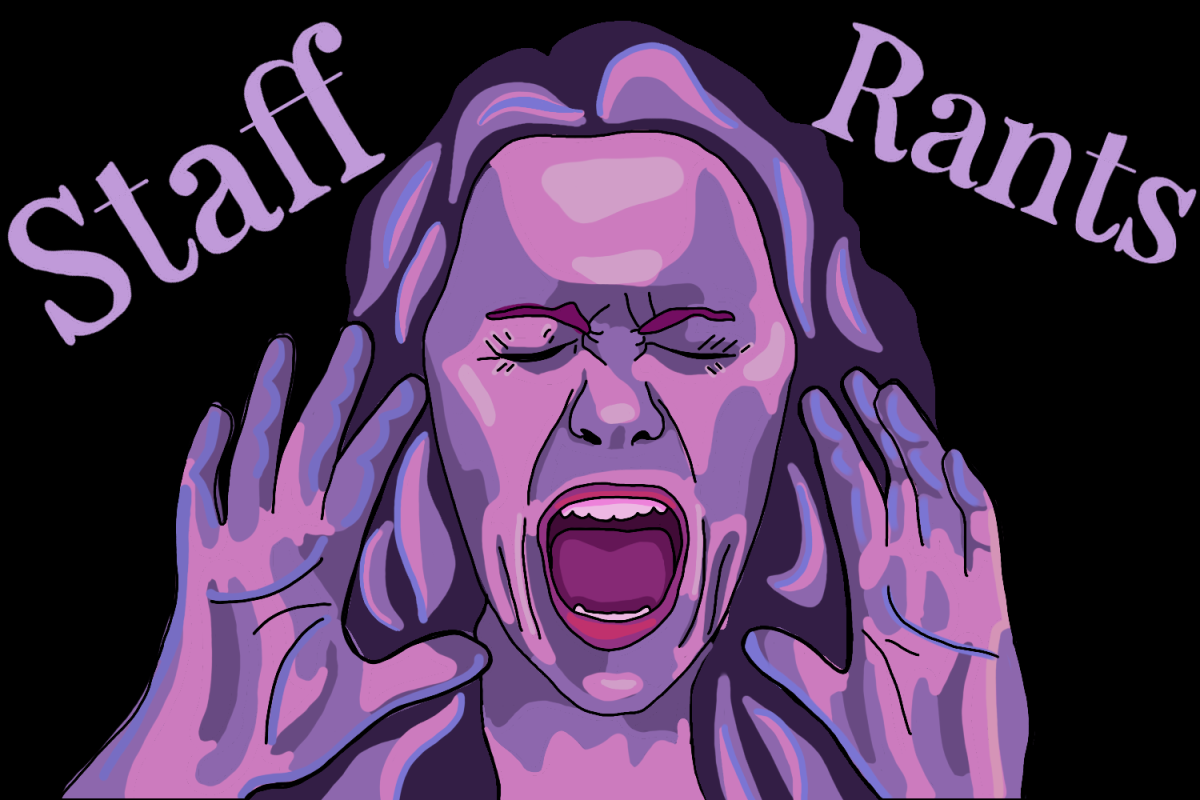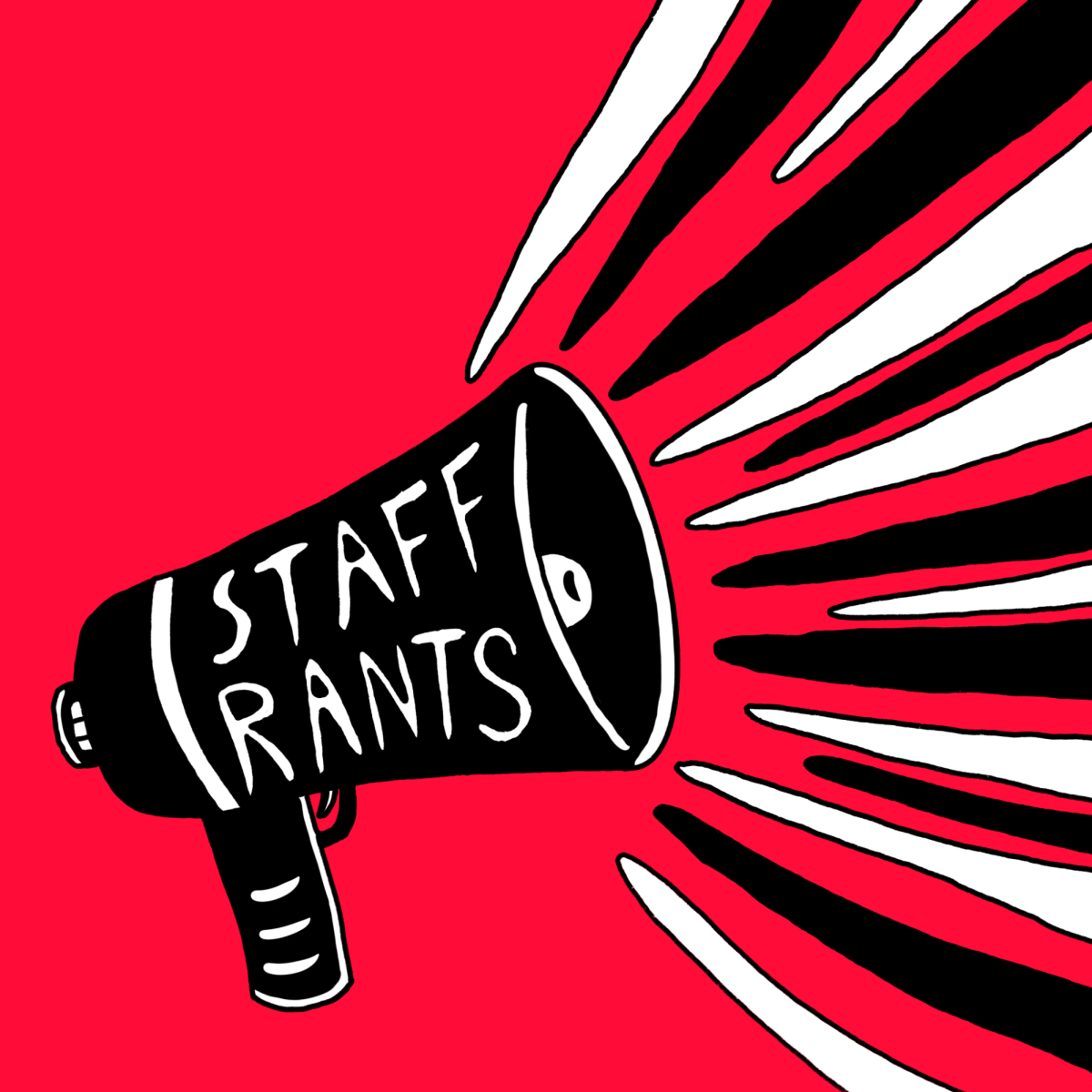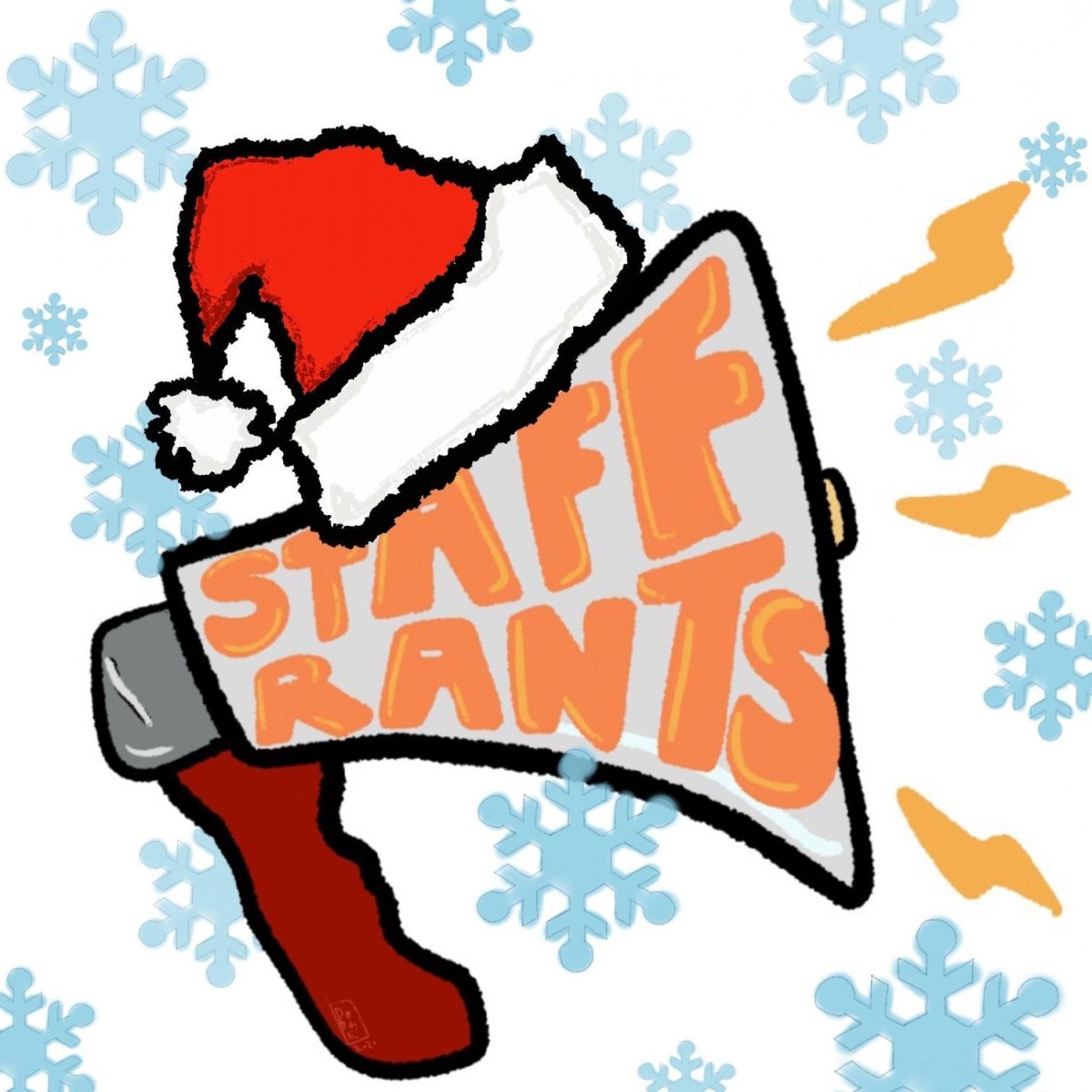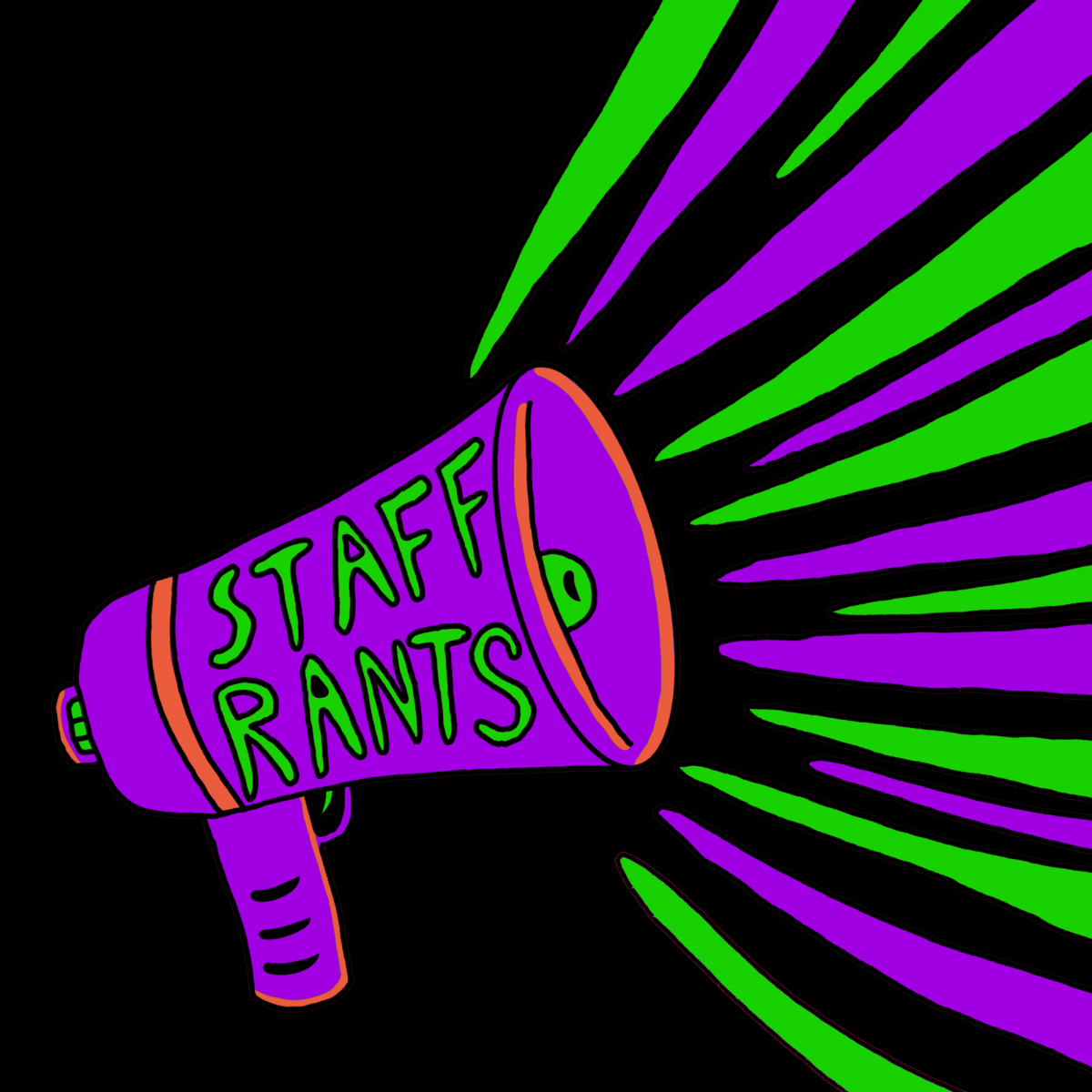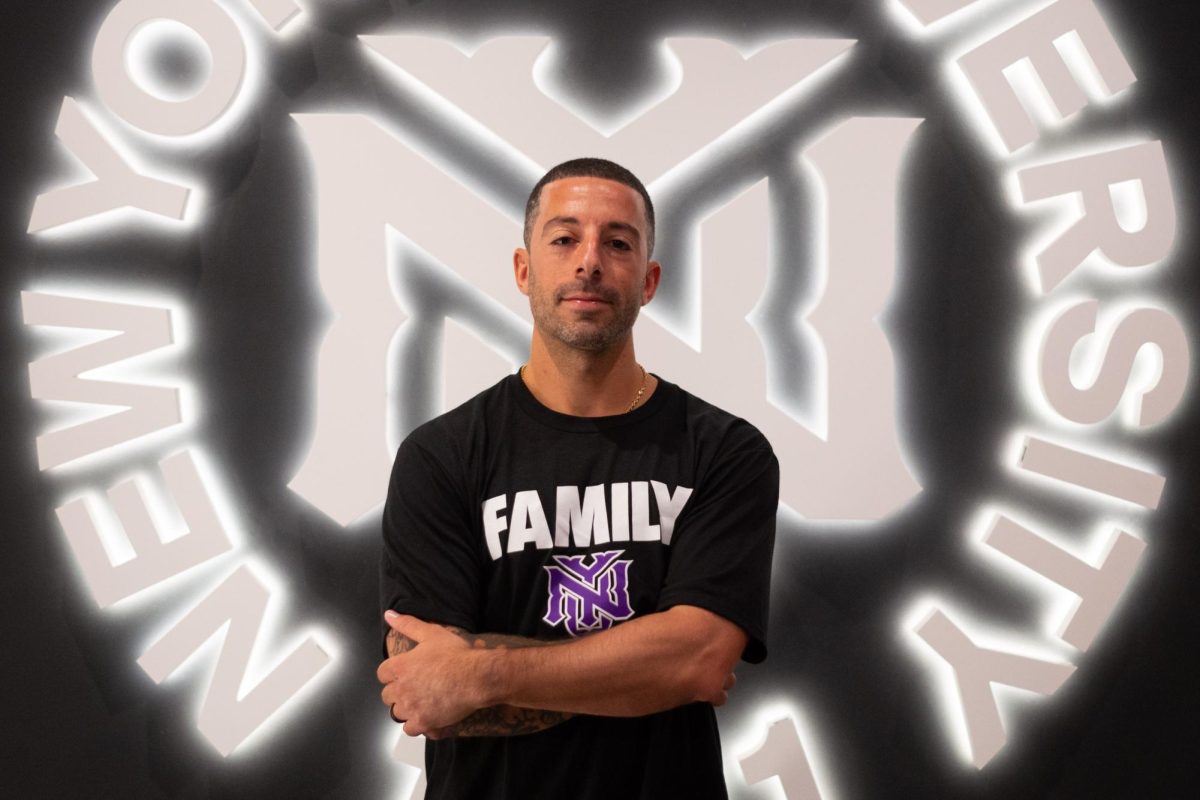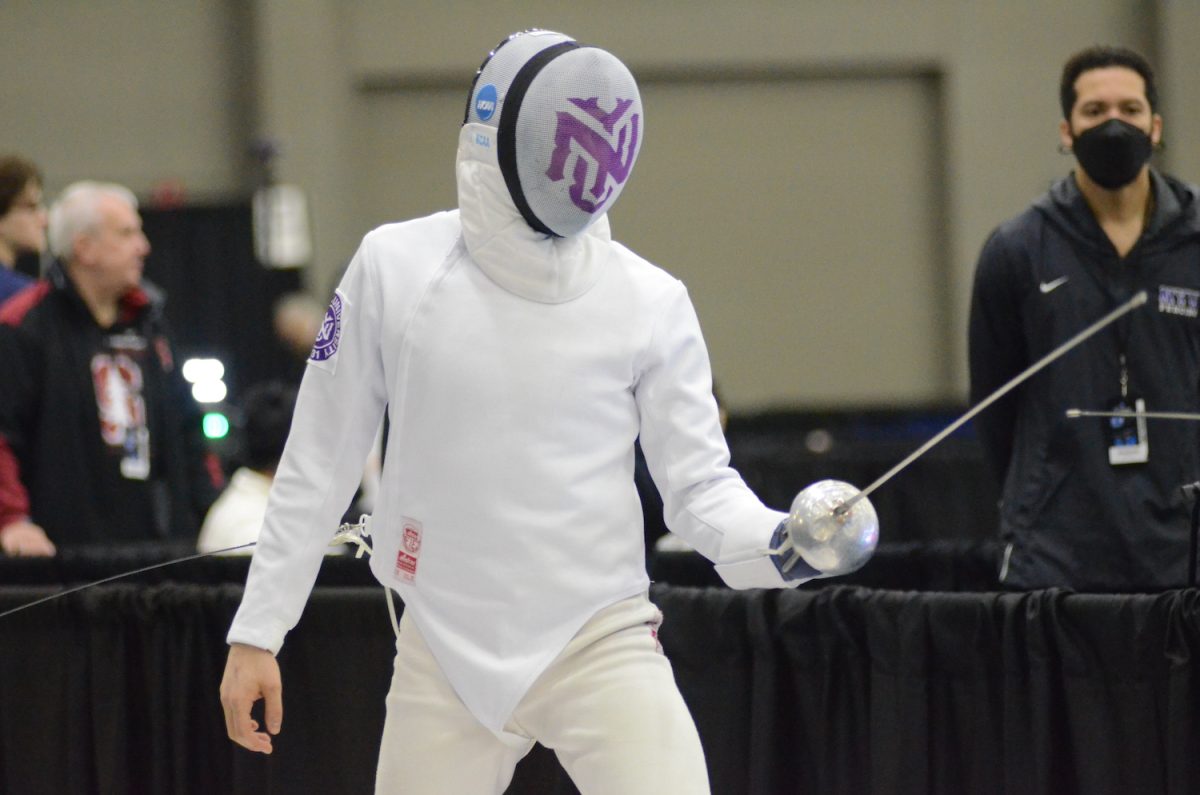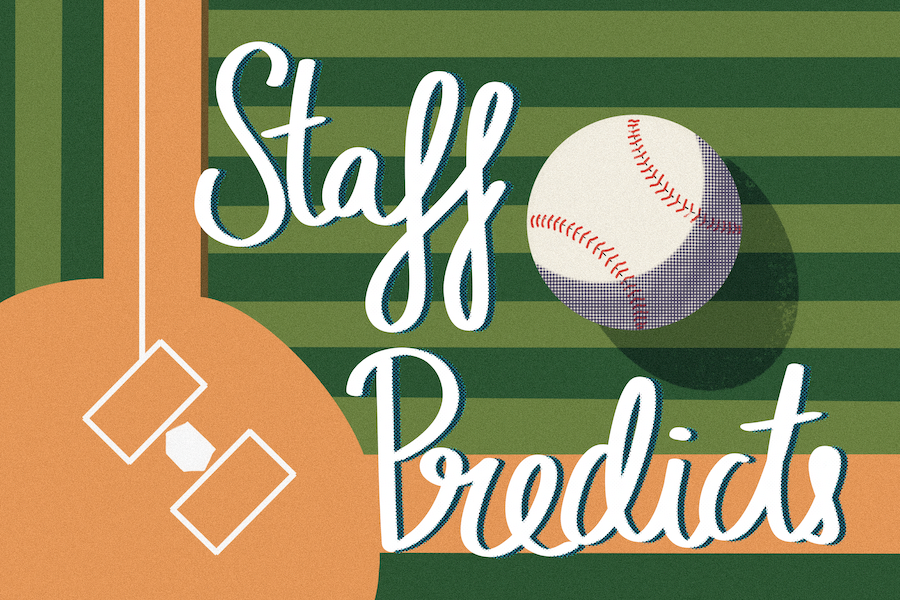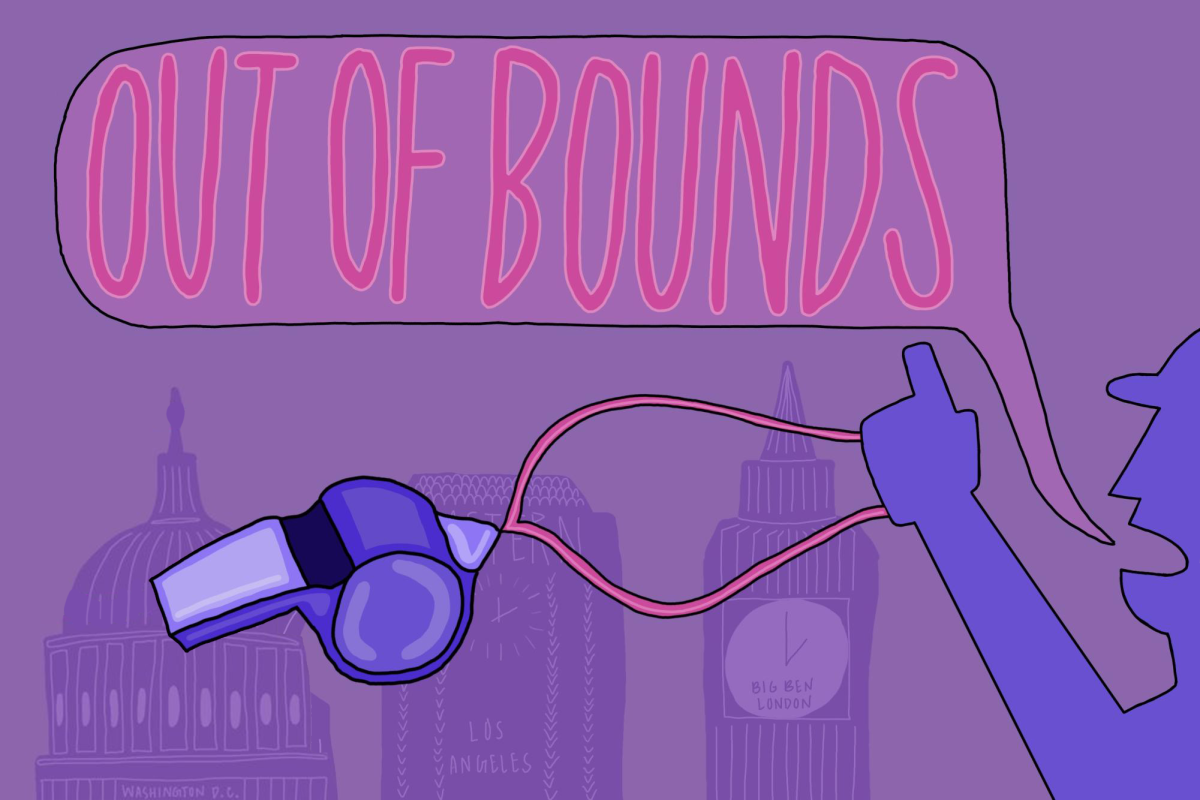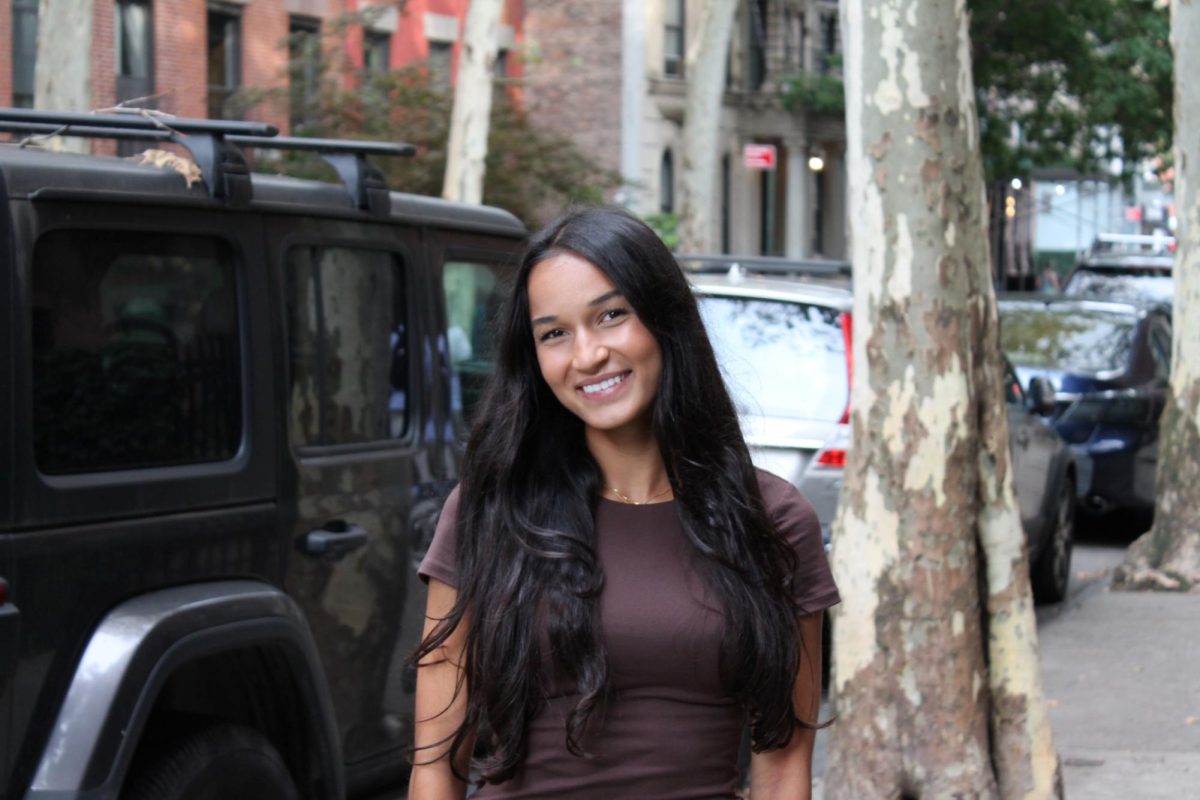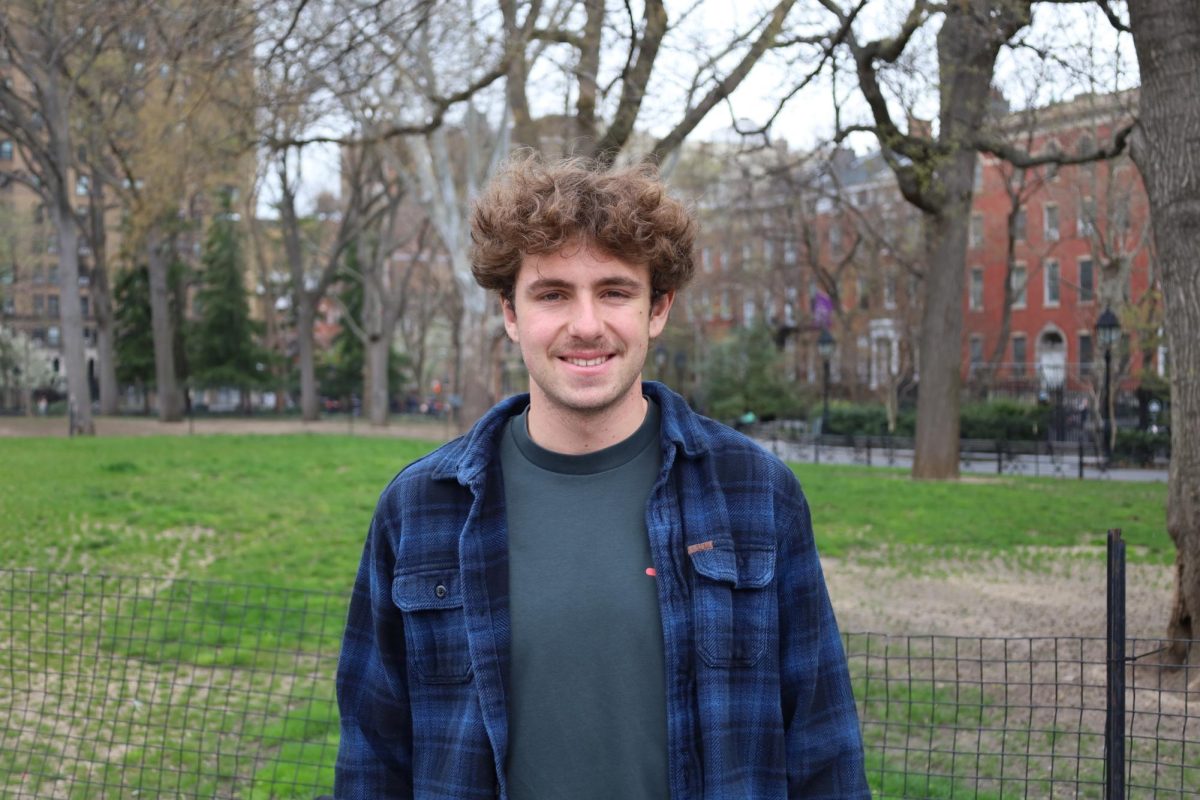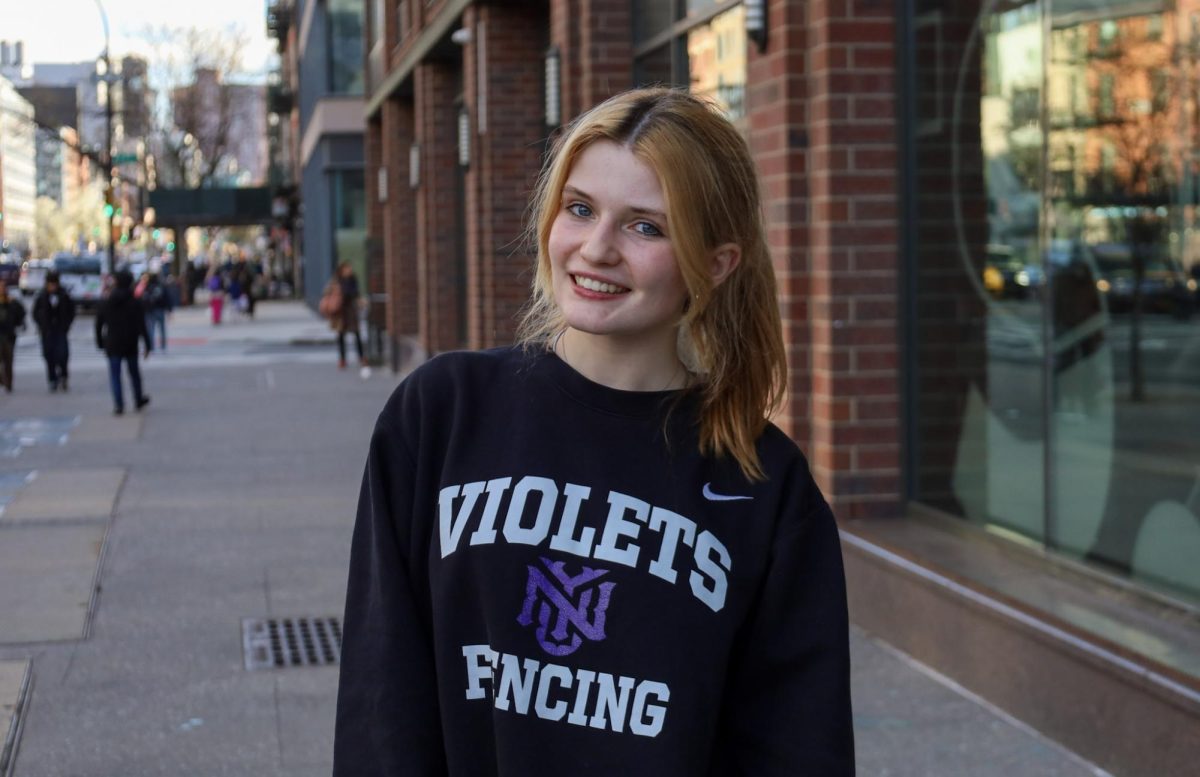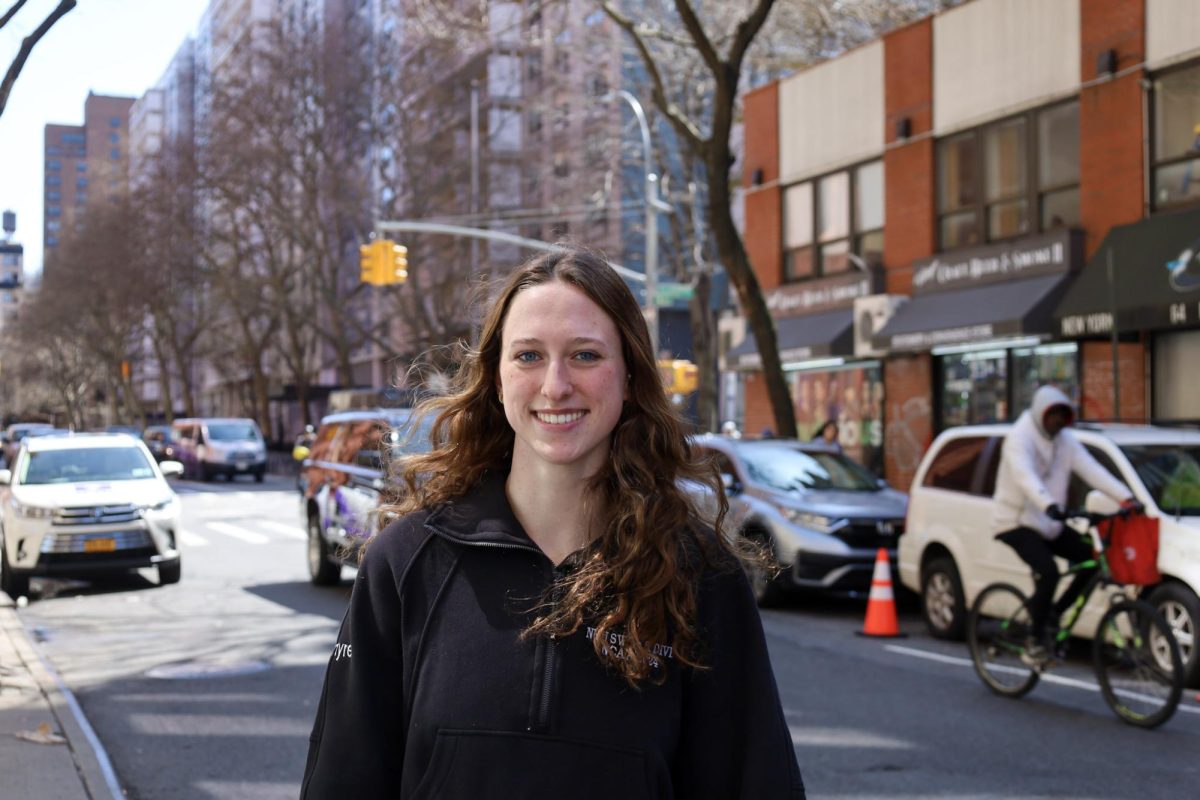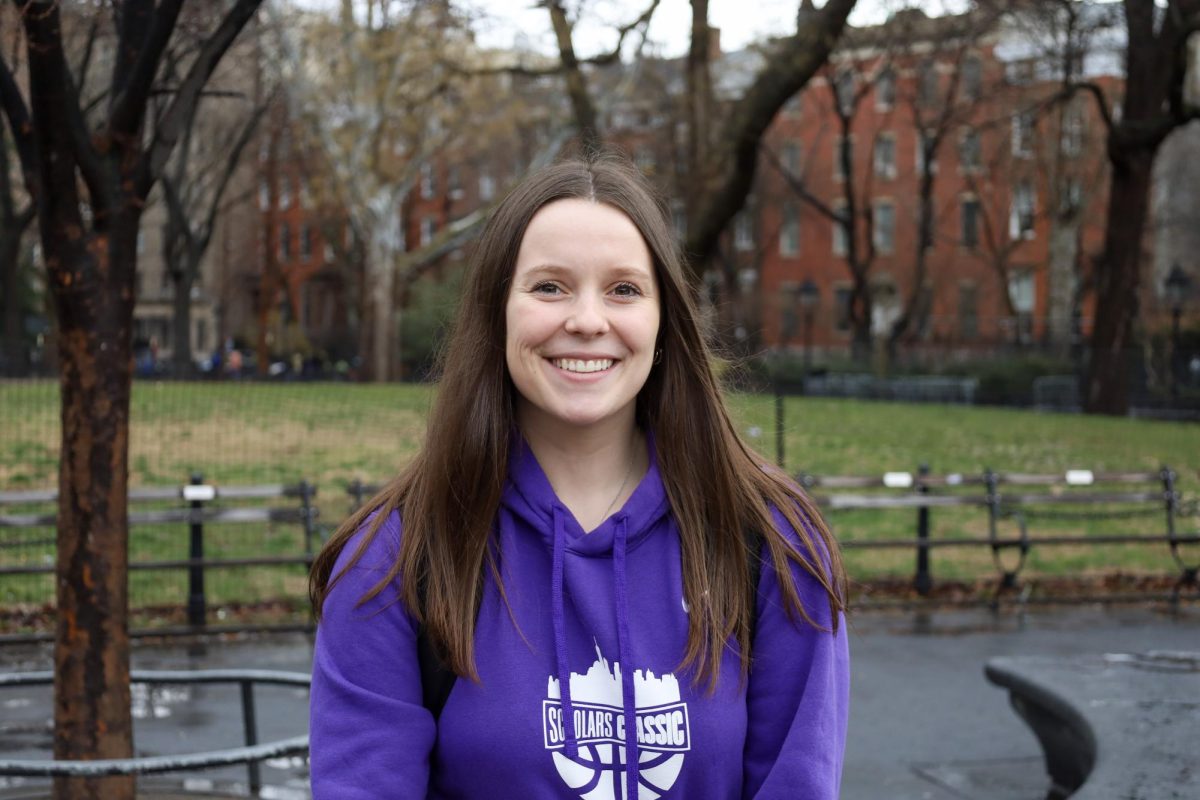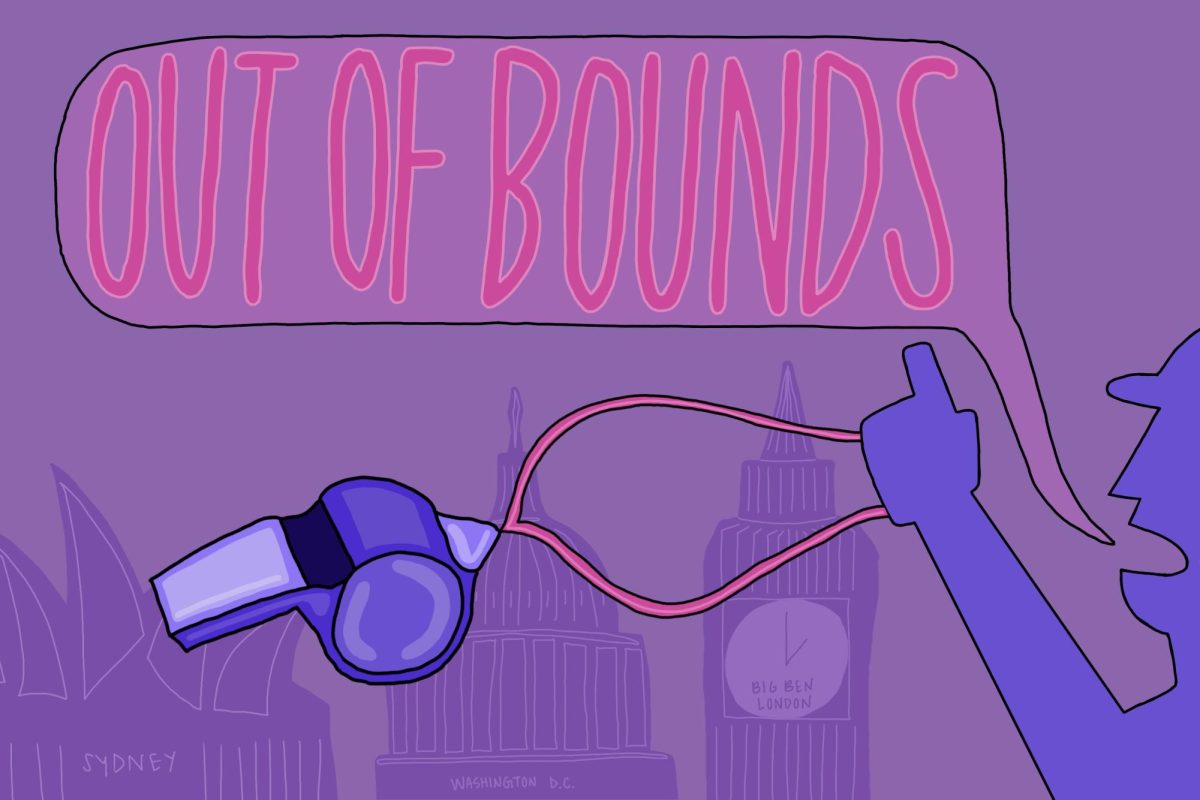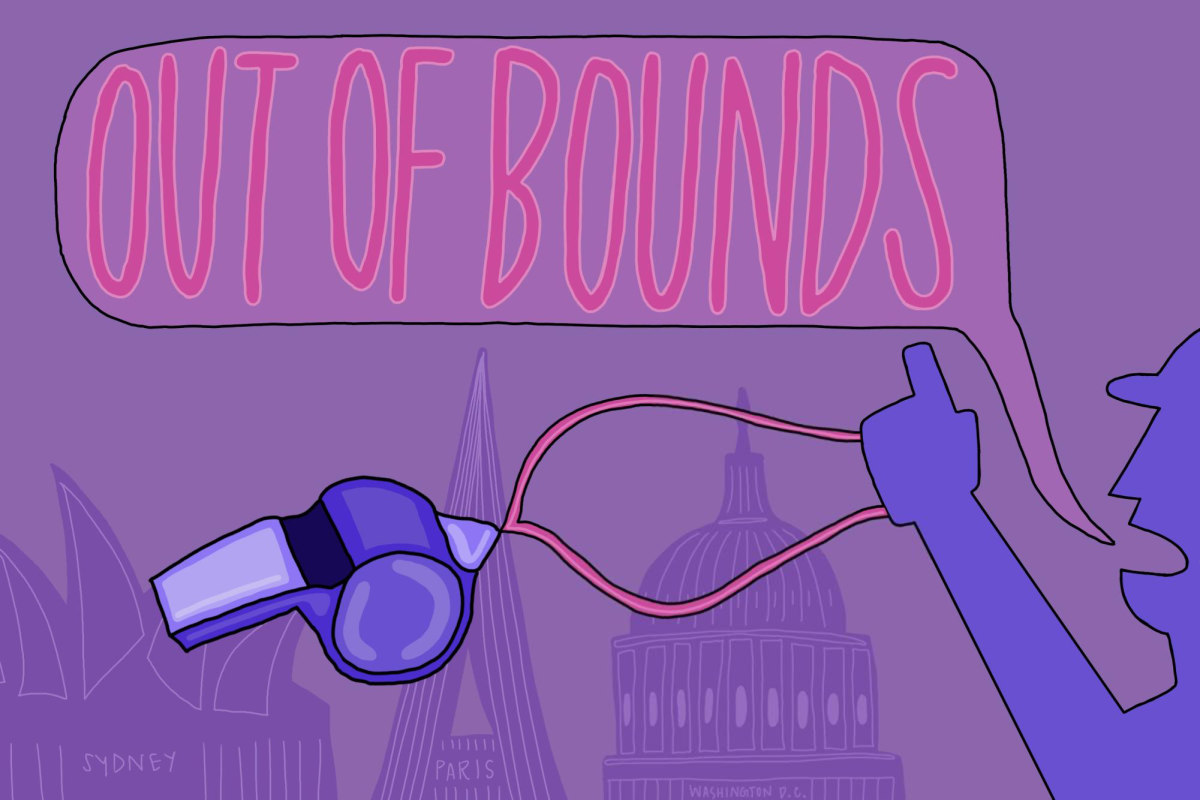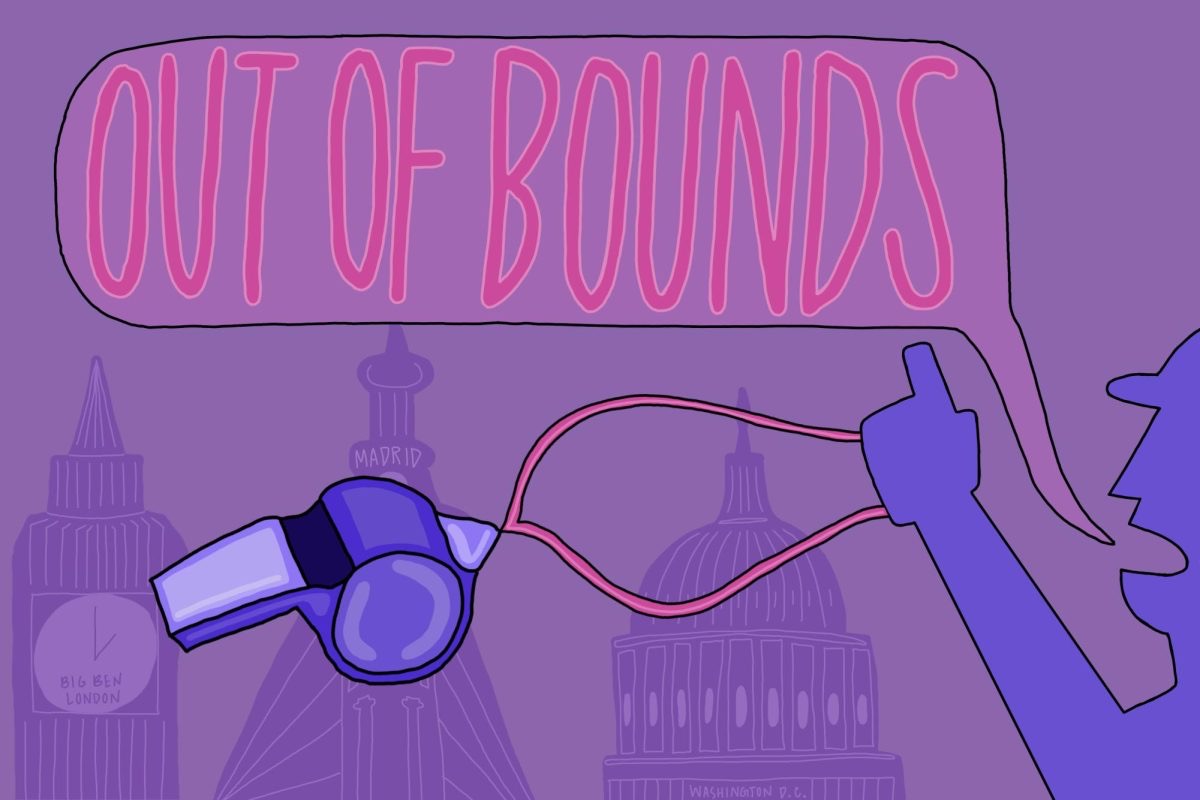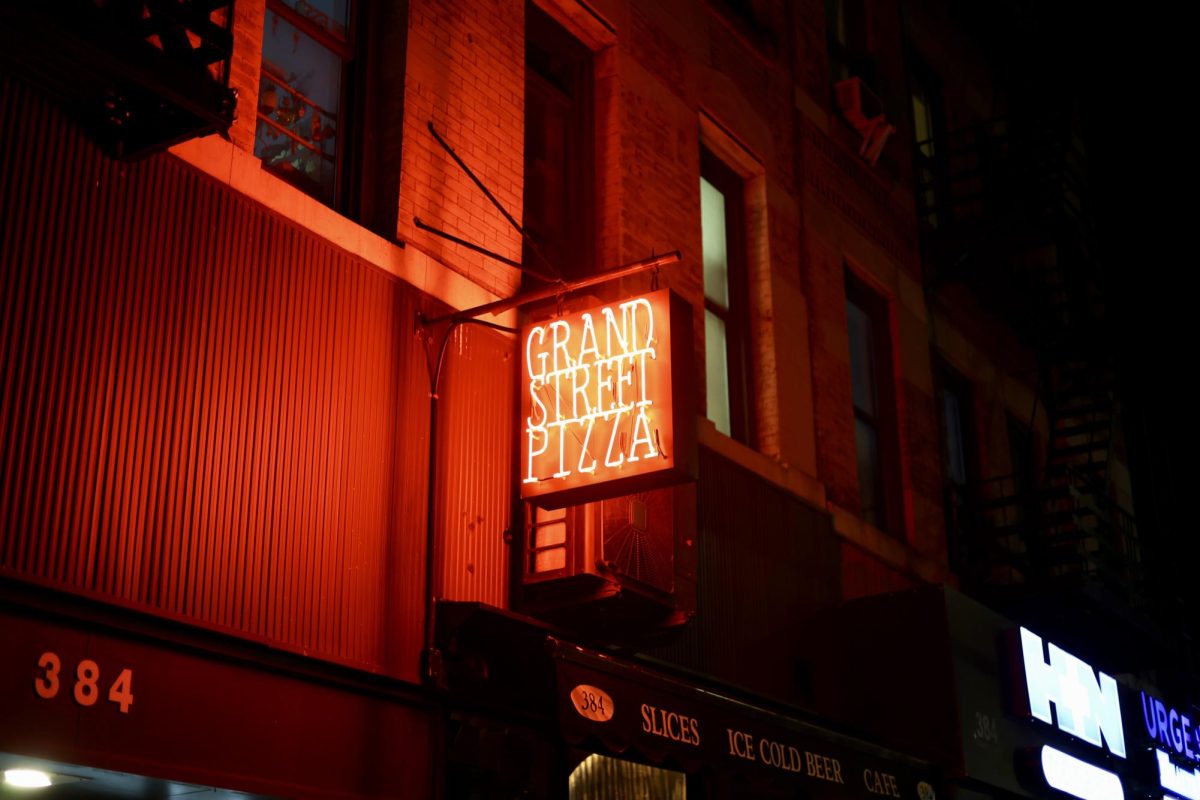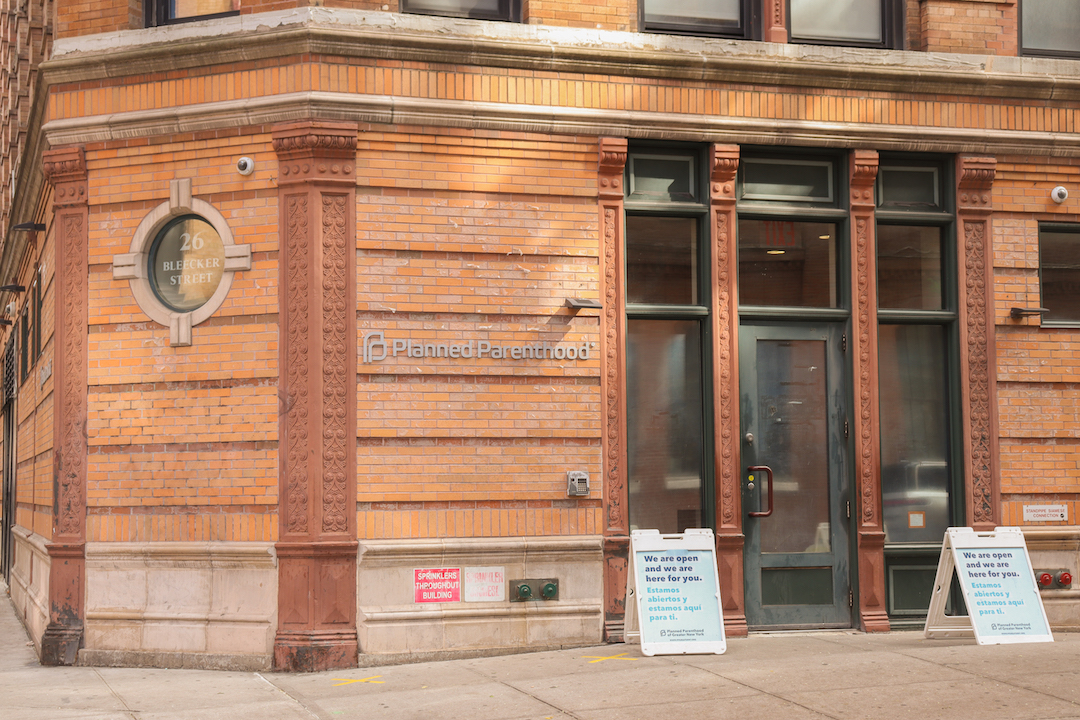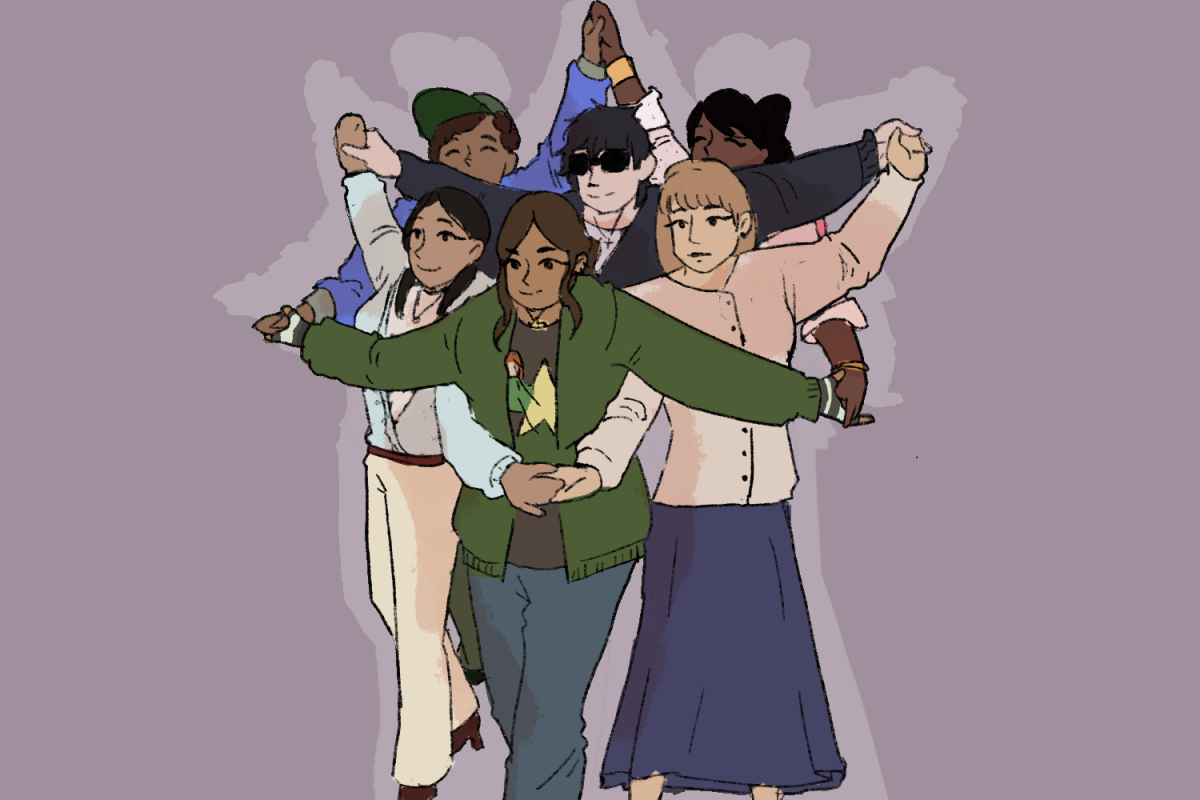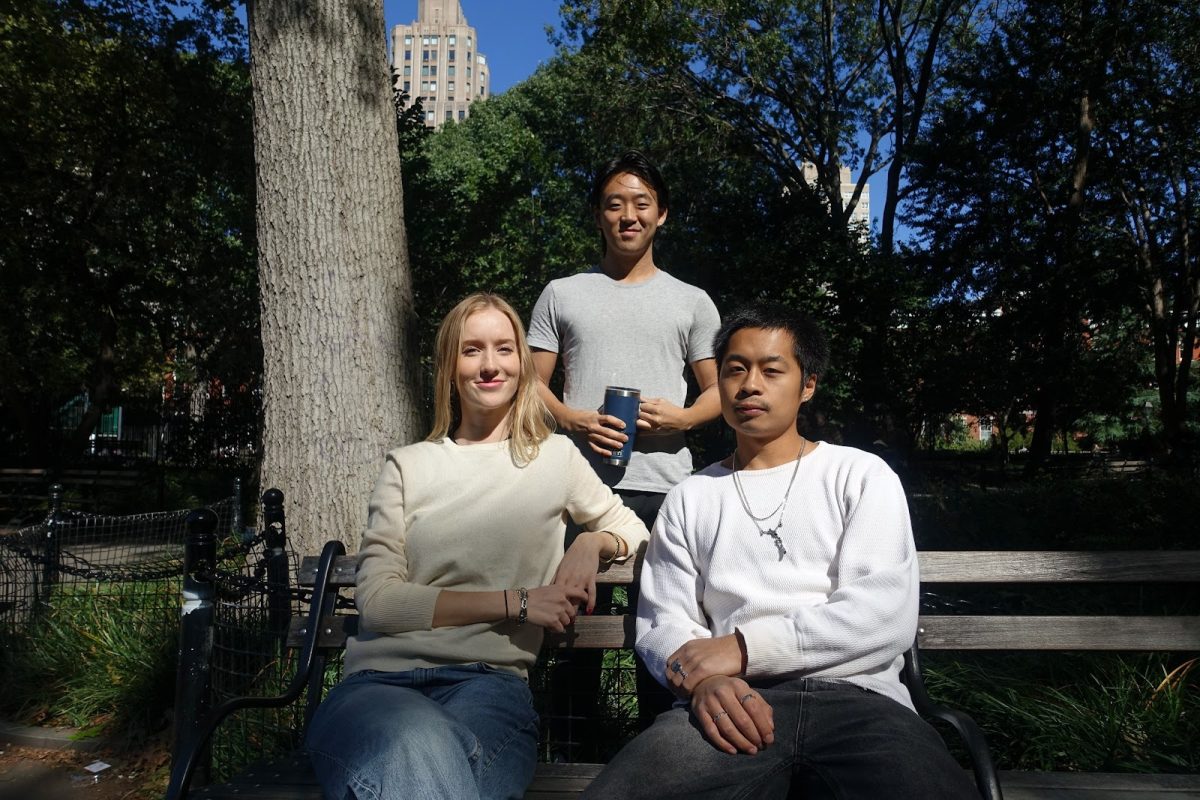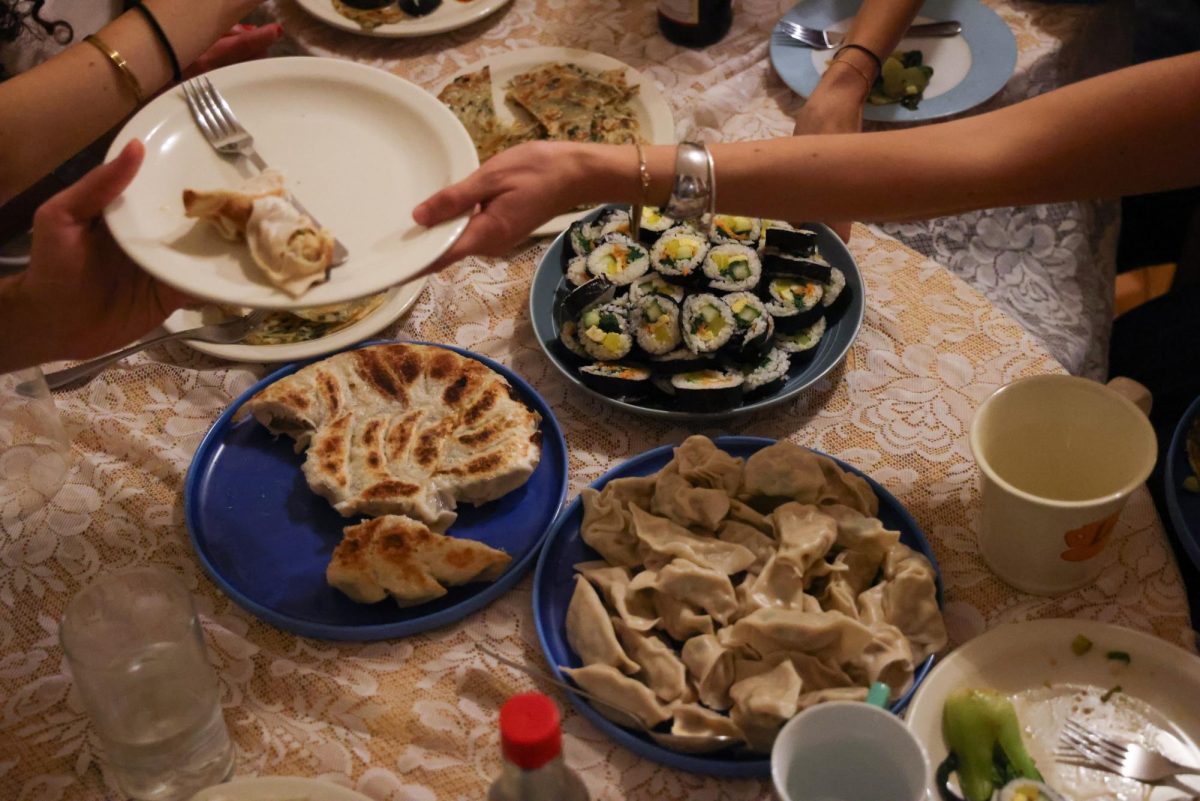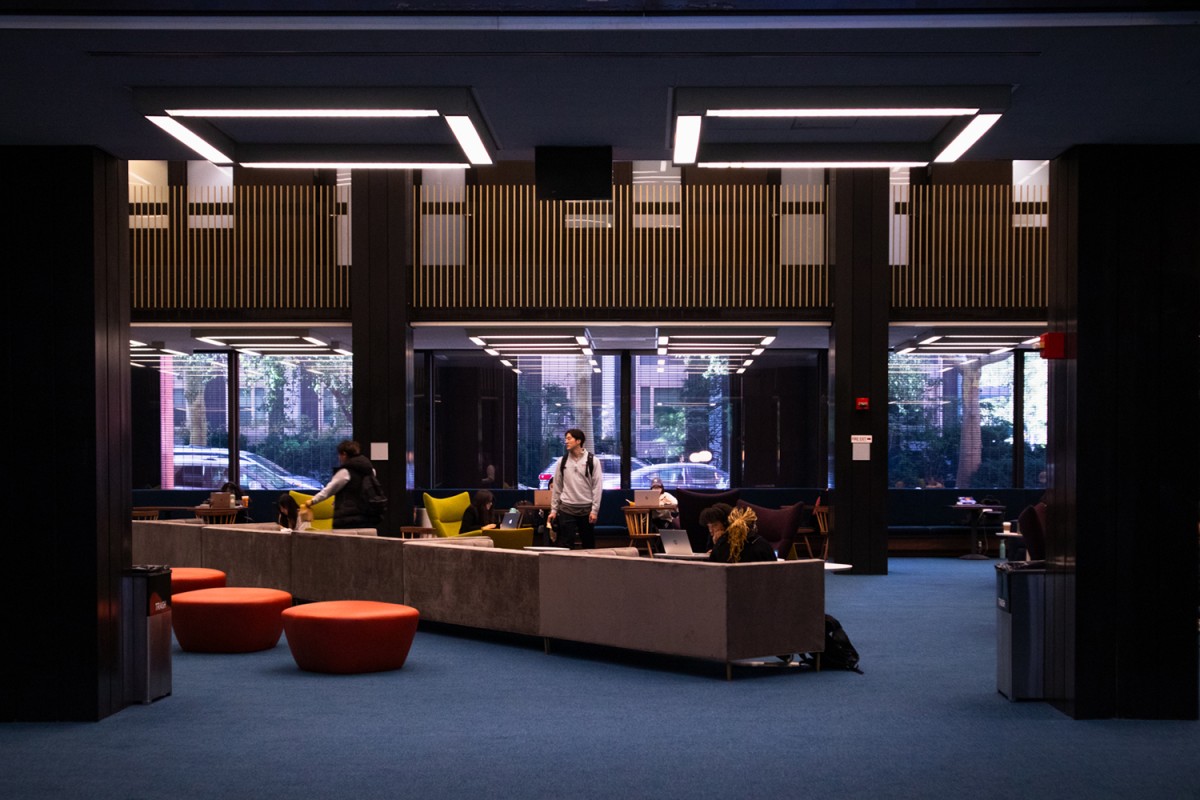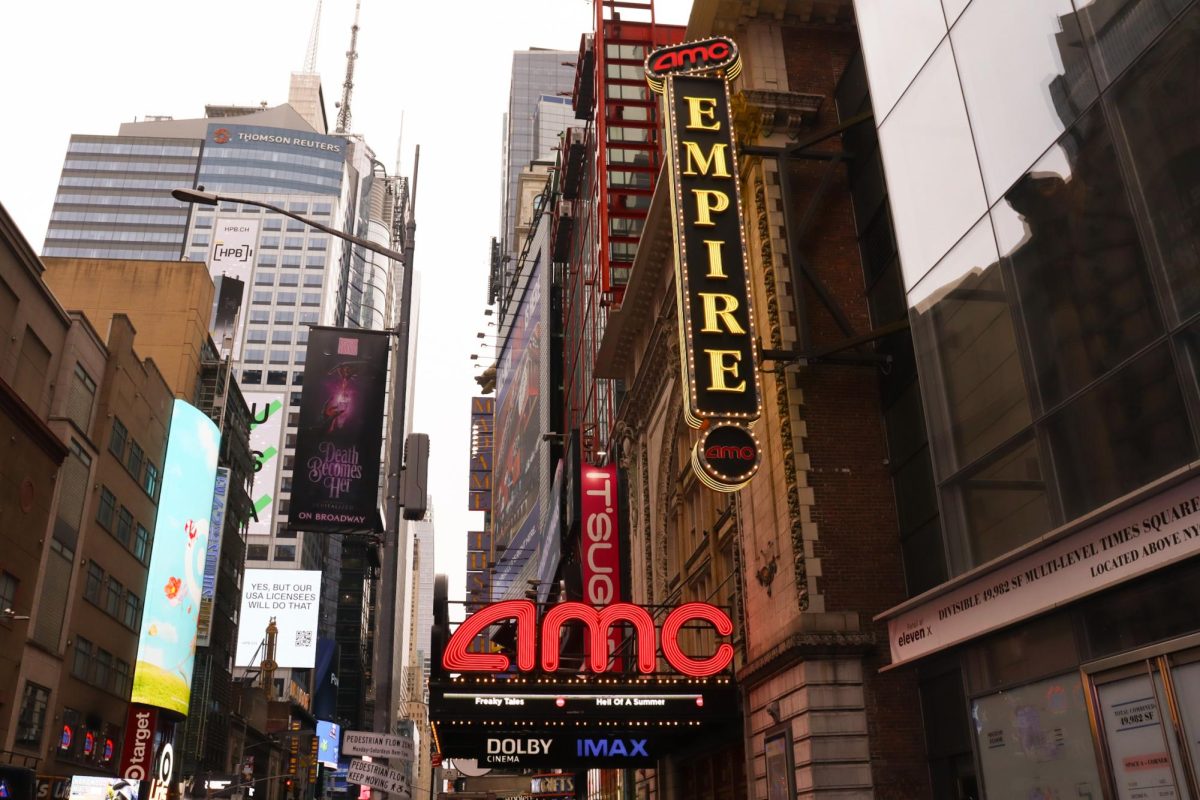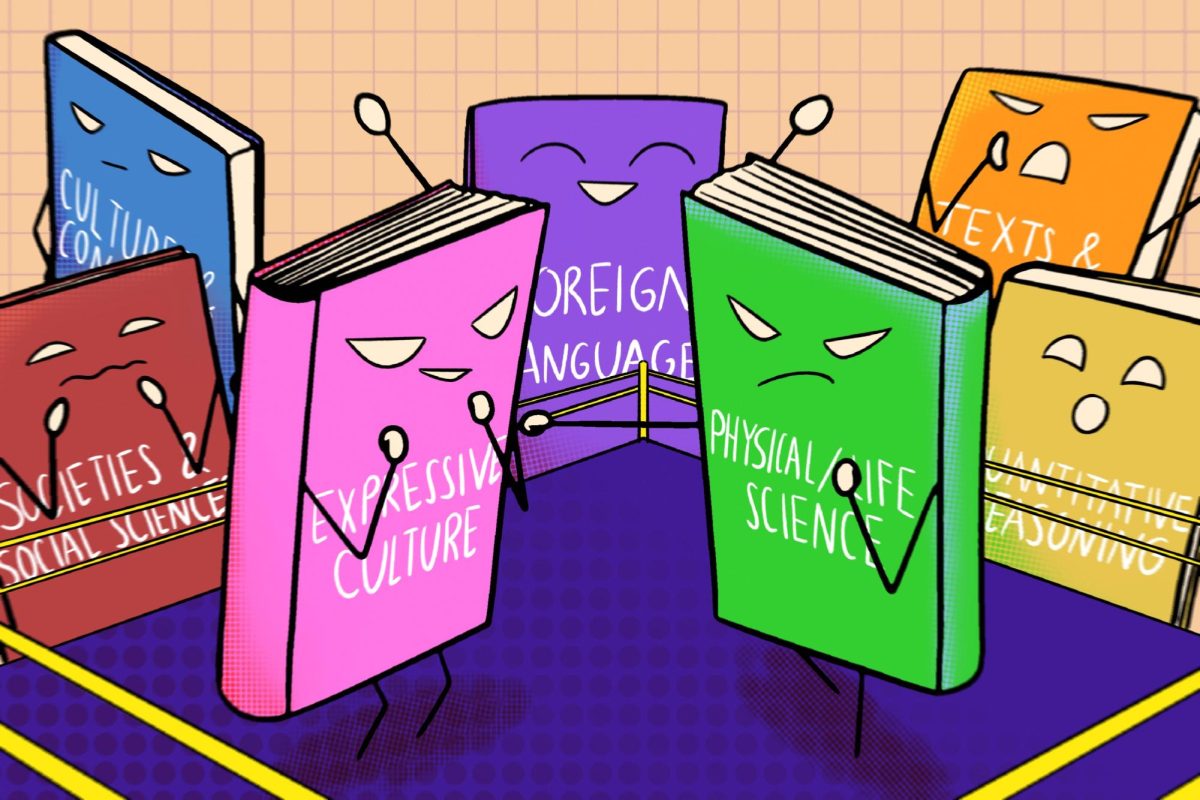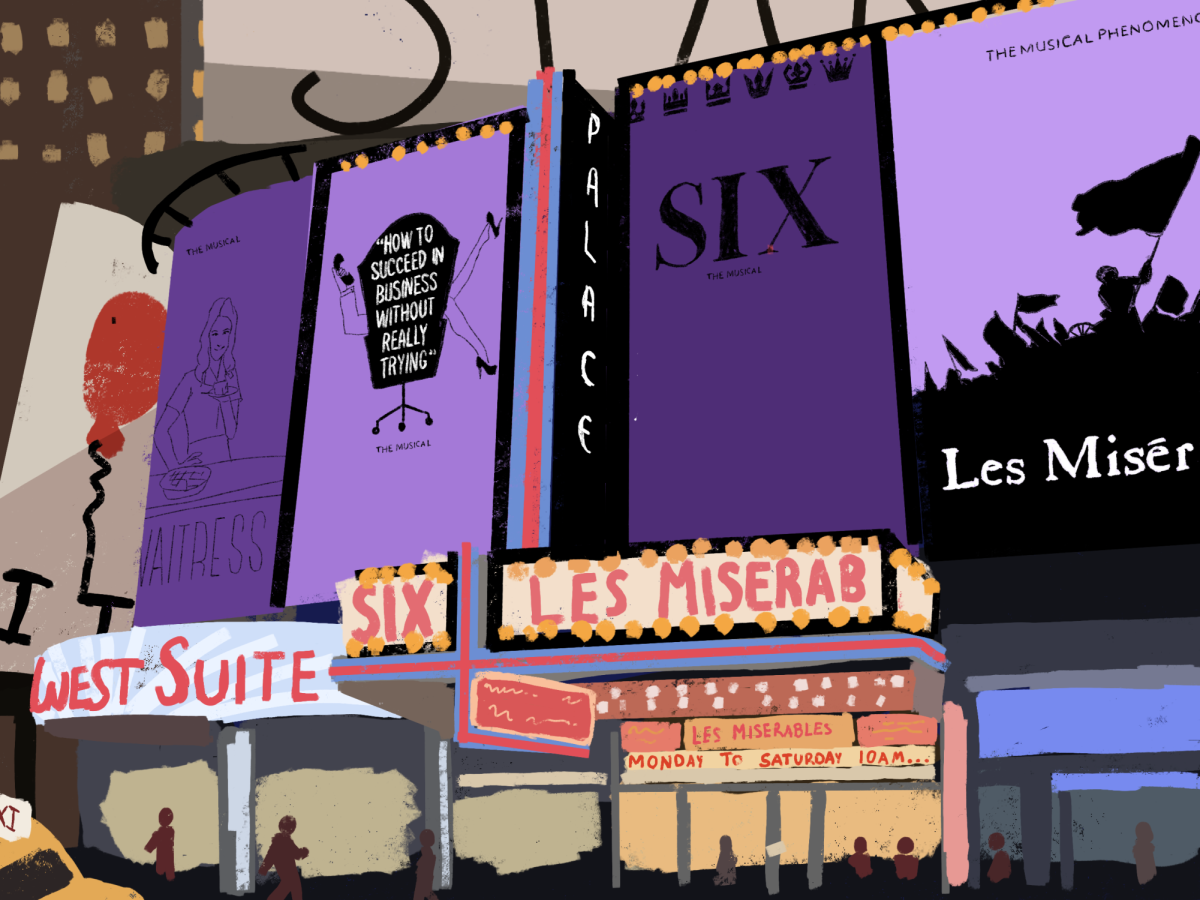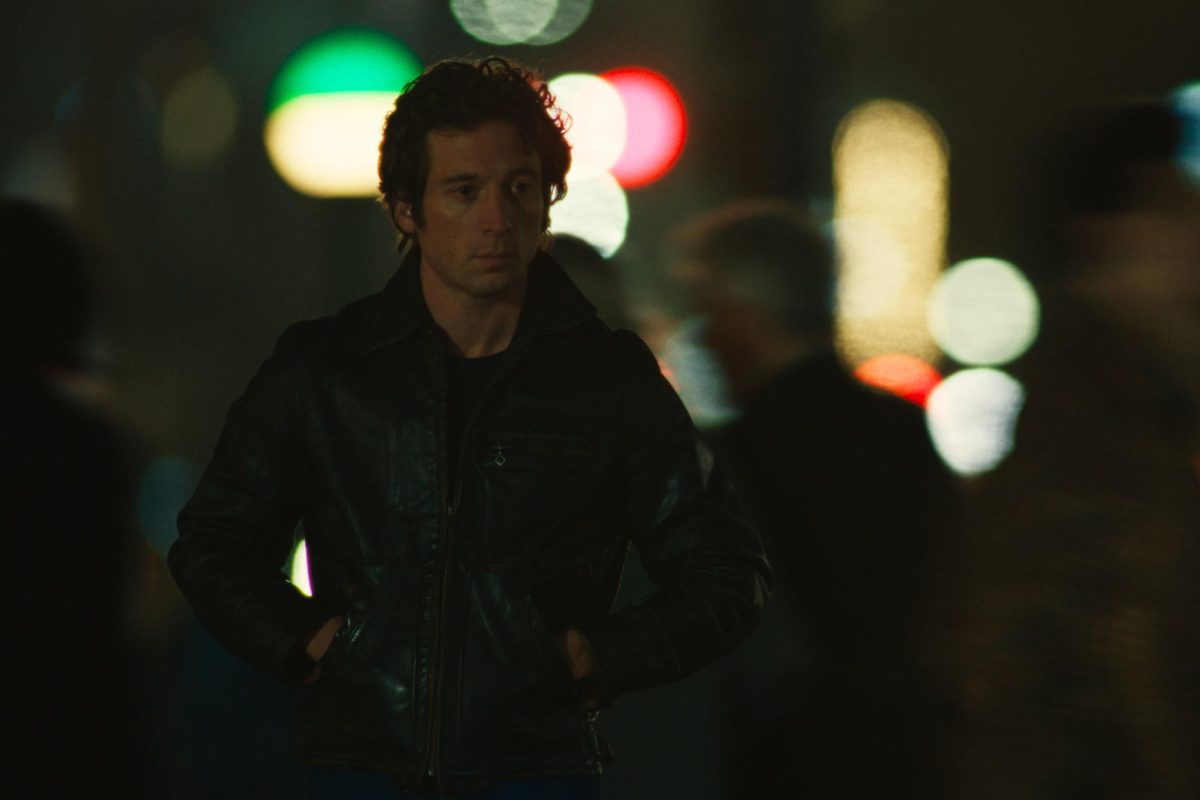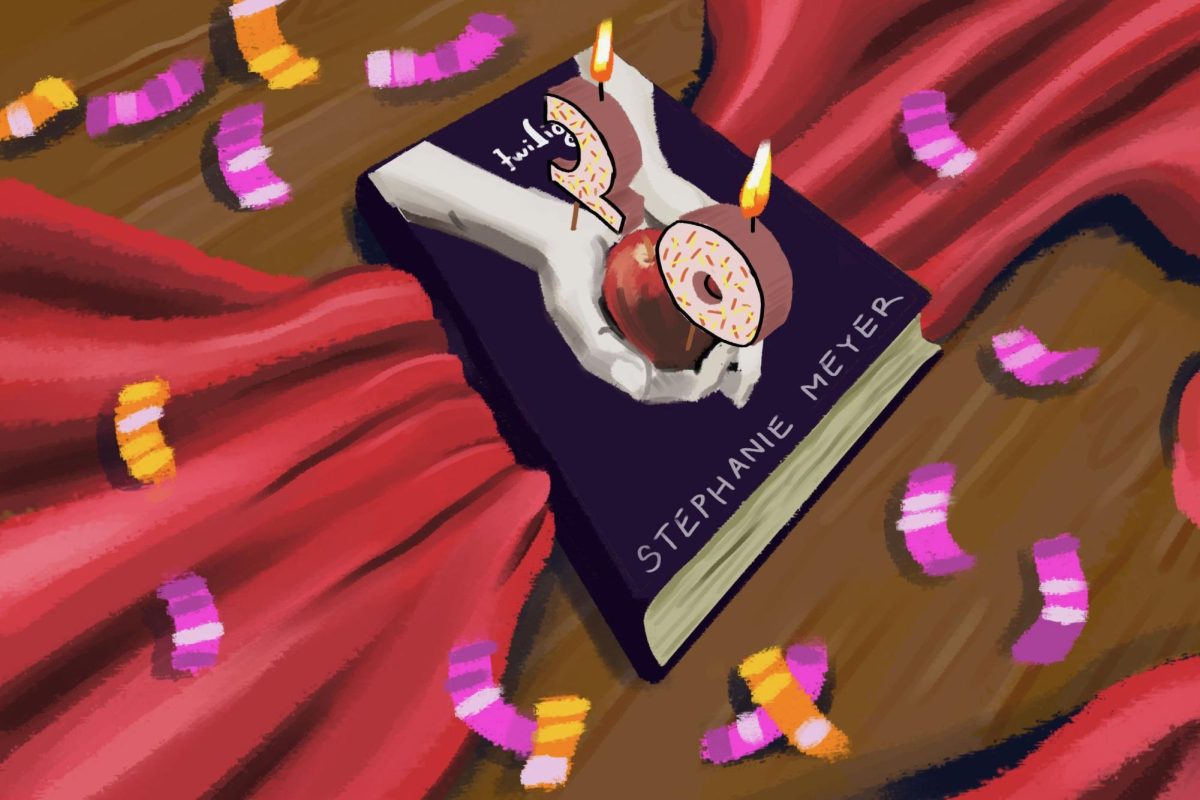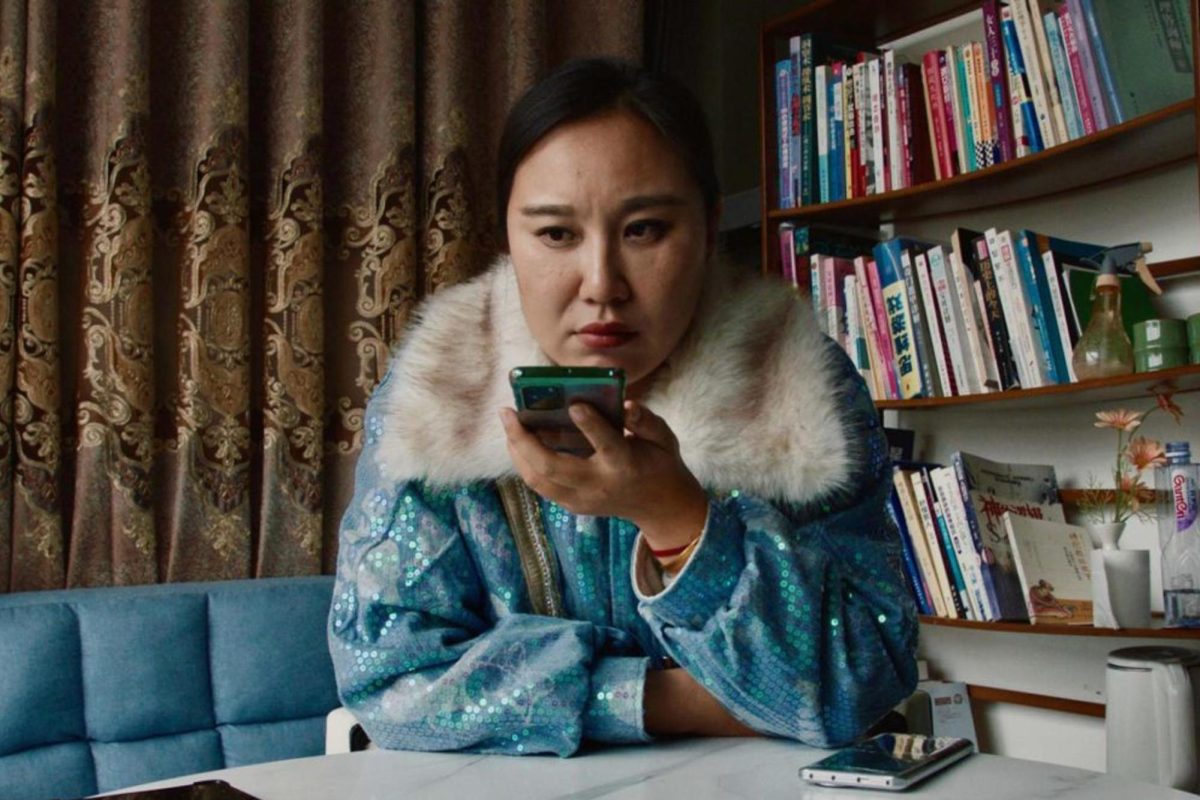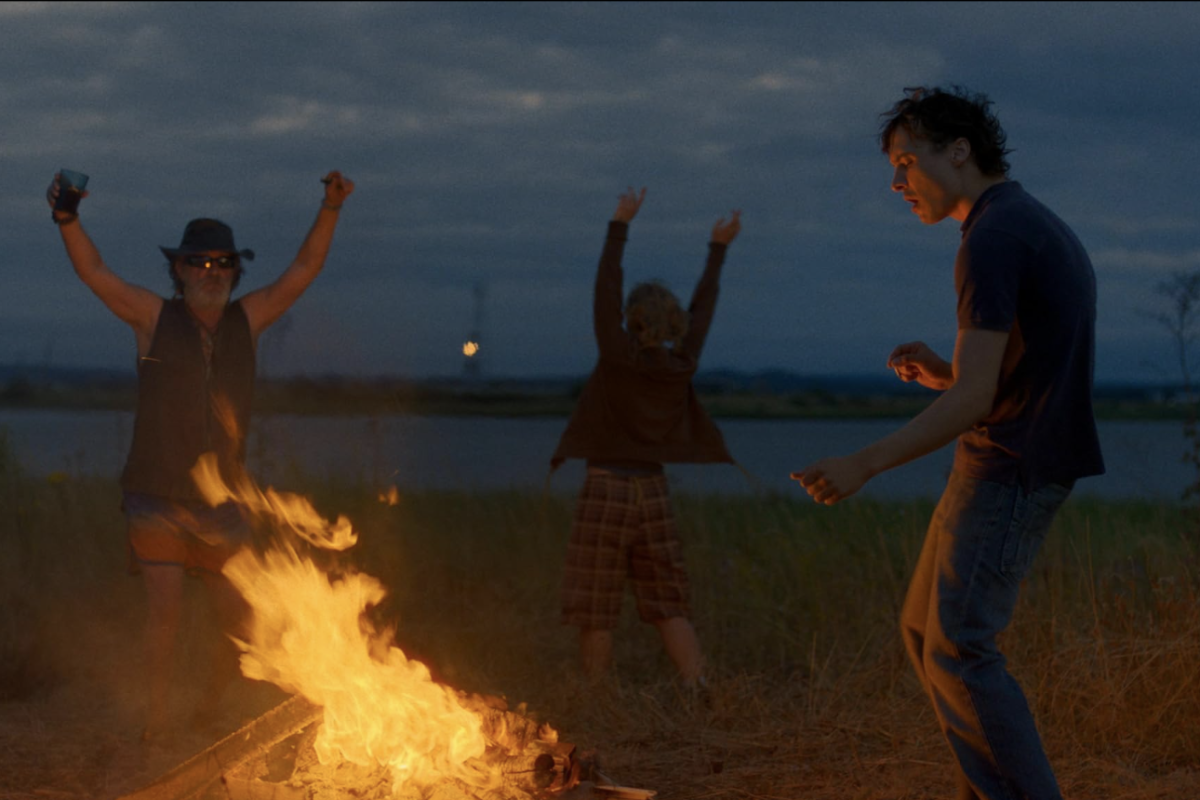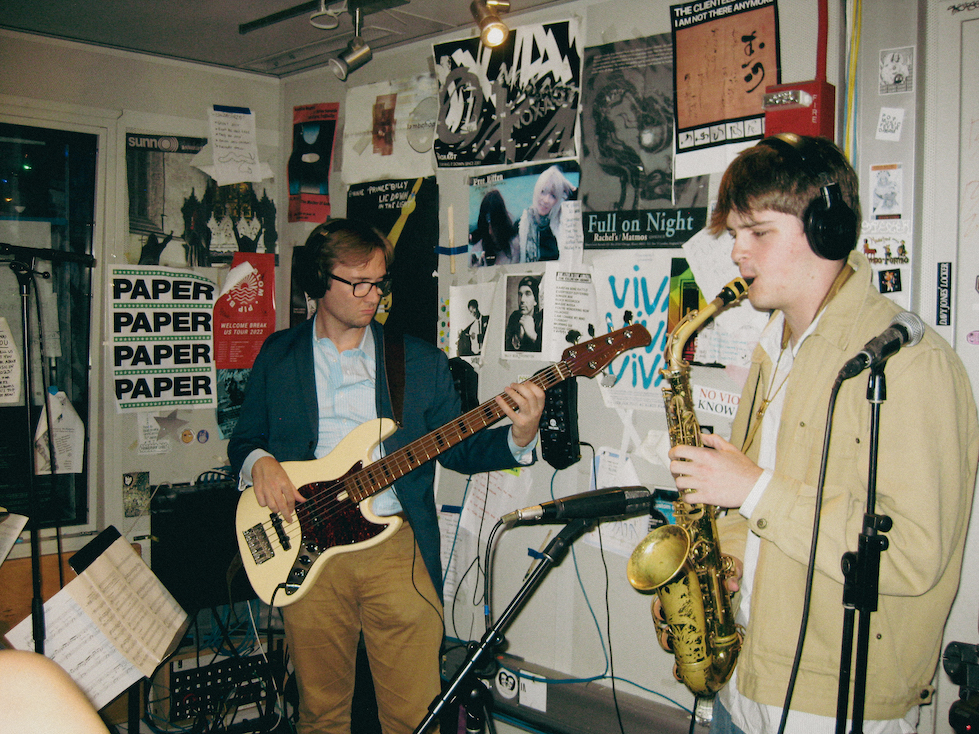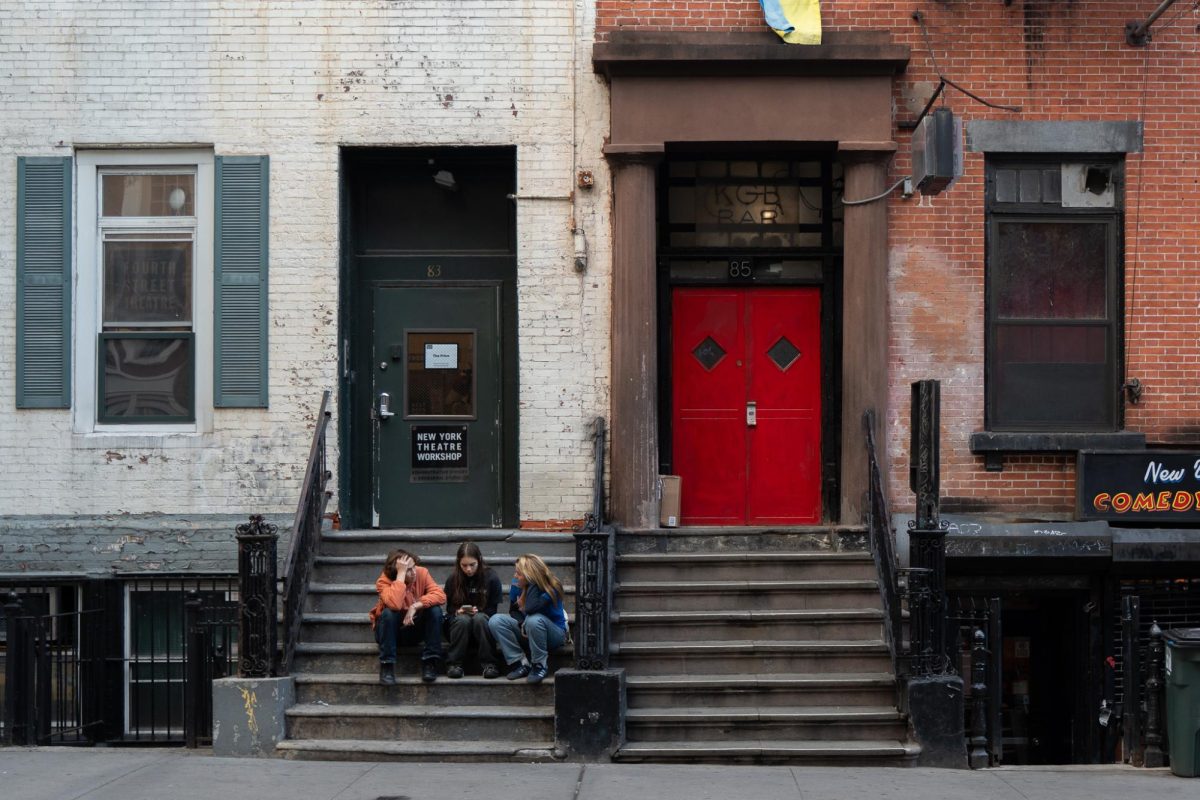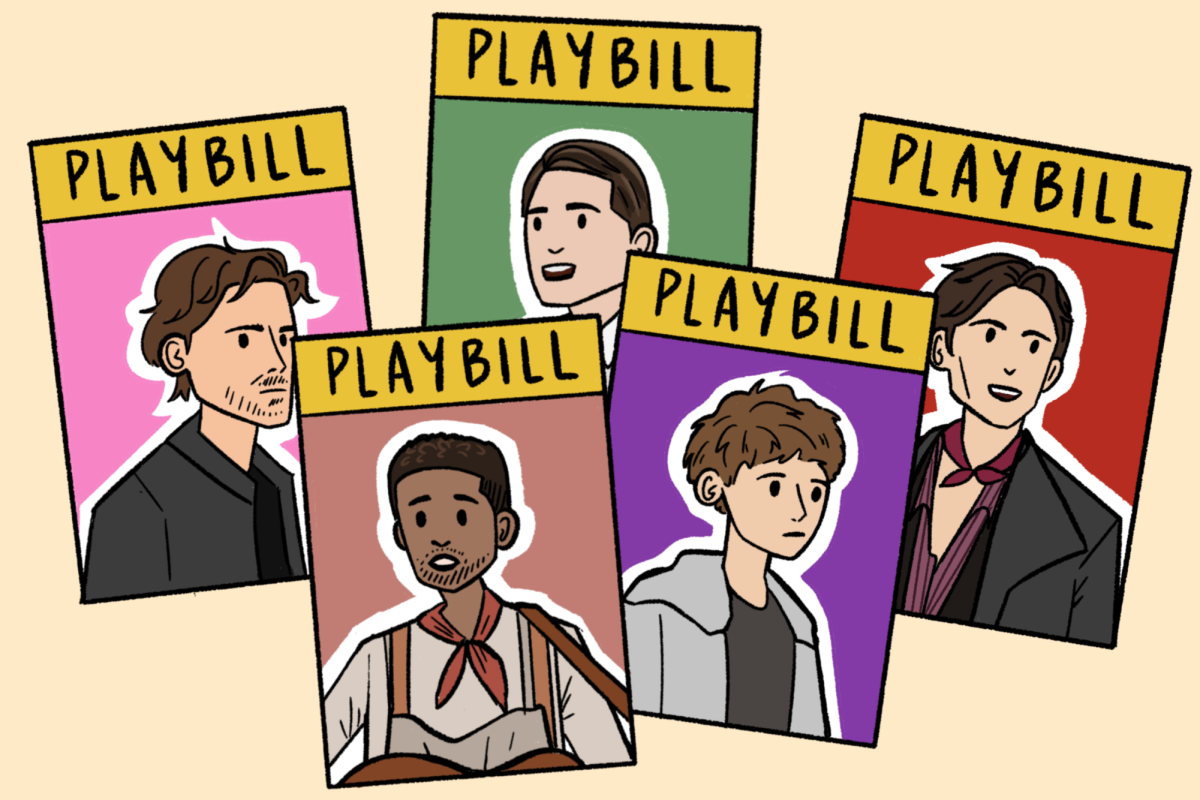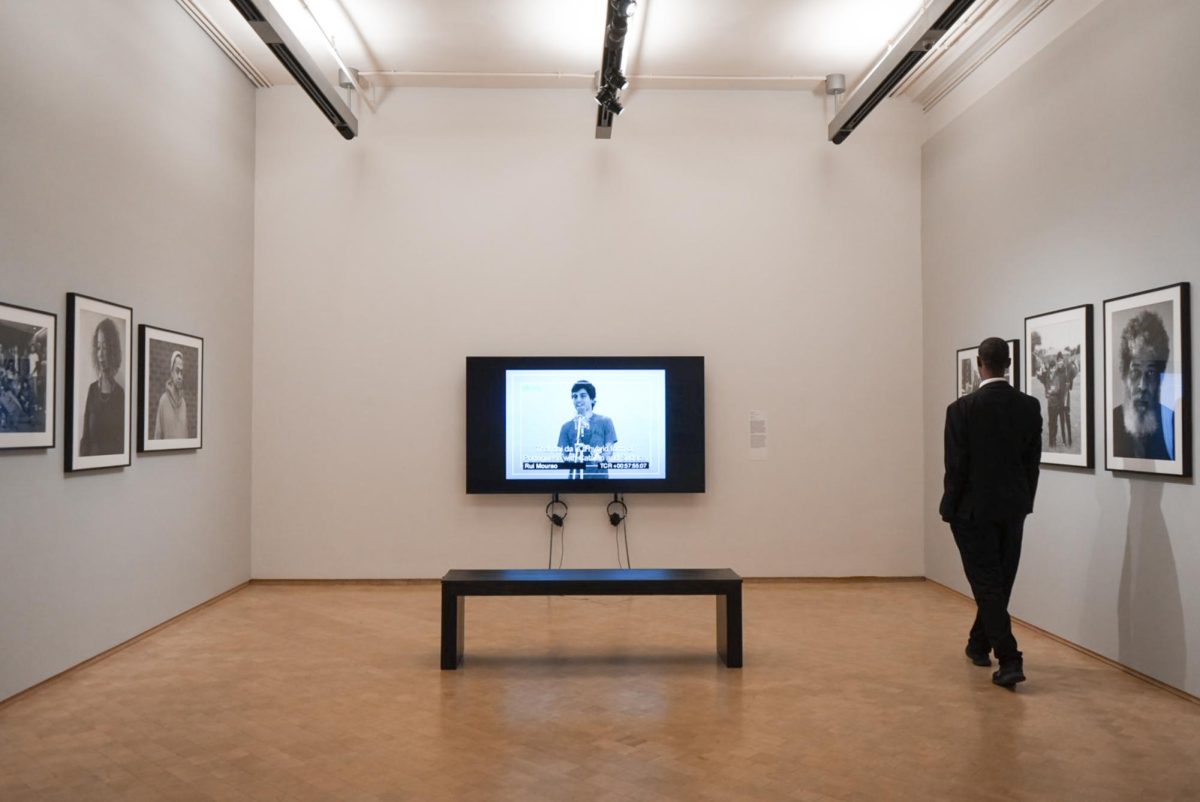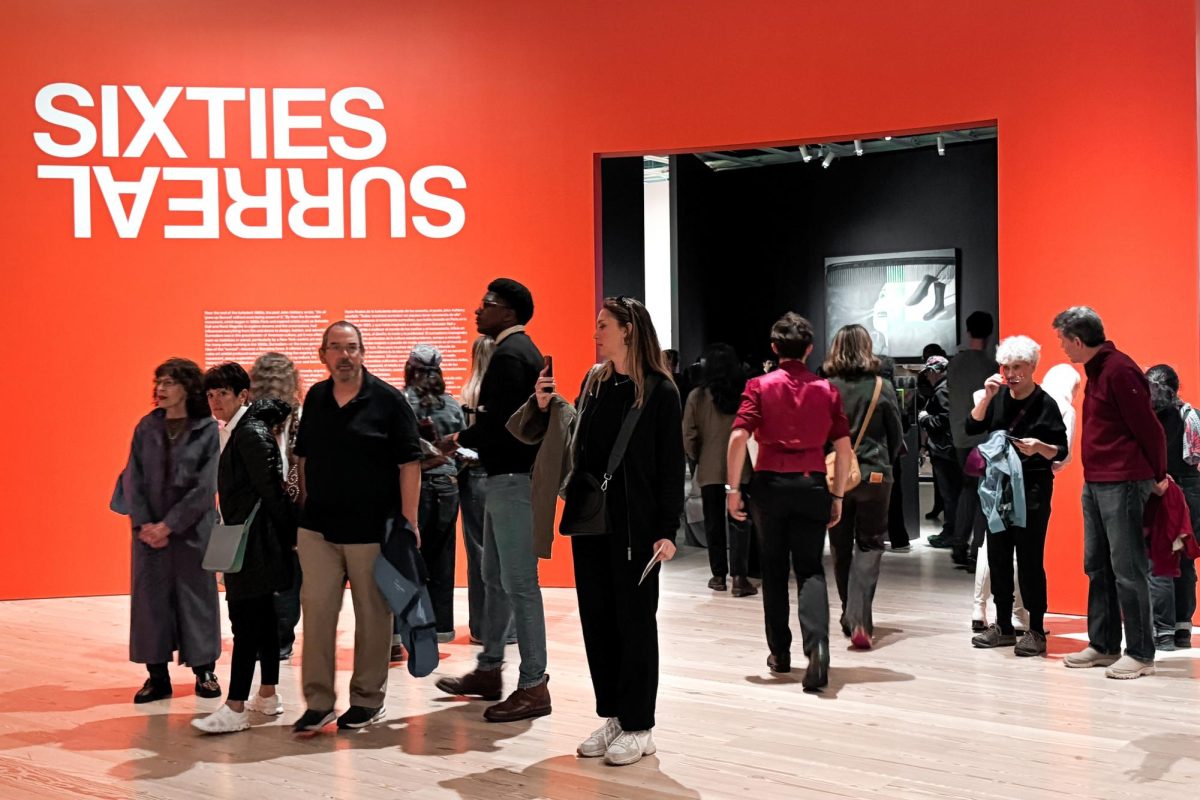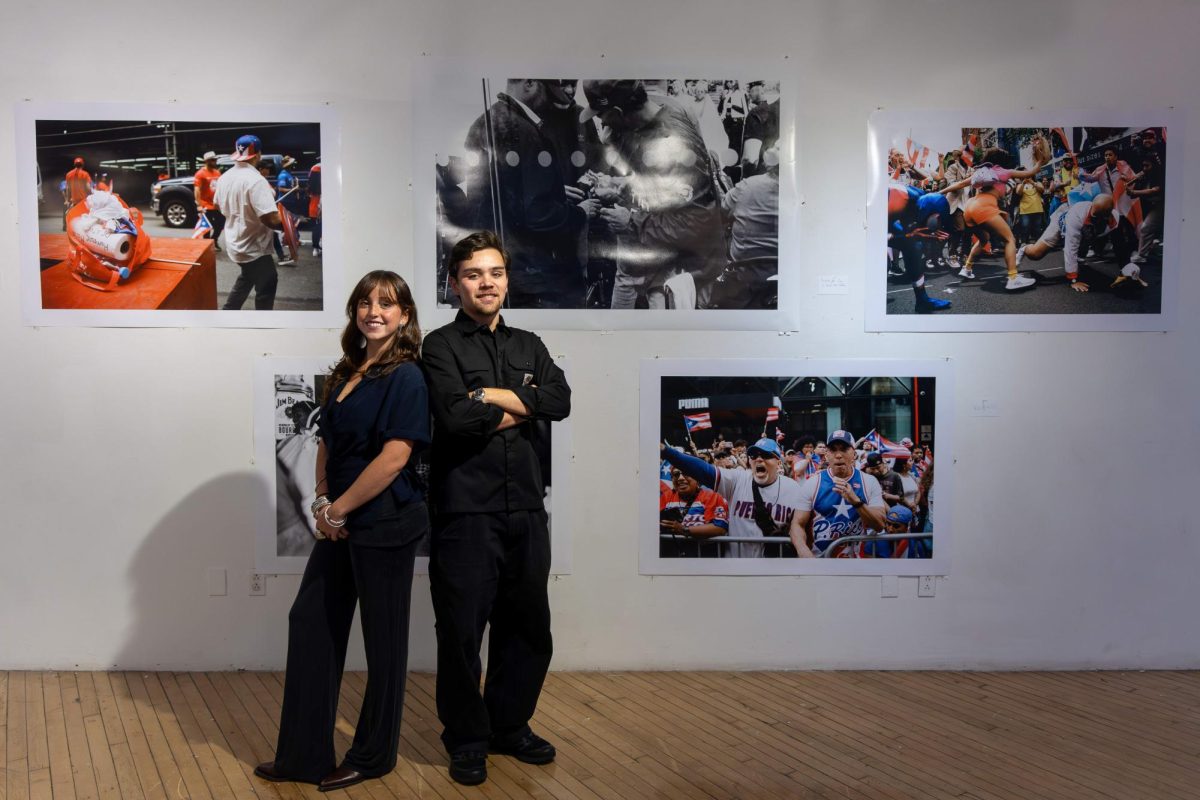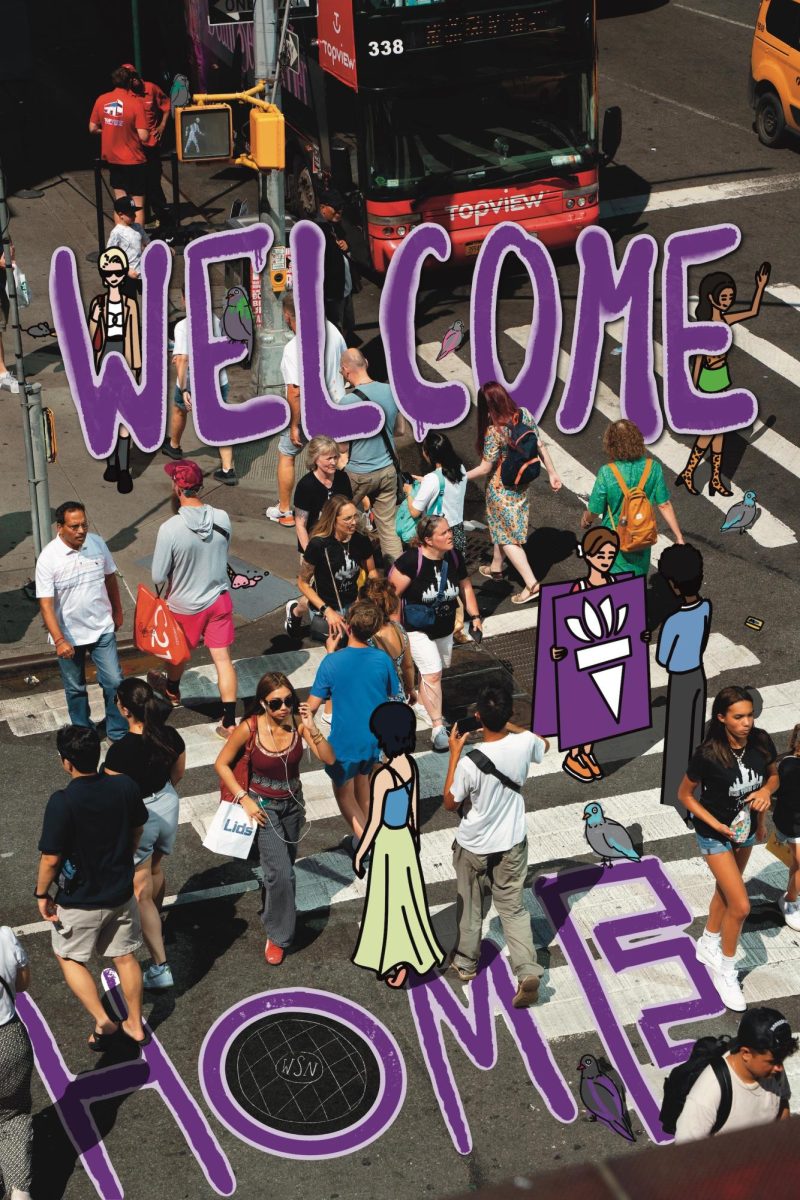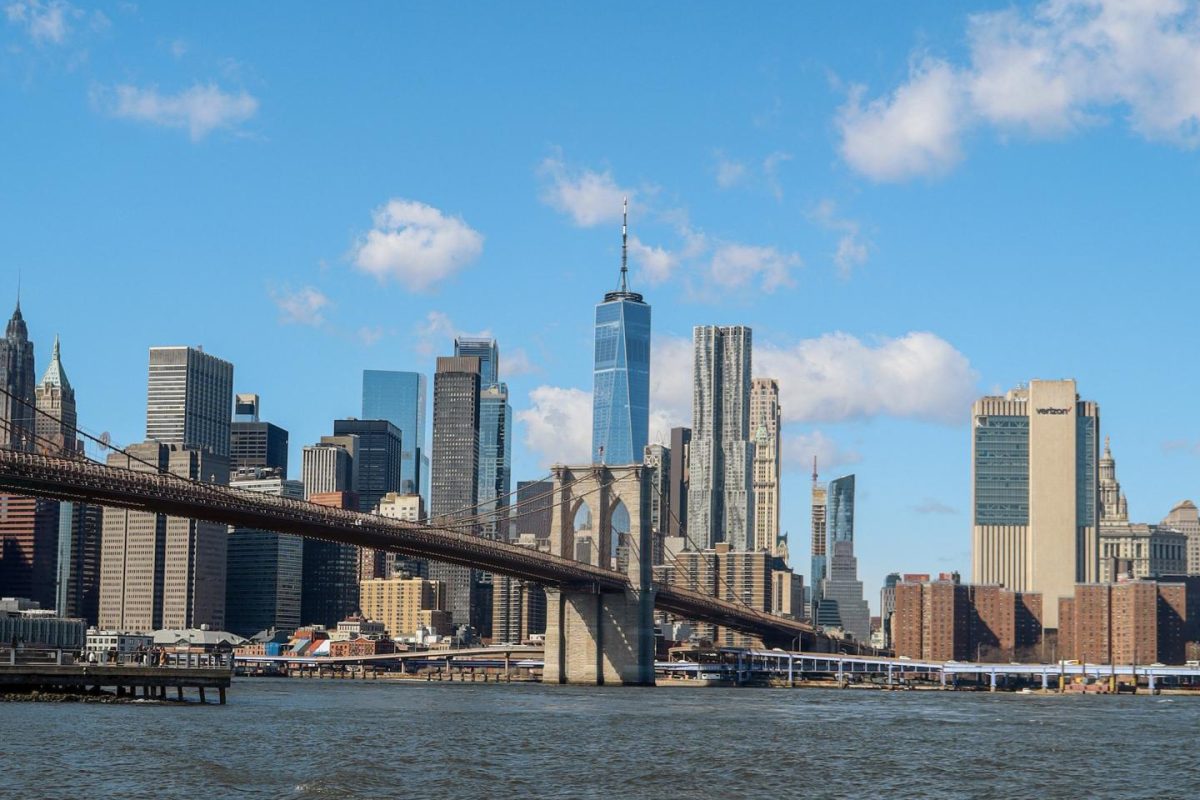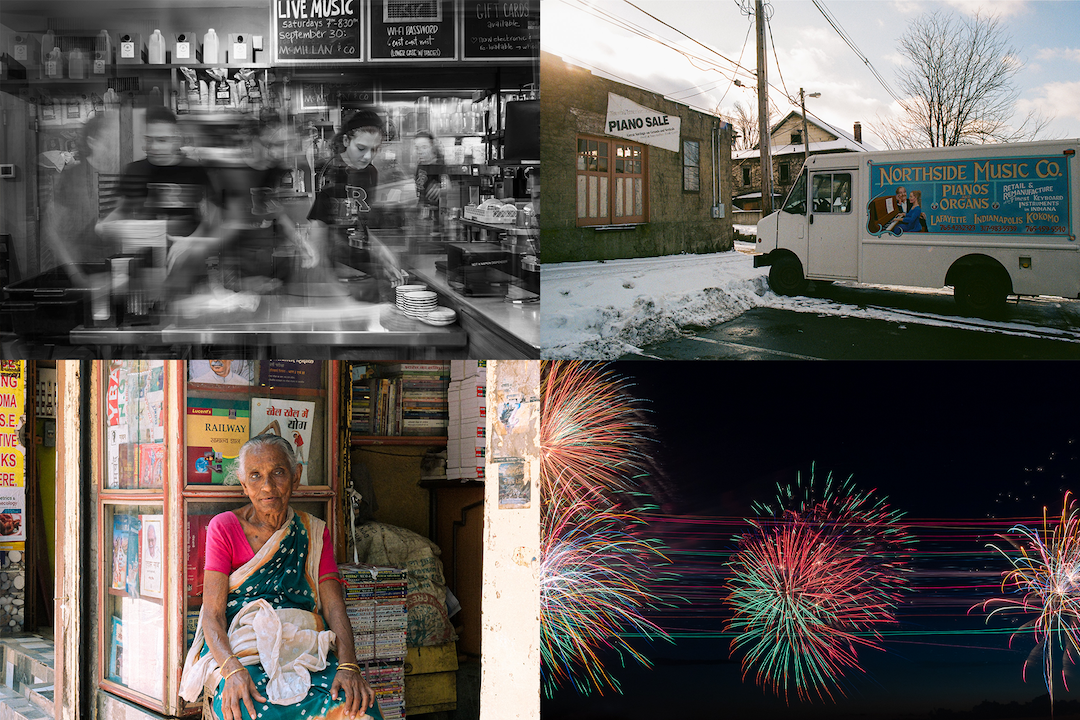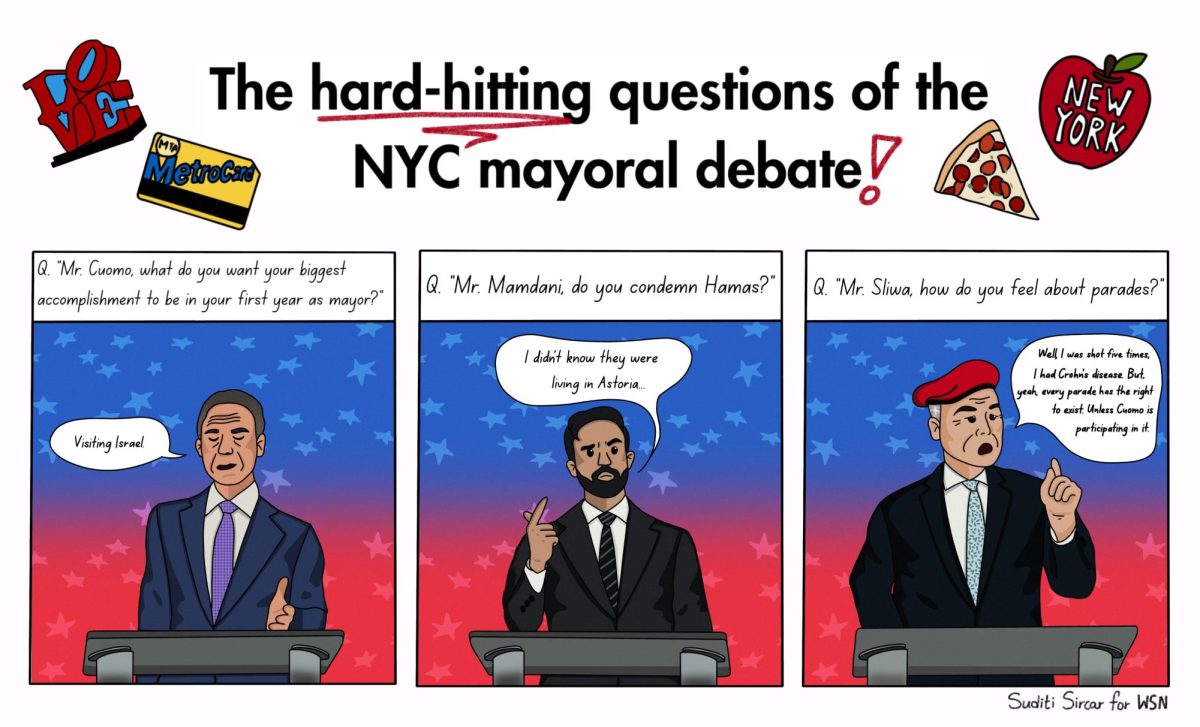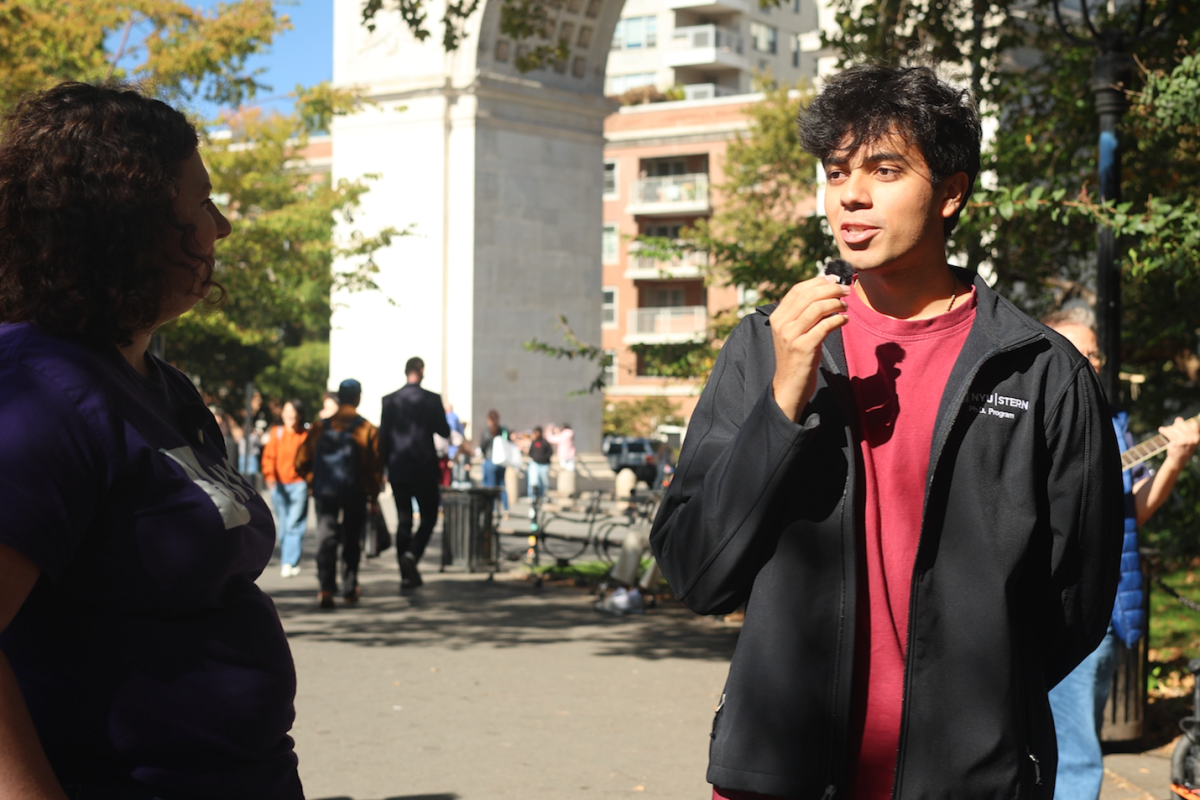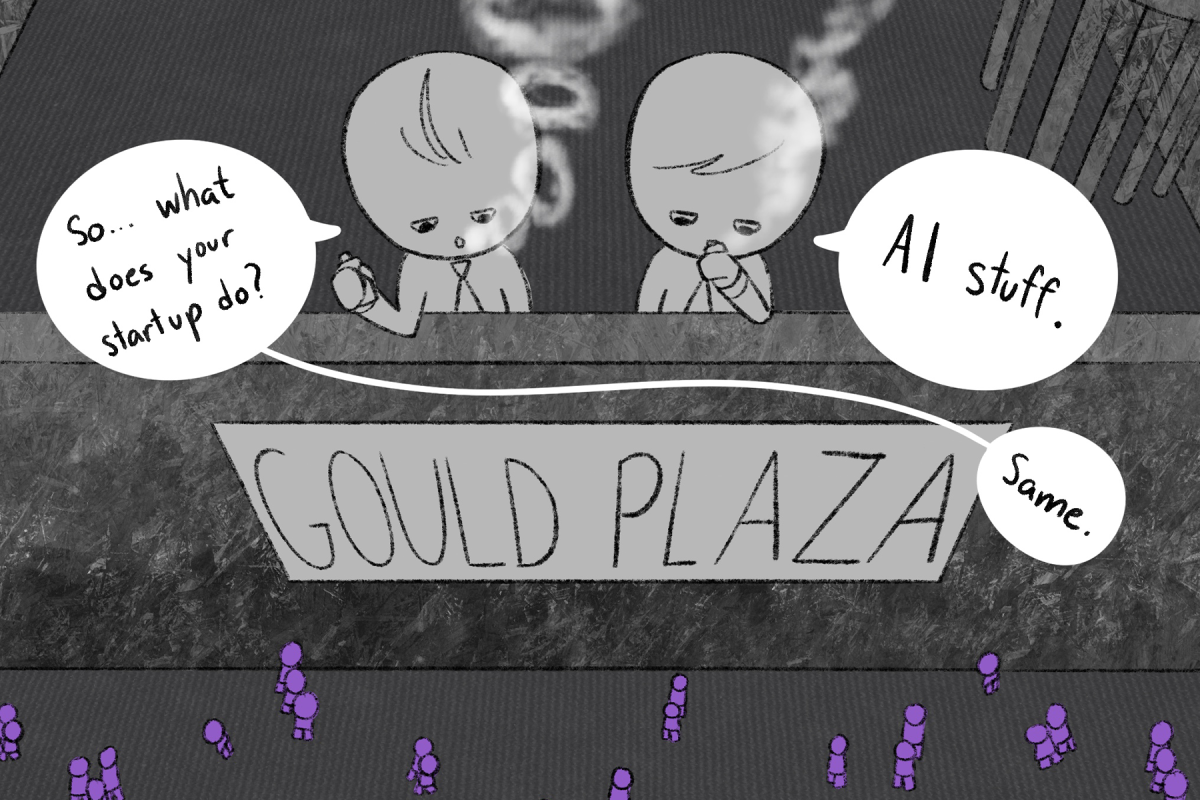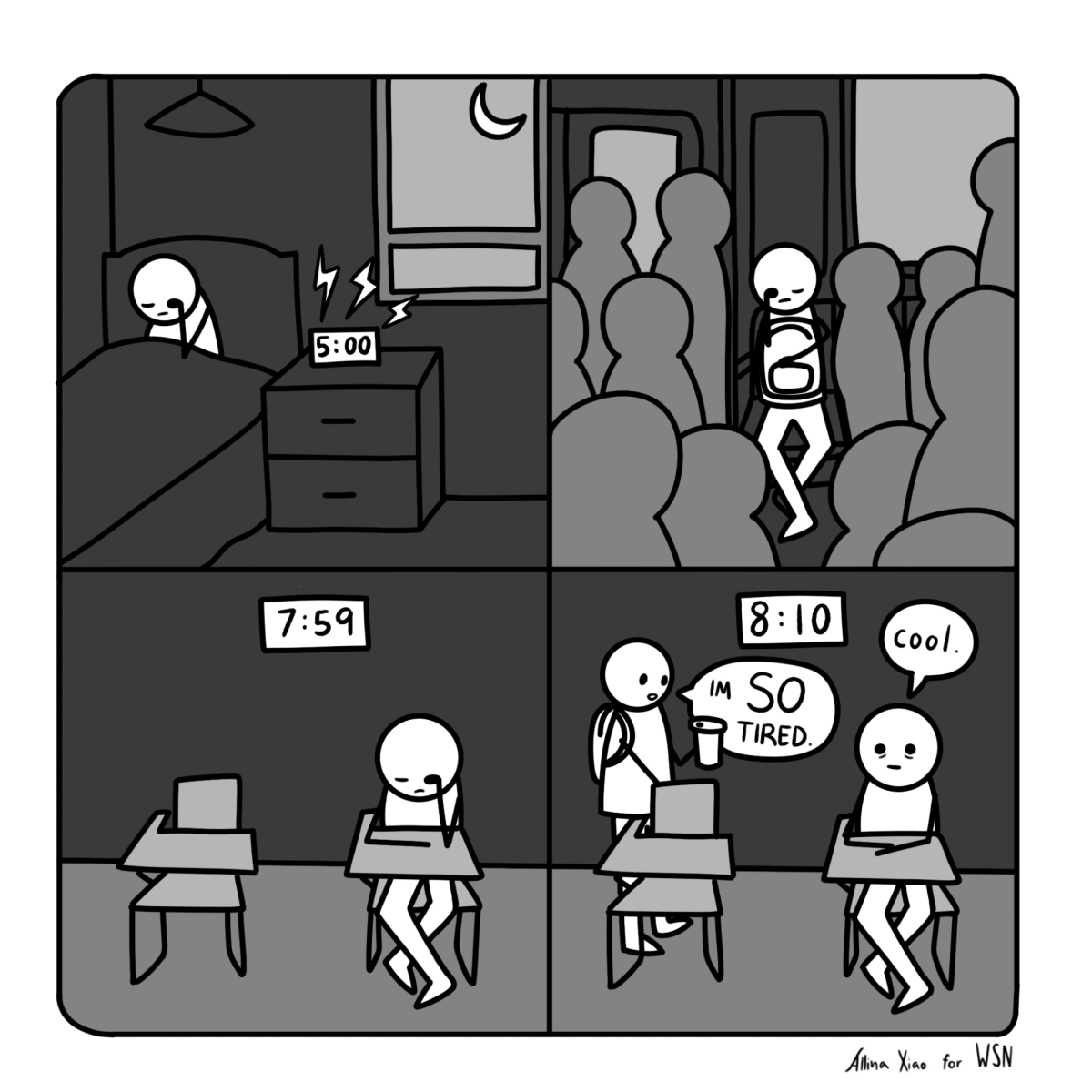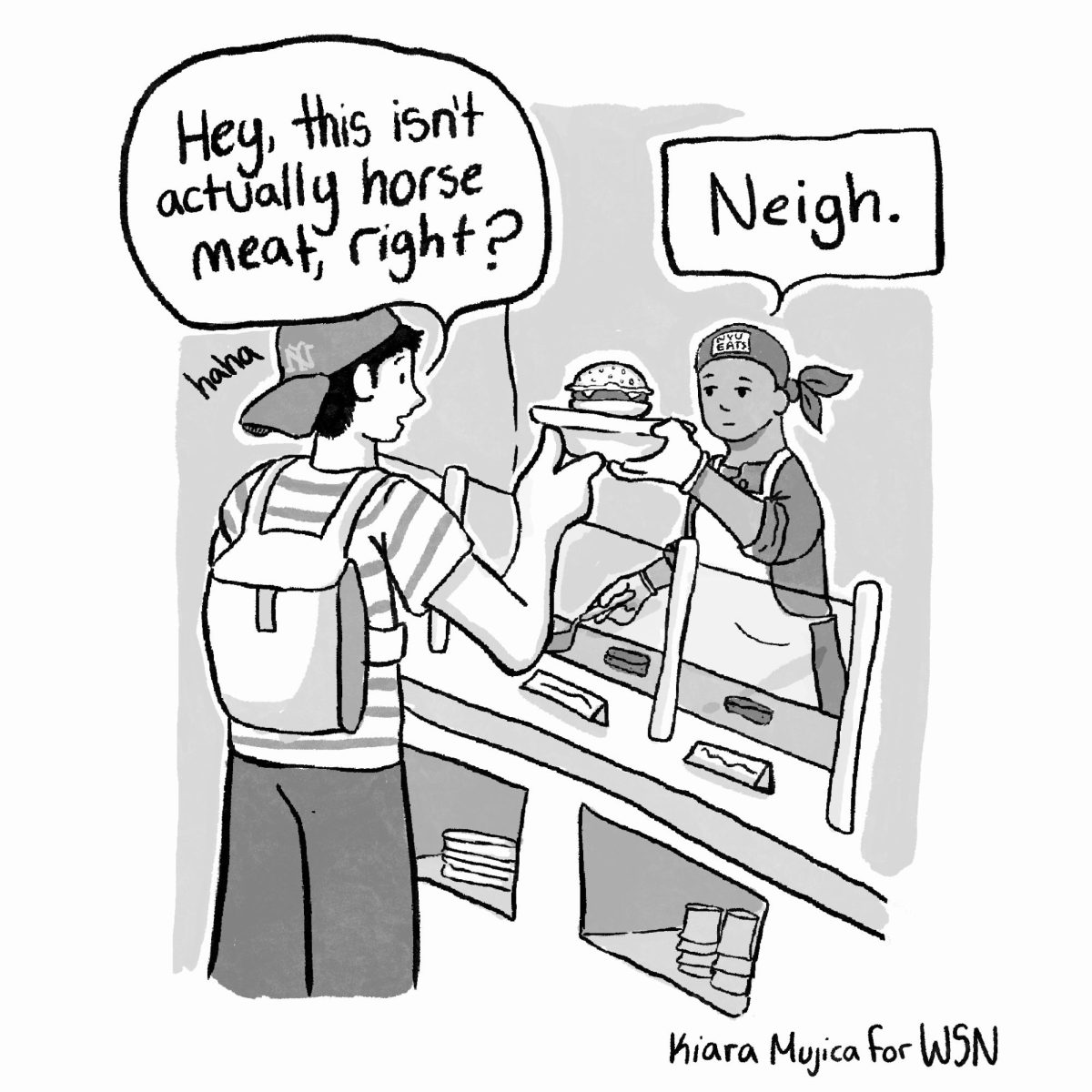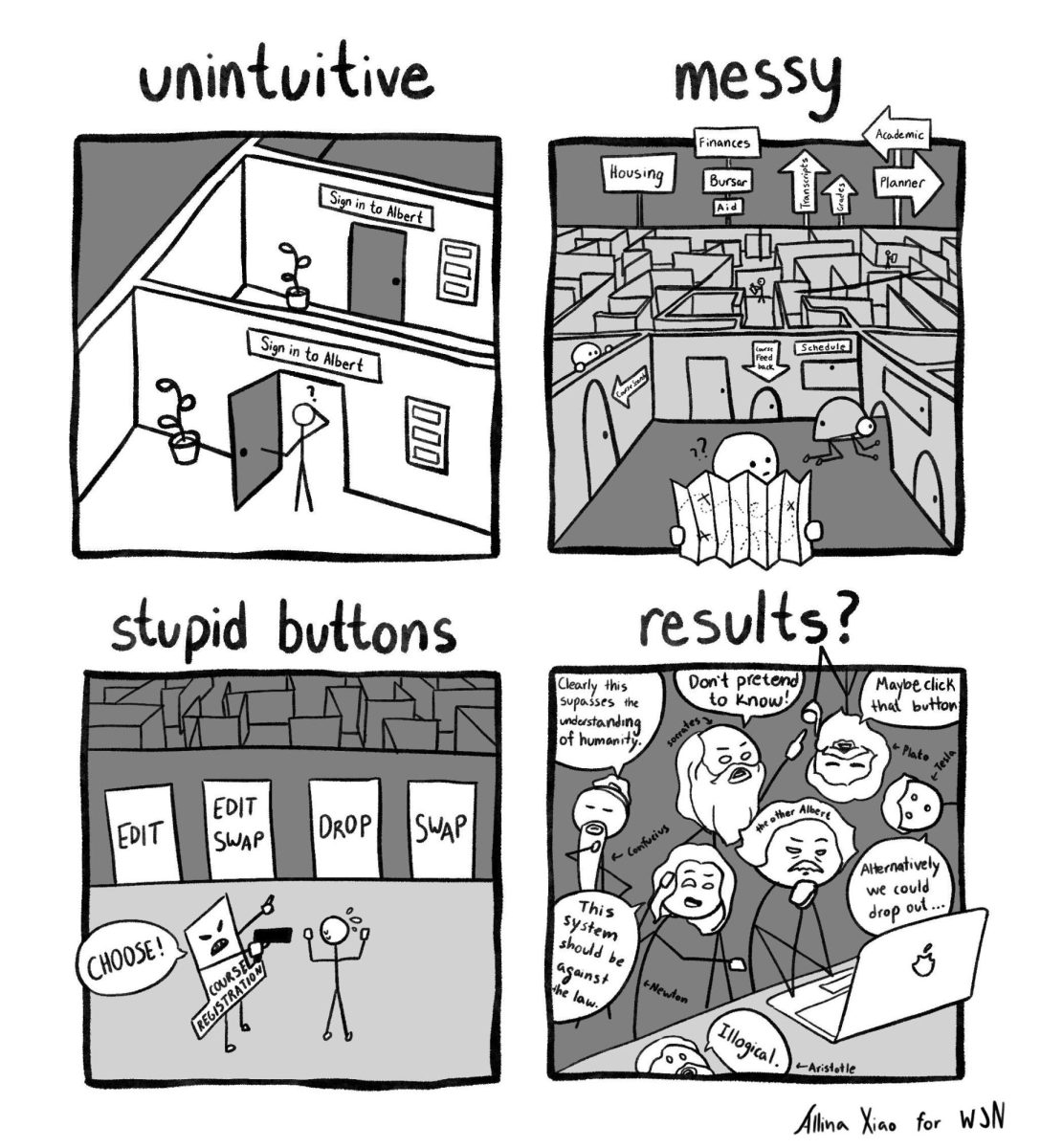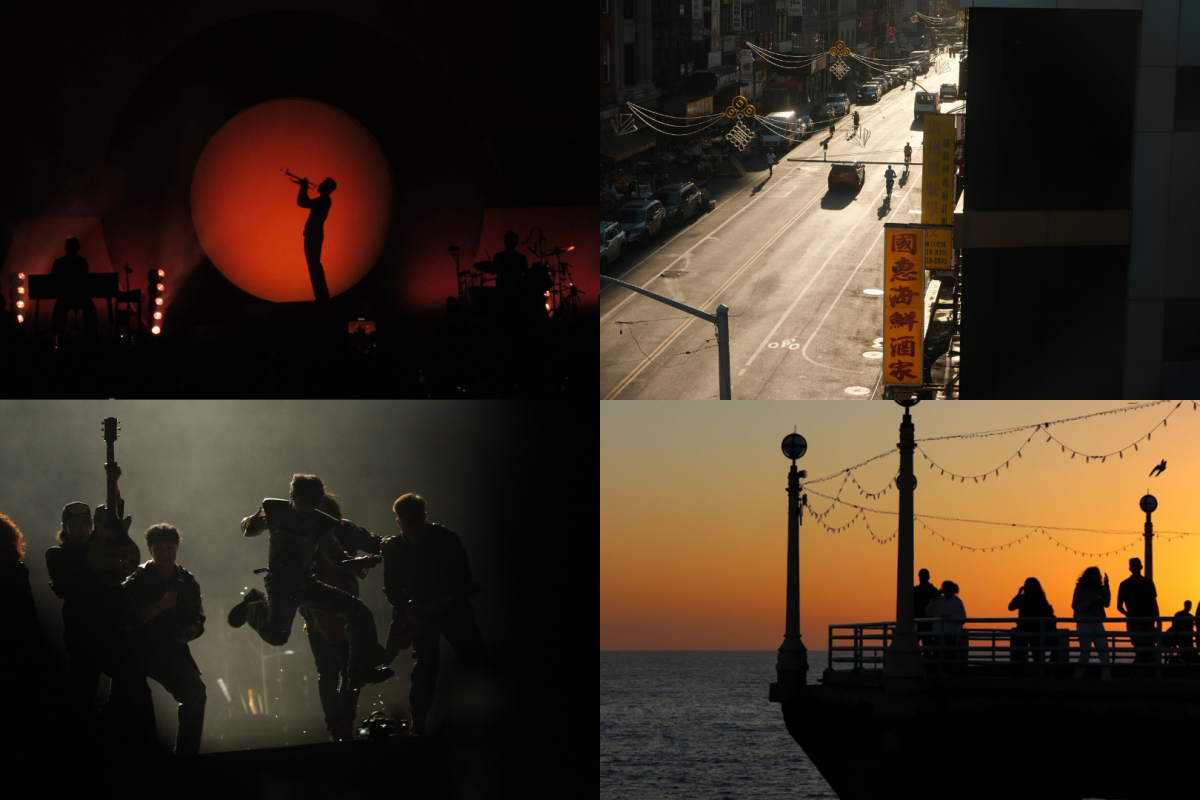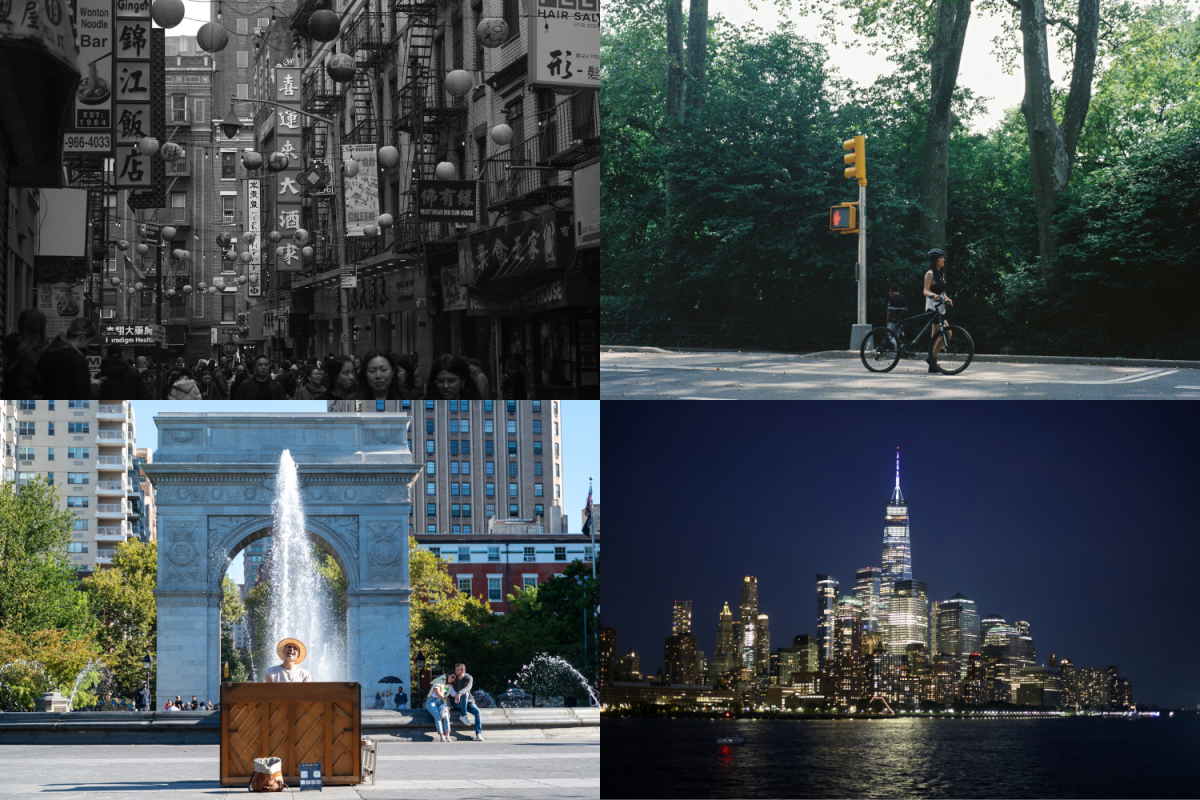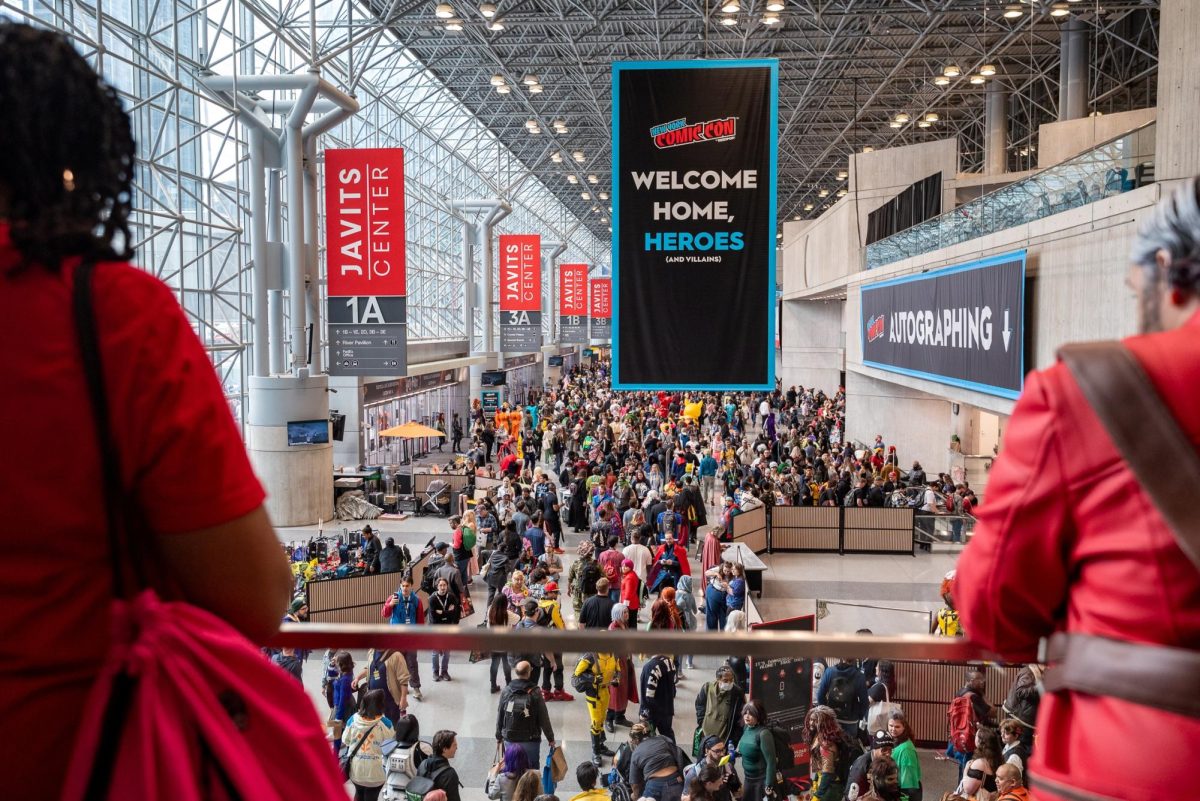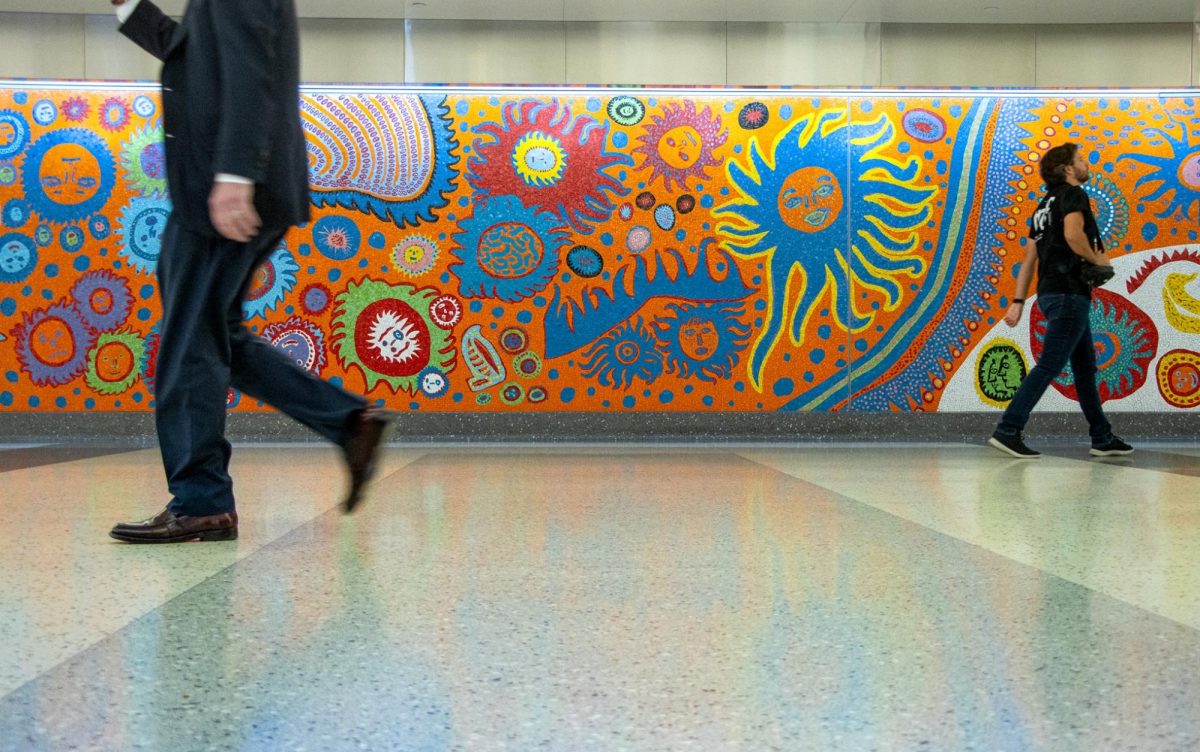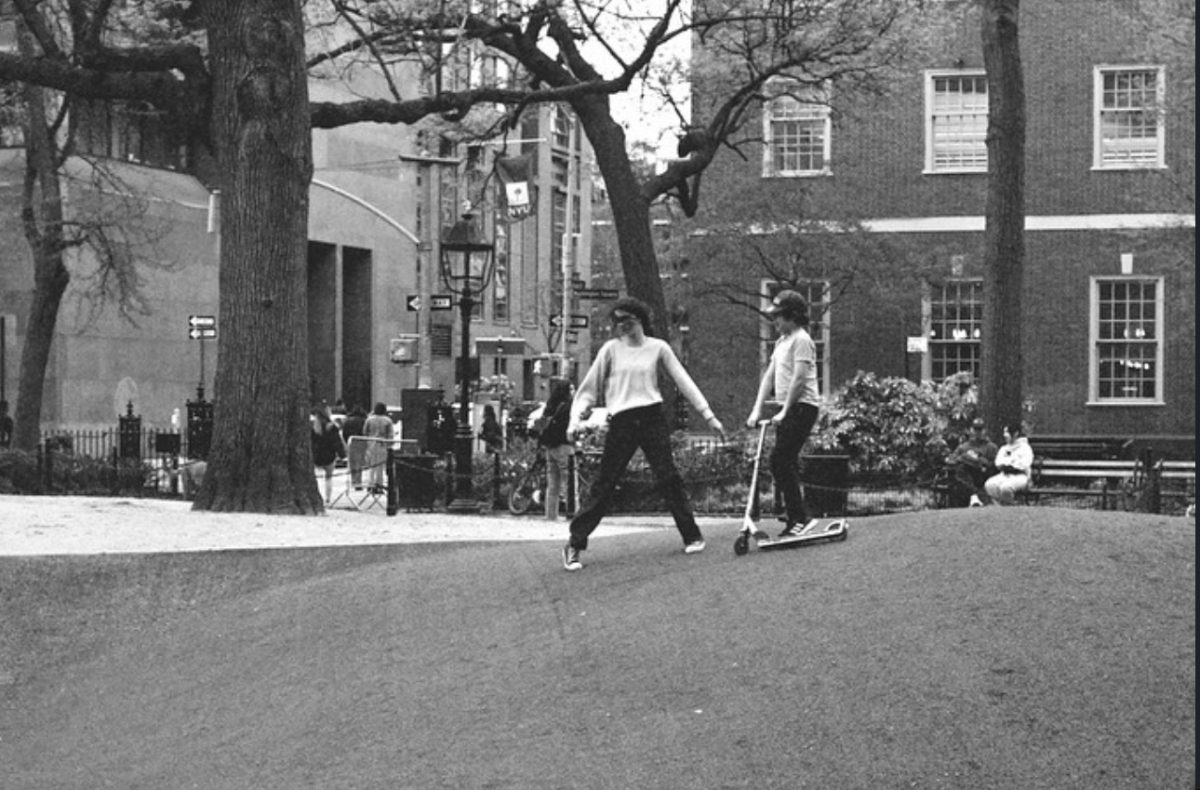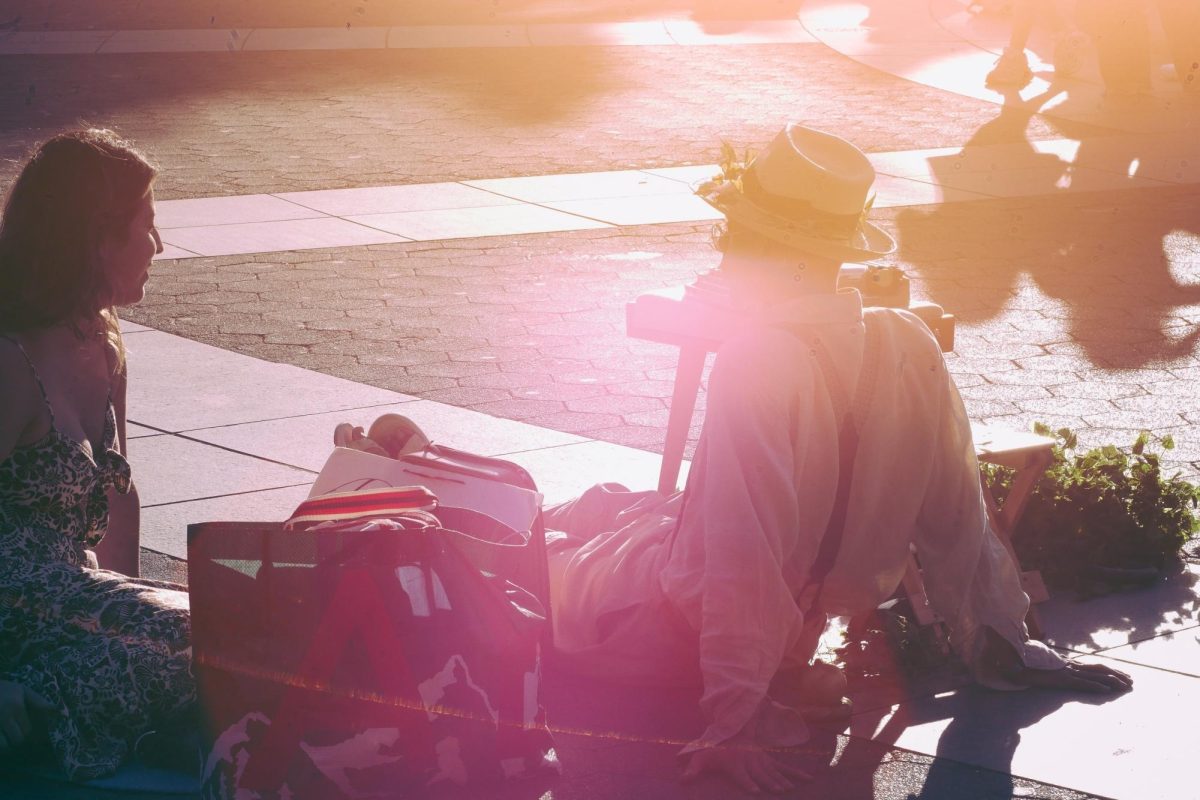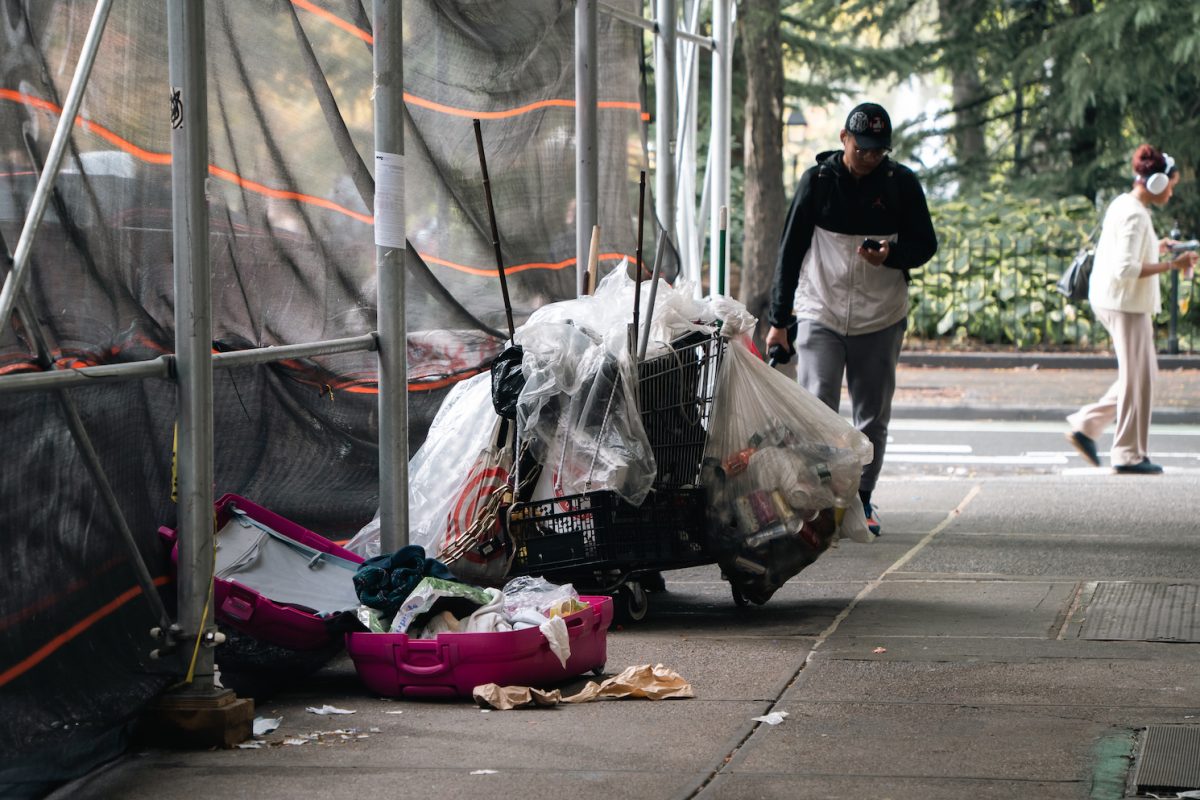For most NYU students, the worst of a cold January night will be facing the bitter winds as we walk into the warmth of our own dorms. Inside, it’s cozy with the radiators turned on, roommate eating a warm meal and the glow of Washington Square Park’s lights reflects off our windows as we curl up in bed under a soft blanket. Now, imagine what 350,000 unsheltered individuals in New York City are facing. No door to open, no heat and no bed to rest in. It is an unfortunate reality.
Homelessness in New York City is a crisis of unprecedented scale. As of 2024, according to the Coalition for the Homeless over 200,000 are sleeping in doubled or tripled-up homes, while 132,000 are in shelters. Notably, these numbers do not account for the thousands of individuals who remain unsheltered by living in parks, subway stations and other public spaces.
To understand why the issue is so prevalent, we have to look at the housing costs in the city, which are among the highest in the nation. The average monthly rent for a one-bedroom apartment in Manhattan exceeds $2,000. When compared to the nation’s average, it is 153% higher. Meanwhile, wages for low-income workers have failed to keep pace with inflation. There is a lack of affordable housing options due to housing shortages, a mixture of policy decisions and logistical problems, as well as consistent pushback from community groups and council members.
But why should we care? Well, those who are unsheltered are more likely to suffer from substance abuse and worse mental and physical health. In New York City, there have been approximately 2,000 people with mental disorders living or at risk of living in public areas, with many unable to access the requisite healthcare for their various conditions. Unsheltered individuals face higher rates of chronic illnesses, exposure-related deaths and violence. During the winter months, hypothermia and frostbite are extremely common and dangerous, with 28 people dying in western New York in 2022 alone due to the cold. This weather-related concern is especially a problem for those who live on the streets exposed to the elements.
To address this crisis, accurate data is essential. It’s impossible to solve a problem we don’t fully understand, and that’s where reliable estimates of the homeless population come in. These numbers serve as a foundation for creating targeted policies, allocating specific resources and evaluating the effectiveness of programs. One such example that has recently been implemented is Code Blue. When the temperature drops to 32 degrees or below between 4 p.m. and 8 a.m., Code Blue protocols are activated, requiring shelters to be more flexible and send workers to especially cold areas which provide transportation to shelters and distribute resources, like blankets and warm food. But how do outreach teams know where to look or who might need help the most? That’s where numbers come in. By mapping areas where unsheltered individuals are more likely to be found, the city can prioritize those areas and ensure resources are used effectively. This is a matter of life and death when wind temperatures in the city are likely to be in the single digits this winter.
One of the most important tools for gathering this data is the Homeless Outreach Population Estimate survey. Conducted annually by New York City’s Department of Homeless Services, HOPE is a citywide effort to count the unsheltered homeless population in a single night in January. Volunteers from all five boroughs go to different locations throughout the city, from subway platforms to parks, while documenting where individuals are sleeping and survey them if possible. Beyond emergency response, HOPE data creates long-term solutions. It informs the expansion of programs like Safe Havens, which are shelters designed to accommodate the specific needs of unsheltered individuals and support efforts for more affordable housing and mental health care services.
On Jan. 28, New Yorkers will have the chance to participate in the HOPE survey. This effort relies on thousands of volunteers to ensure that every unsheltered individual is heard and counted. By stepping into the cold for just one night at 10 p.m., you can impact the policies and programs that will support our city’s most vulnerable residents. Homelessness is a complex issue with no easy solution, but we have an opportunity to do our part.
WSN’s Opinion section strives to publish ideas worth discussing. The views presented in the Opinion section are solely the views of the writer.
Contact Steven Wang at [email protected].

